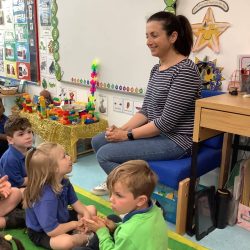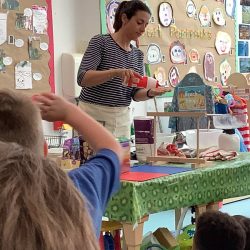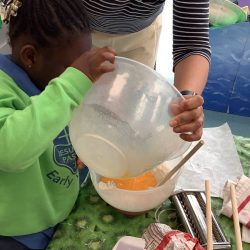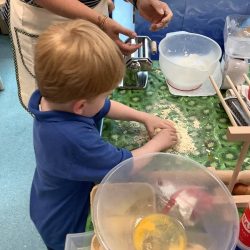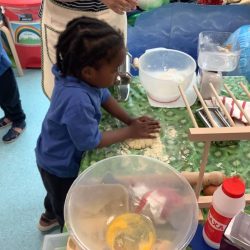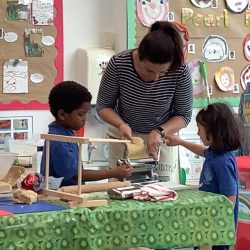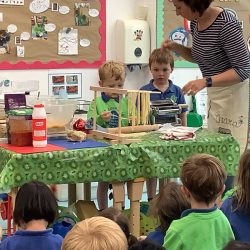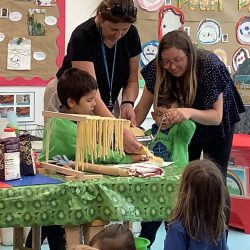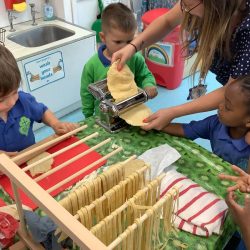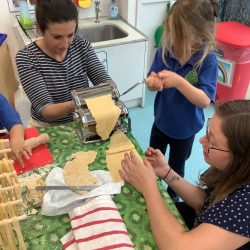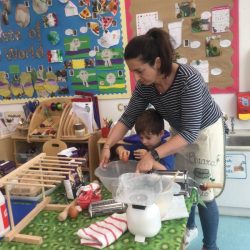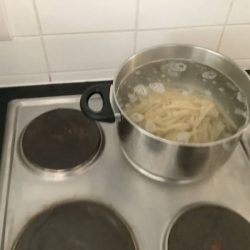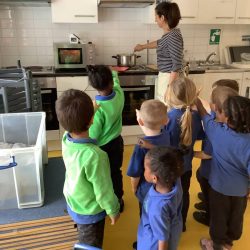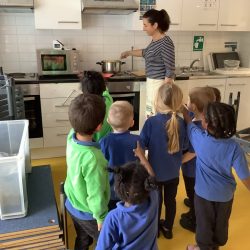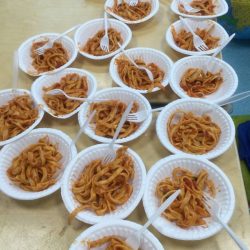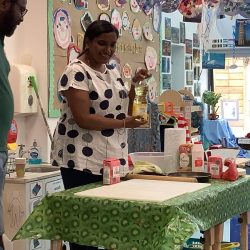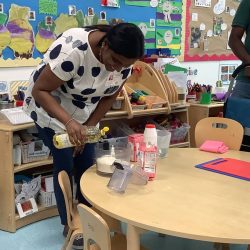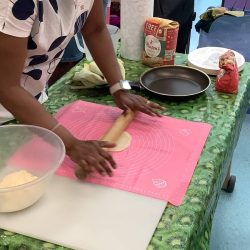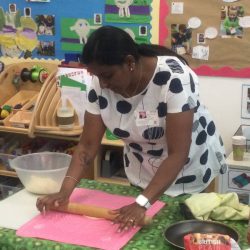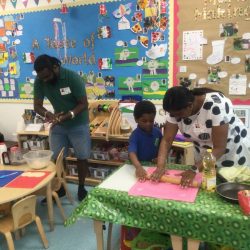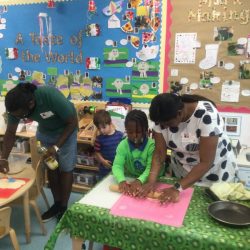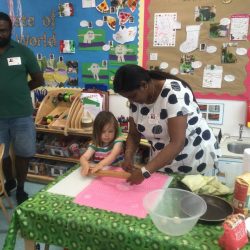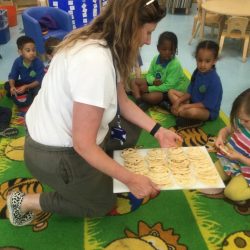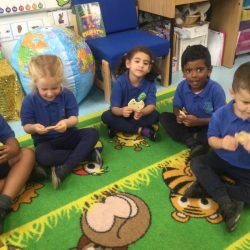Design Technology at St Joseph’s is about applying knowledge and skills to solve practical problems – using a range of materials and tools relating to real needs and situations.
Design Technology at St Joseph’s is about applying knowledge and skills to solve practical problems. All maintained primary schools in England are required to follow the National Curriculum, which includes Design and Technology as a compulsory subject at Key Stages 1 and 2, with statutory Programmes of Study. The Design and Technology Association has produced a range of resources to support teachers implementing the D&T Programmes of Study including Projects on a Page, a scheme of work which teachers have begun to incorporate into their planning. Children follow the design process of ‘Plan, Make and Evaluate’ to create products. Activities involve applying knowledge and skills to a range of materials and tools relating to real needs and situations. Half termly lesson objectives from Art and Design often complement the work completed in Design and Technology lessons which are either taught by the class teacher or our art specialist teacher.
As part of the DT curriculum, cooking and nutrition is a key component. The children gain experience through cooking opportunities so that they learn about healthy life styles and seasonal ingredients. Cross curricular links are developed in areas such as science and maths. In our environment sessions we cook and eat the things we grow creating things such as nettle soup, elderflower cordial and jams.
DT Whole School Curriculum Map
Nursery Are Talking (Even More) Italian!
To enhance their theme, ‘A taste of the world’, they were also lucky enough to have another parent visit this week from Lucas’ mum. She talked to them about Italy and then taught them how to make real fresh Italian pasta. The children all helped and were even lucky enough to take home a delicious bowl of pasta each too!
Nursery’s Taste of India
This week Nursery have been learning about India. They enjoyed reading their key text ‘The Runaway Chapatti’. They have had a wonderful time acting out the story, and creating Chapattis.
They were lucky enough to have a very special visit from Adriel’s mum and dad. They gave a talk about the part of India they are from, and told the children lots of facts about what it is like there. They then taught them how to make chapattis and they all helped to roll and shape them. They were cooked in a special chapatti pan. Luckily for the children these chapattis didn’t run away – as they were really delicious!
Nursery Are Talking Italian!
The children have been learning about Italy this week and have discovered that some of their favourite foods originate from there. They experimented with dough, and observed the effects of cooking and adding various materials to it. They made some delicious pizzas and talked about the Italian ingredients added to them. They also learnt how pasta is made and had a go at sorting tricolour pasta with tweezers.
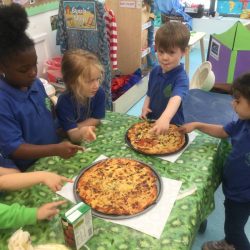
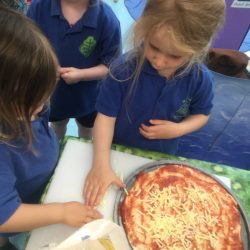
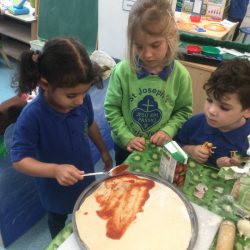
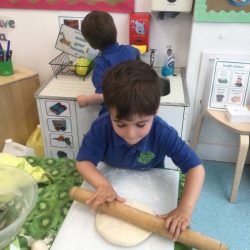
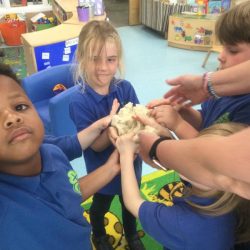

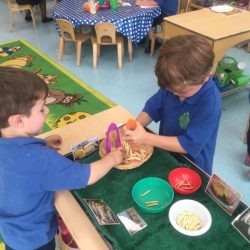
‘Taster’ sessions
On Wednesday, the boys in Year 4 had an opportunity to go to St Aloysius Secondary School to attend a taster morning. This involved taking part in a range of design activities, such as making tasty pizzas in food technology and clay modelling. This was a great way for the boys to find out what is ahead of them when they attend secondary school in a couple of years. They enjoyed putting their creativity and design skills to good use.
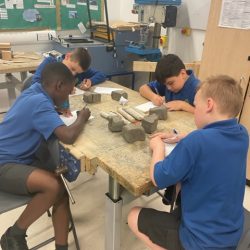

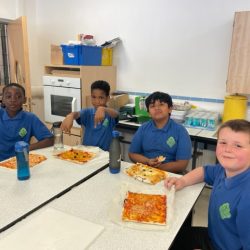
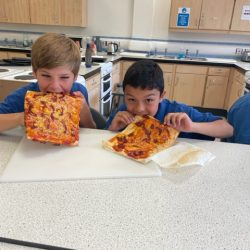
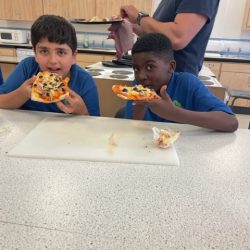
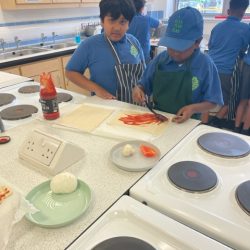
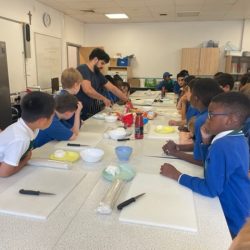
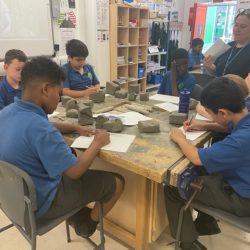
Year 4 were mad for marshmallows this week as they continued their Science topic; ‘The Big Build’. Their aim was to carry out comparative tests to understand the use of triangles to support structures. First, they made a square and triangle using their spaghetti and marshmallows. When they applied force to one vertex of the square, the square changed shape and the size of the angles changed. However, this did not happen with the triangle. Triangles have fixed angles, making them stronger shapes.
Next, the children were asked to make a cube with their materials. When they put weights onto these cubes they fell immediately. Then the children added triangles to support the cube. The cubes were able to hold a significant amount of weight. This confirmed what we had learnt; that triangles are effective shapes to support structures.
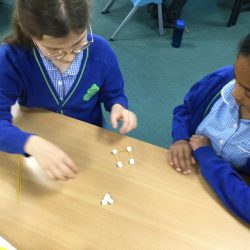
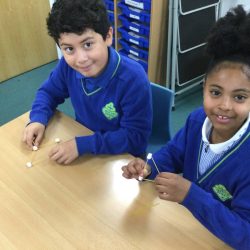
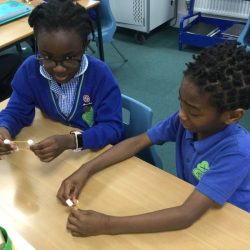
Perfect pillars
This week Year 4 continued their cross-curricular Science topic, ‘The Big Build’, focusing this time on bridge pillars. The children were tasked with planning a fair test to determine the strongest 3-D shape to make a bridge pillar. They discussed the variables they would need to keep the same and change, before deciding how best to carry out the test.
The children decided to use books as weights, placing these on top of each pillar. They made their own predictions about which shape might be the best pillar. Despite last week’s discovery of triangles being a very strong shape, the triangular prism did not hold the most books. The cylinder was the strongest shape, holding up a large number of books before collapsing.
This will be very helpful information as Year 4 begin to plan their ‘Big Build’ project over the coming weeks.

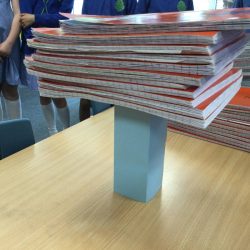
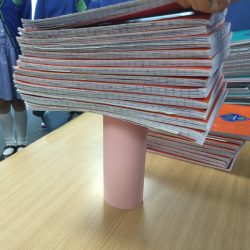
Building bridges
Year 4 started their new cross-curricular Science topic with a fun activity this week – building their own bridges! The topic, The Big Build, explored how various structures are designed and constructed. The children were asked to create four bridges using different shapes. They placed weights on their bridges until they collapsed. They used their results to determine which shape was the most effective to strengthen a bridge. Triangles and arches were the best shapes!
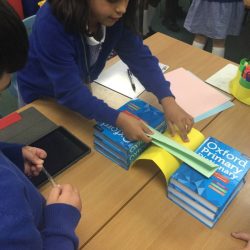
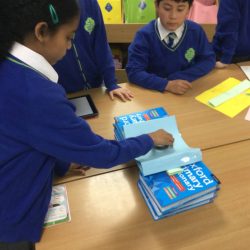
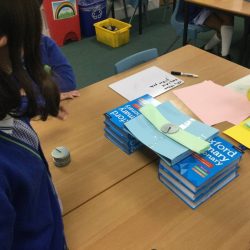

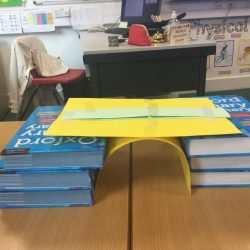
Baby Bear’s Chair
This week in Design Technology, Year 2 learned that a structure is something that has been formed or made from parts. They also learned that the word stable means when something is firmly fixed or not likely to change or move. A stool is a good example of a structure that is stable no matter what way round it is put because one end has legs and the other end has a wide, flat base. Bearing all of this in mind, the children were tasked with designing and creating a chair out of junk materials such as cardboard boxes, yoghurt pots and kitchen roll tubes. It also had to be strong enough for a teddy bear to sit on top. The children worked together in groups to plan their designs and made some interesting chairs.
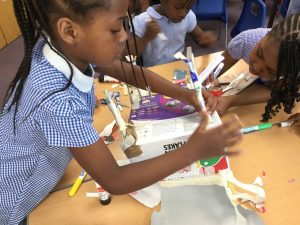
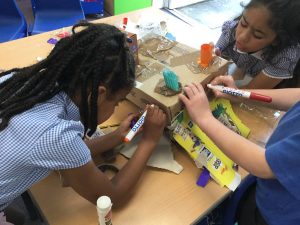
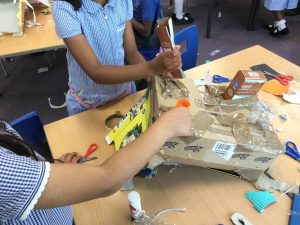
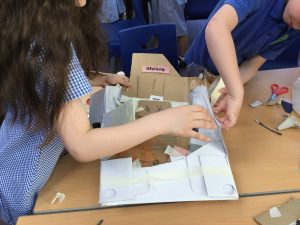
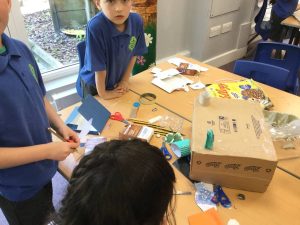

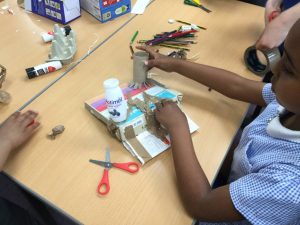
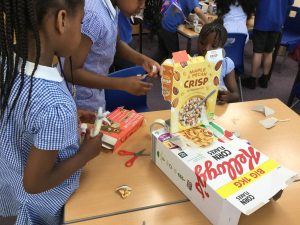
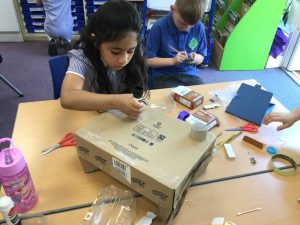
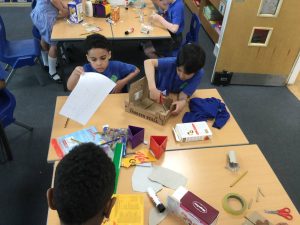
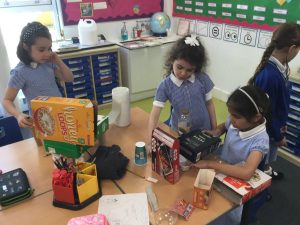
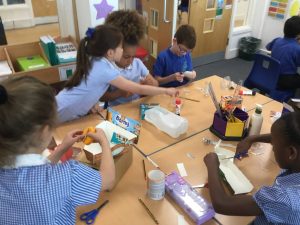
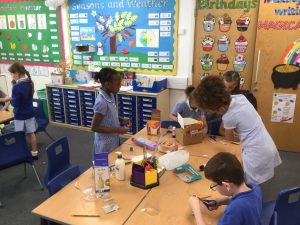
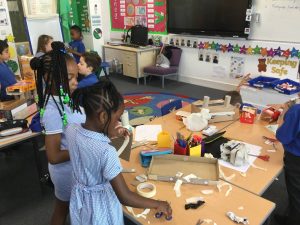
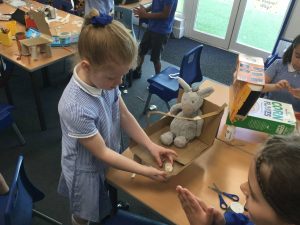
Here are some of their final results!
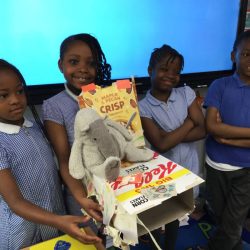

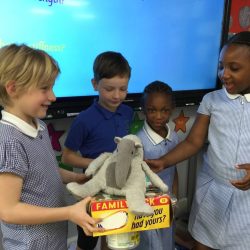
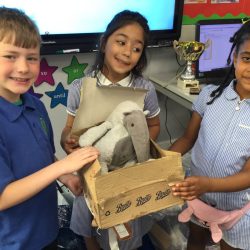
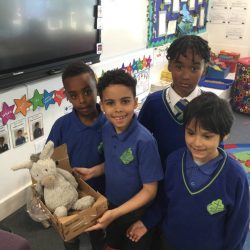
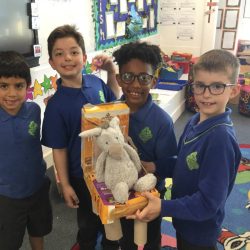
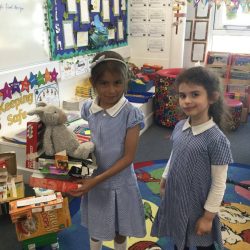
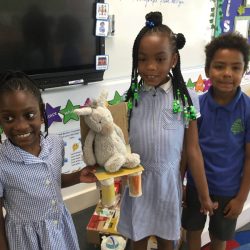
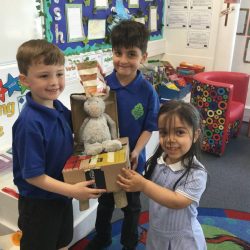
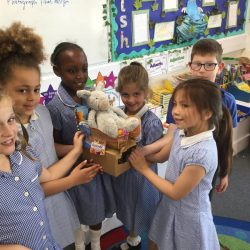
Making Bread
Reception children have really enjoyed out theme ‘Food Glorious Food’ this half term. We finished by reading the book ‘Little Red Hen’ and learning how flour is made from wheat. The children asked to make bread like in our story so we spend a day making our own! First we learnt about yeast and the importance of adding that to help the bread rise. We learnt how to knead the bread to activate the yeast before leaving it in a warm spot to rise.
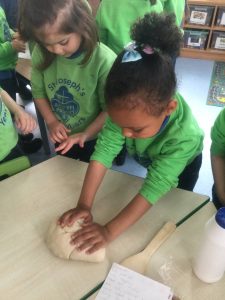
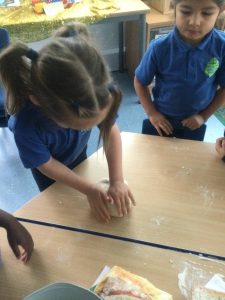
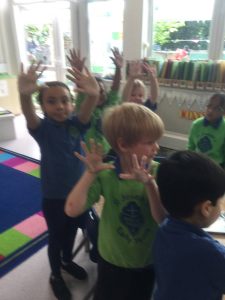
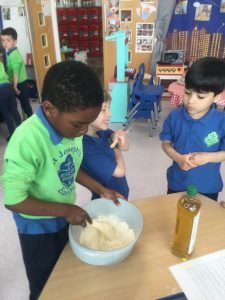
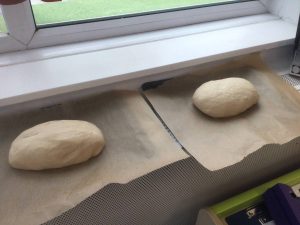
After kneading and leaving the bread to rise twice we finally cooked it and enjoyed eating it warm with butter and jam! It was a thumbs up all round!

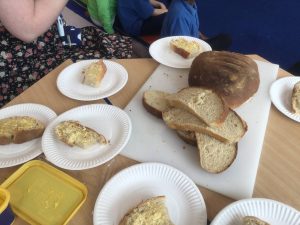
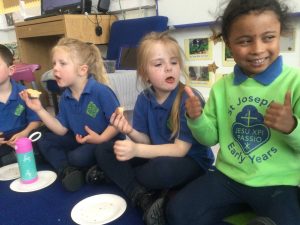
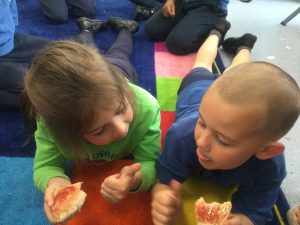
Designing and making minibeast pouches
Year 2 had a fun-filled but busy last week before the Easter holidays. In Design Technology, they designed their own pouches for the purpose of collecting minibeasts. They each came up with four potential designs but had to settle on their favourite later in the week when the time came to make them. The children used a template to draw the outline onto felt then cut out their pieces. They also used scraps of material to add some interesting designs onto the pouches. The children tried really hard to stitch the pieces together even though it was sometimes difficult to push the needle through the felt. Nevertheless, everyone persevered and this resulted in some wonderful pouches which can be seen below.
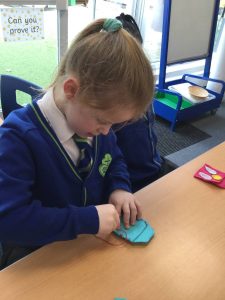
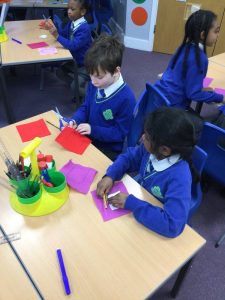
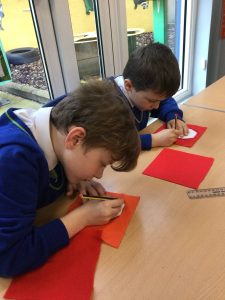
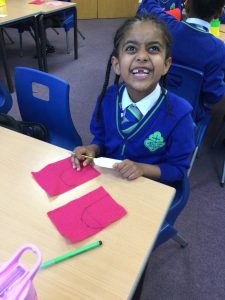
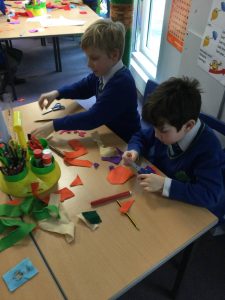
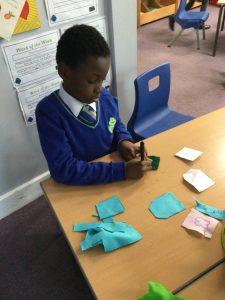
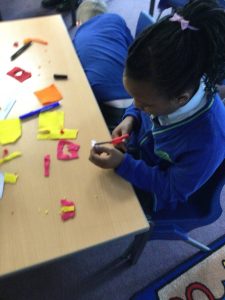
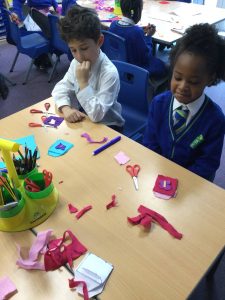
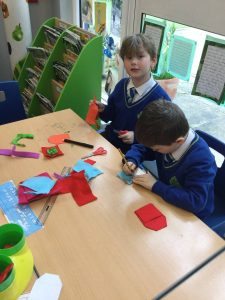
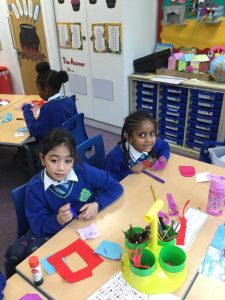
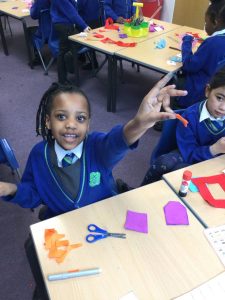
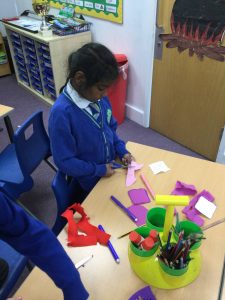
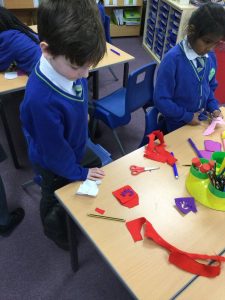
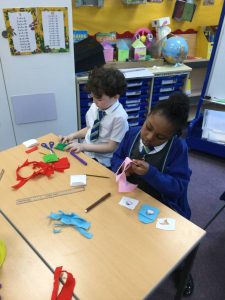
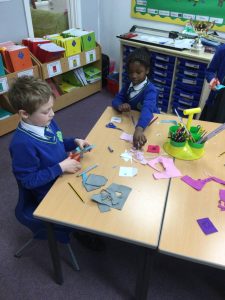

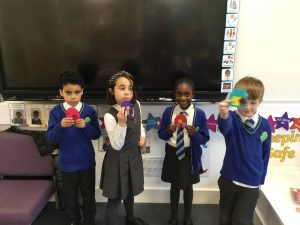
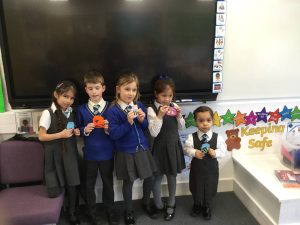
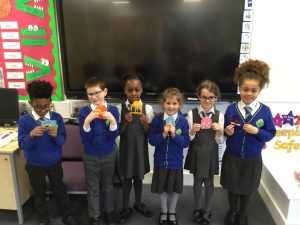
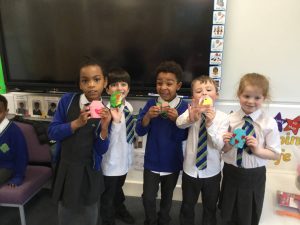
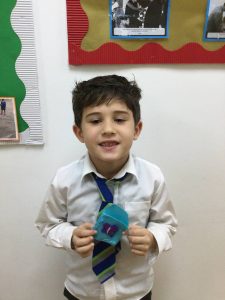
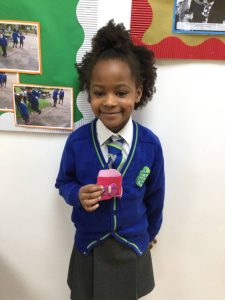
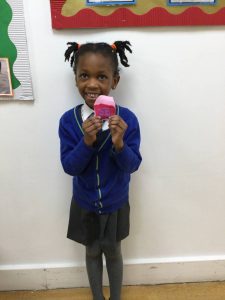
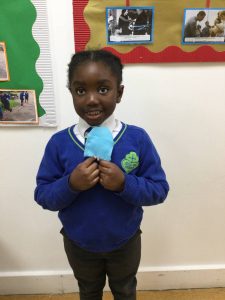
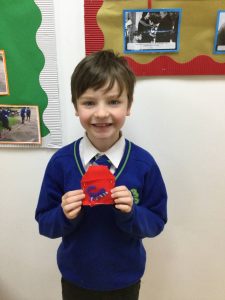
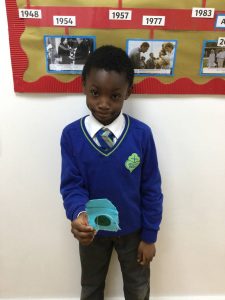
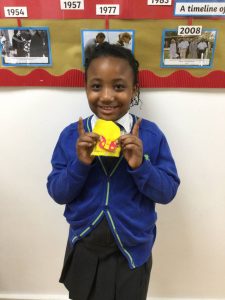
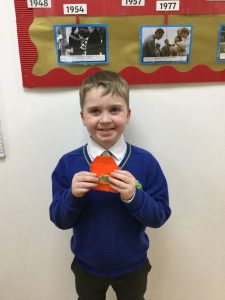
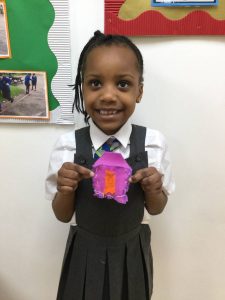
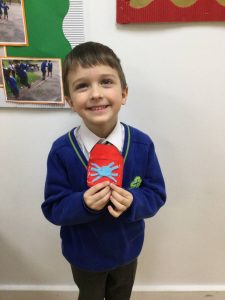
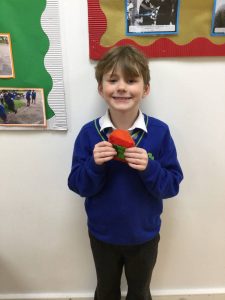
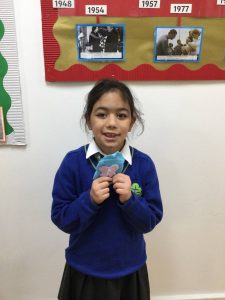
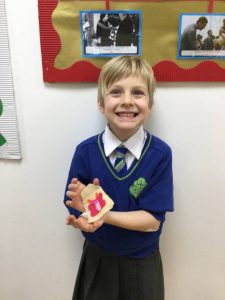
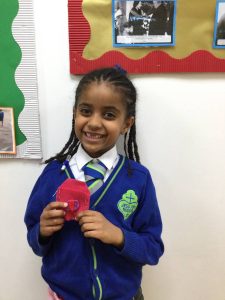
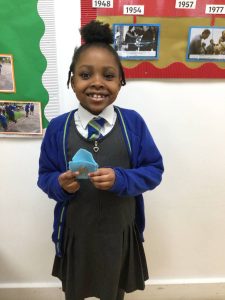
Mother’s Day Crafts
The children in Year 2 had fun designing 3D flower Mother’s Day cards for the important women in their lives. We wish all the mums, grandmas and great-grandmas a wonderful day on Mothering Sunday!
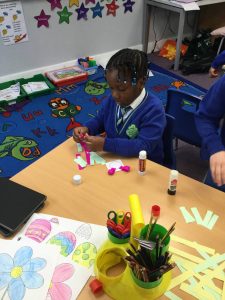
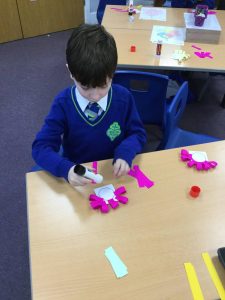
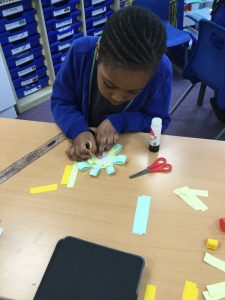
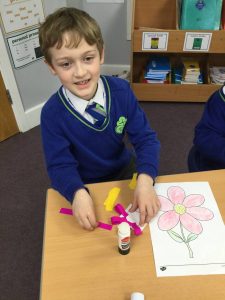
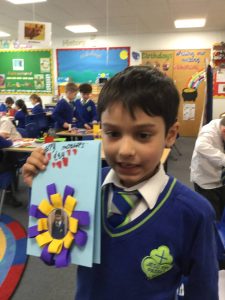
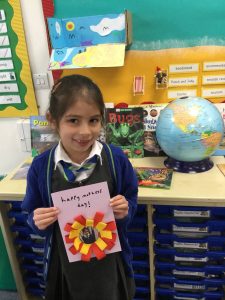
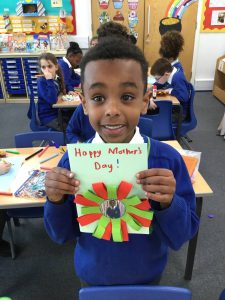
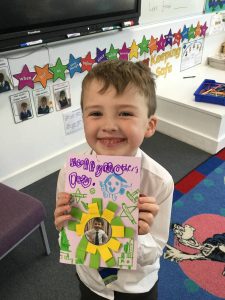
Three Discovery Workshops
This week, the school had some visitors from Three Discovery who taught us how to make fun and exciting digital posters on iPads.
Year 1 enjoyed working together to share their knowledge about the polar places whilst making their digital posters.
Year 2 made posters linked to their current Science topic ‘Our Local Environment’. The children had fun playing around with different backgrounds and images. They then added in some text to add detail to their work. This resulted in some wonderful digital posters about animals and their habitats.
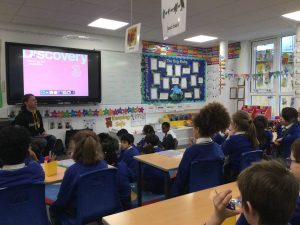
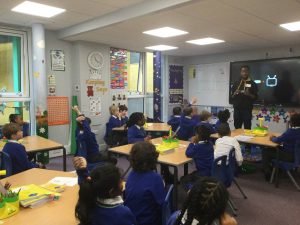
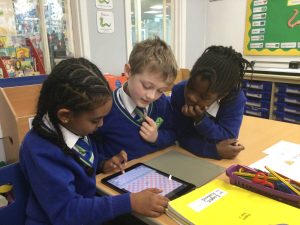
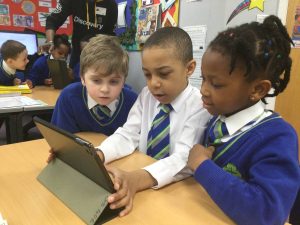
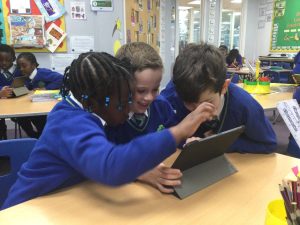
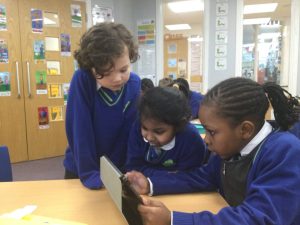
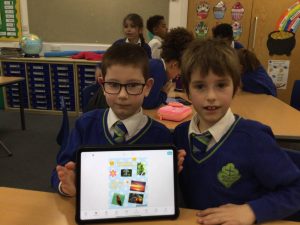
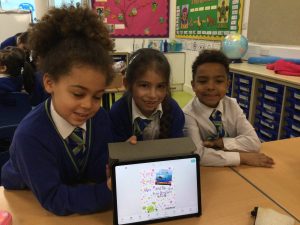
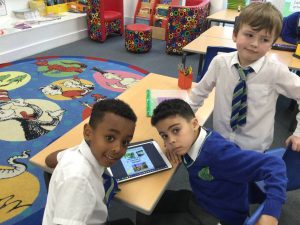
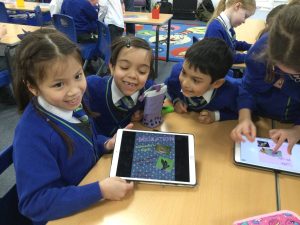
Year 4 had the opportunity to join the world of producing, marketing and editing when they were tasked with creating their own interesting video advertisements. The Three Discovery team taught them how to create and edit their own videos. They focused on the theme of Volcanoes and Earthquakes, so the children were able to share all of the interesting facts they had learnt.
They began by experimenting with the range of features in the app, working out how to add captions and pictures, record videos and create special effects. Then, they decided on the content they would like to include. They rehearsed their facts and then it was time to record! The children worked together to record their videos and then added pictures, captions, transitions and music to bring these advertisements to life.
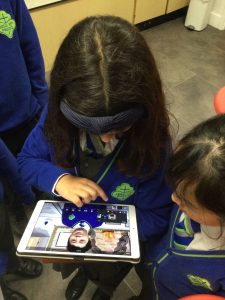
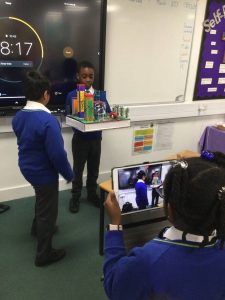
Shrove Tuesday Pancakes
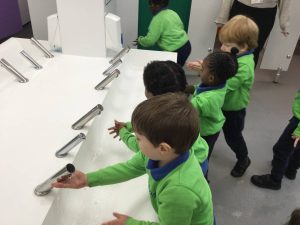
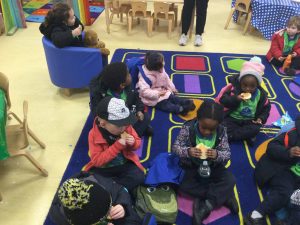
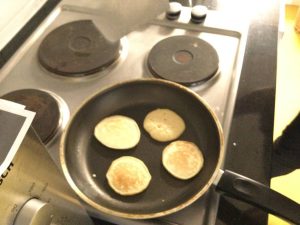
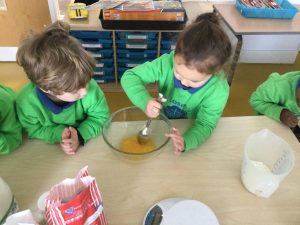
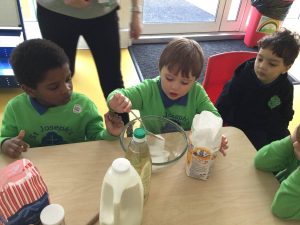
The EYFS children were all so excited to come back to school, especially when they found out we would be making and eating pancakes on Shrove Tuesday. They cut up the different fruit they wanted as a topping and talked about hygiene and making healthy choices. It was a thumbs up all round.
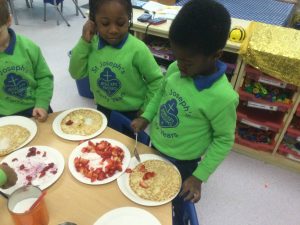
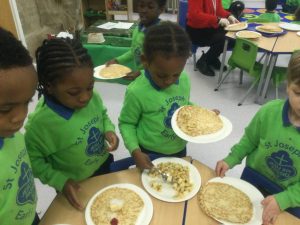
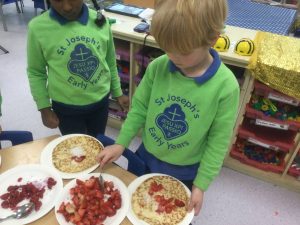
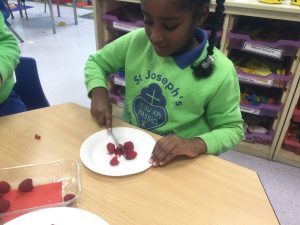
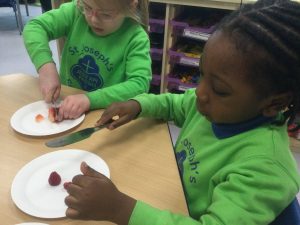
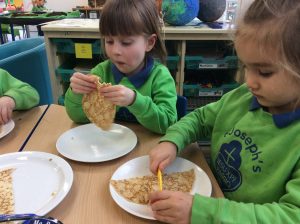
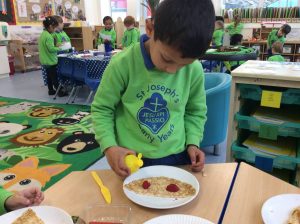
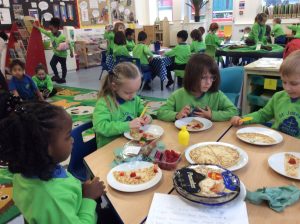
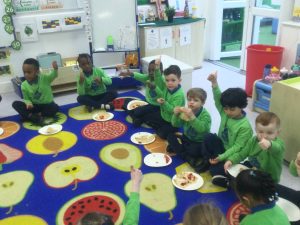
Nutritious Noodles
This week, Nursery had a great time making noodles with vegetables. The children used the microwave to cook the vegetables and learnt that they cannot take things out of it.
Michal said “They hot.”
Attalia said “It can burn us.”
They then mixed the vegetables with the noodles that had been soaked in boiling water by the adult. The children had a great time tasting them.
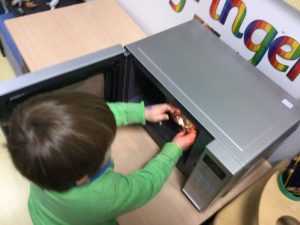
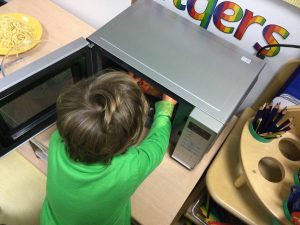
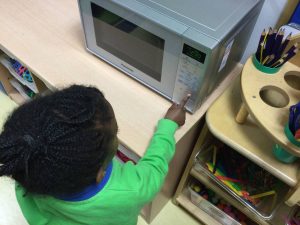
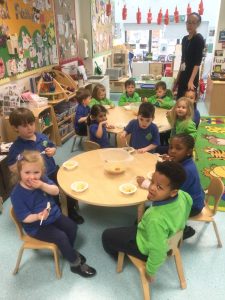
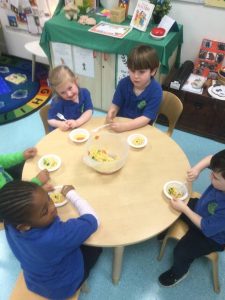
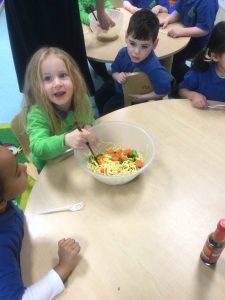
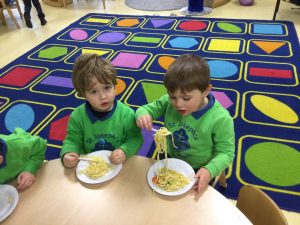
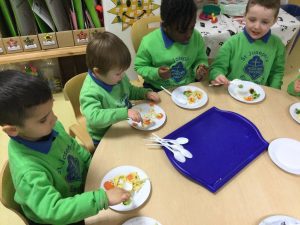
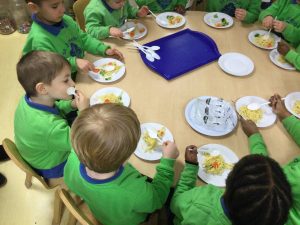
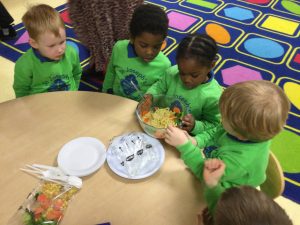
Design & Technology Experts!
Year 1 had a creative week designing, assembling and testing a windmill as part of their Design & Technology lessons. We learned about the different types of windmills, their purpose and various different designs. The children loved taking their time with each step of the process and creating a windmill that they were proud of. We were delighted when we tested them and they successfully worked.
Well done Year 1 for a busy week!




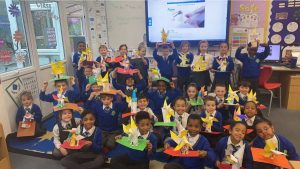
Digital World
This week Year 4 completed their Design Technology unit focused on the digital world. Their task was to plan, design, make, and reflect on their own mindful moments timers. The task followed the theme of mindfulness and the children discussed the range of mindfulness products on the market.
In the planning process, the children took some time to practice mindfulness with colouring and breathing activities. We reflected on the benefits of these activities and discussed how they could be adapted for making our timers. Then, the children identified advantages and disadvantages of a range of different types of timers. For example, the 1 minute egg timers were compact and portable, while the online timers gave a more accurate record of time. After that, the children were able to produce their own design criteria for their timer.
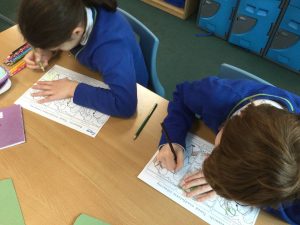
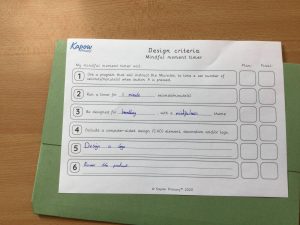
Next came the programming process, where the children used their own chromebooks to make codes for a microbit. They programmed a micro:bit, in the Microsoft micro:bit editor, to time a set number of seconds/minutes upon button press. Then, they tested their program for bugs and evaluated it against the points on their design criteria. Their working programs were able to count down in seconds.
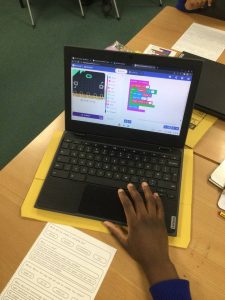
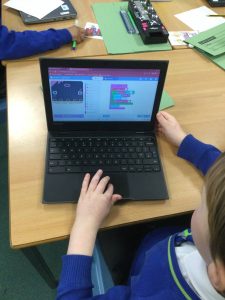
Then the children were tasked with designing, making and developing a prototype case for their mindful moment timers. They began by discussing the range of themes which related to mindfulness, before using these to create some interesting designs. Next, they used their design plans to decorate their nets. These were made into their own 3D structures, forming cases for their microbits.
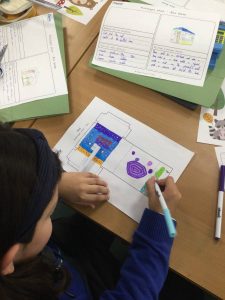
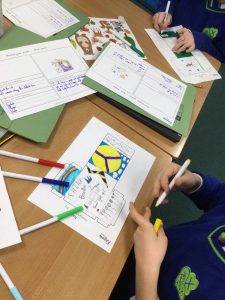
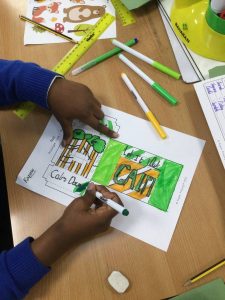
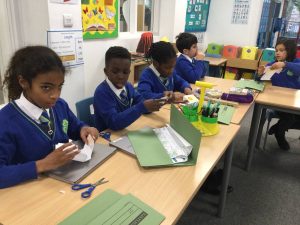
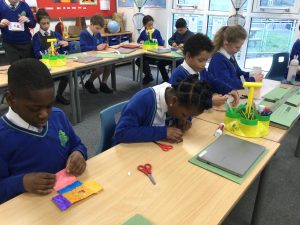
Finally, the children designed logos for their timers, thinking about symbols and slogans which would create a brand identity. Then, they evaluated their ideas and products against their own design criteria and considered the views of others to improve their work.
The results were great – have a look!
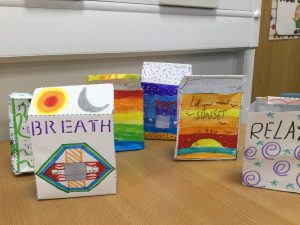
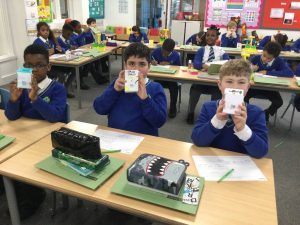
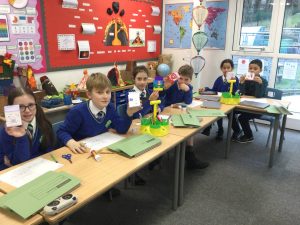
Crafting and Creations!
Year 5 have finished making their Doodlers, after a successful design process where the children investigated circuits and evaluated the effectiveness of Doodlers. Check out the photos below.
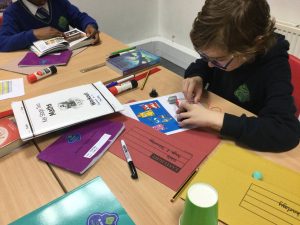
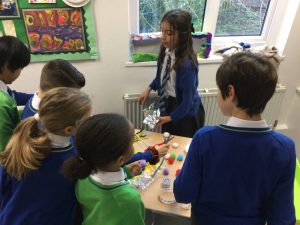
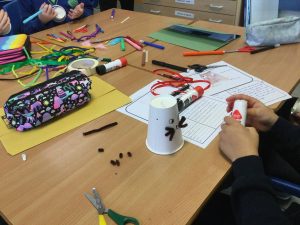
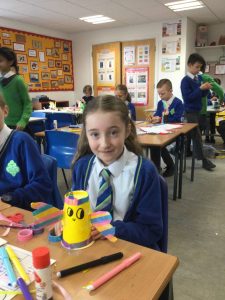
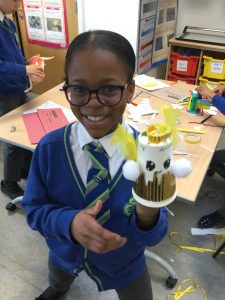
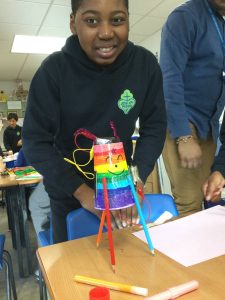
They also completed a crafting project with the Reception children, learning about the planets by making models of their own. They used papier mache to create the (roughly) spherical shape we needed and then painted them. Year 5 had so much fun helping Reception to learn about planets and how to identify them.
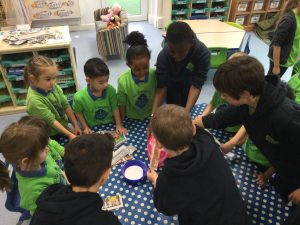
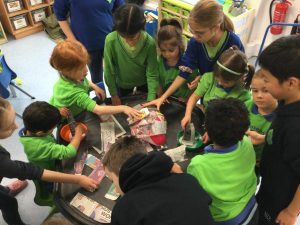
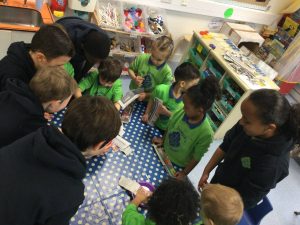

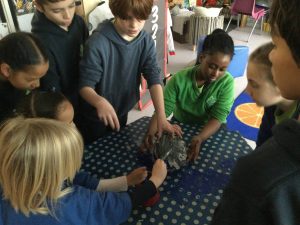
Institute of Imagination – Coding our Emotions
This week, Year 4 had an Institute of Imagination workshop on ‘Coding our Emotions’. Their challenge was to make a game to help them relax and regulate their emotions with something they enjoyed. They were coached through the process of making a code for a game on Scratch. This game incorporated ‘video sensing’, where the children were able to move across the screen and use their bodies to make their characters move. The children made some interesting games, including a penalty shoot-out and balloon-popping! The results were great.

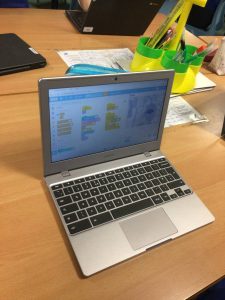
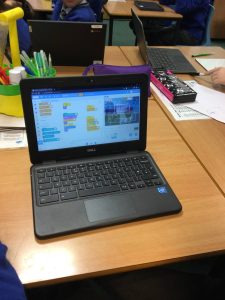
Christmas Candles!
Year 4 have been very busy this week making Christmas crafts in time for our St Joseph’s Christmas fair.
We decided to make Christmas candles to light up your homes this Christmas. The children stuck the wick to the bottom of their glass jars. Then, they melted the wax in a large bowl over the hob. They added different scents and colours. After that, they poured the wax into their jars and left them to cool down. They smelt beautiful!
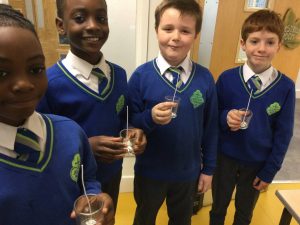
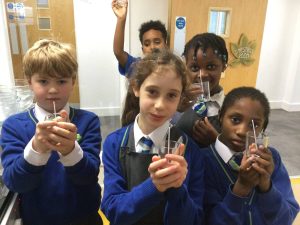

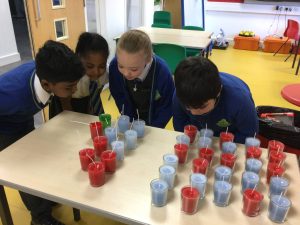
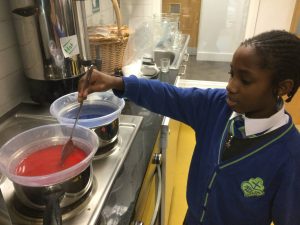
They decorated Christmas labels to add to the jars, along with some festive ribbon. They put them on sale at the Christmas fair for £2.50. Have a look at their fantastic results!
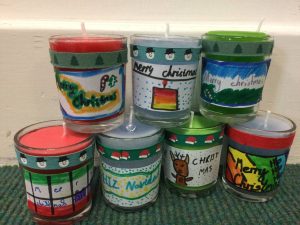
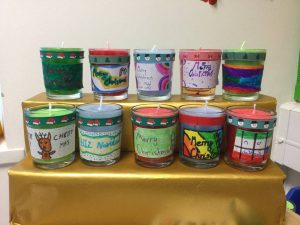
Qatari Food Menus & Christmas Crafts
On Monday, Year 2 came to school dressed in their vibrant, home country colours to celebrate the beginning of the 2022 World Cup. In the afternoon, they gathered in the hall to watch the first England match unfold on the big screen. The children were so happy when England beat Iran 6-2! They also took part in a variety of World Cup activities such as crosswords and word searches. Later in the week, Year 2 discovered traditional foods from Qatar and designed beautiful menus to showcase foods from the Middle East.
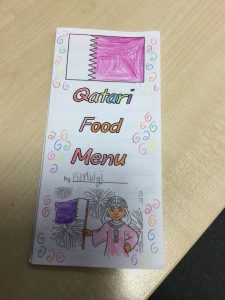
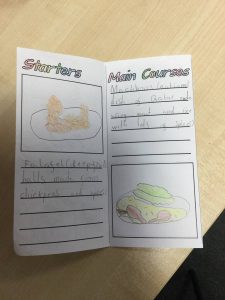
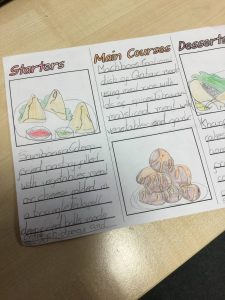
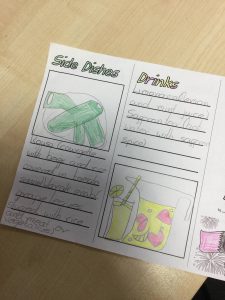
On Friday, the children had fun making crafts to sell at the upcoming Christmas Fair. They also designed colourful posters to advertise the crafts around the school. We can’t reveal what Year 2 will be selling yet so you’ll just wait to see what they have in store!
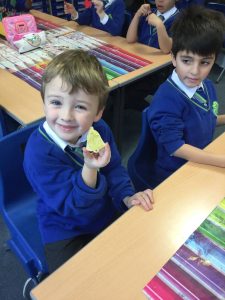
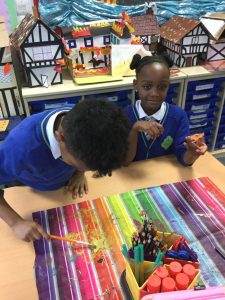
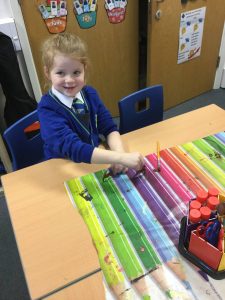
22nd November 2022: Computing Club and Barclays Code Playground
Well done to all of our children from the Computing Club! We joined the live event with Barclays Code Playground and created a micro:bit project called “Space Invaders”.
In this project they had to create a fun game where they had to save the population from the dropping dots as they learnt about selection. Selection helps us control when parts of our code will run by checking if a condition is true, so ‘if’ something happens, ‘then’ run the next bit of code.
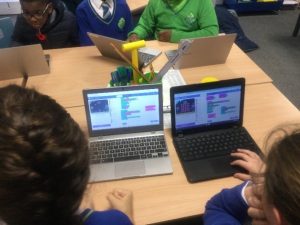
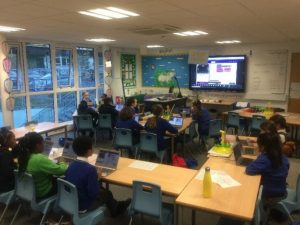
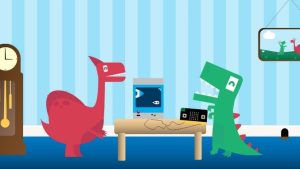
18th November 2022: Great Fire of London
Take a look at some of Year 2’s amazing Great Fire of London projects!
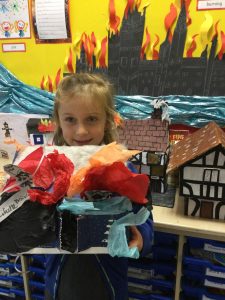
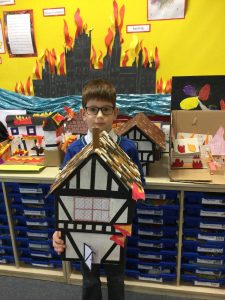
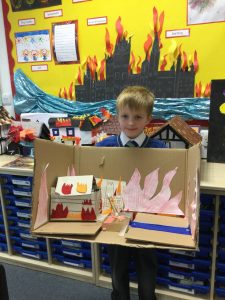
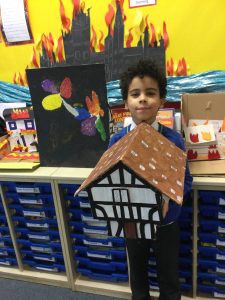
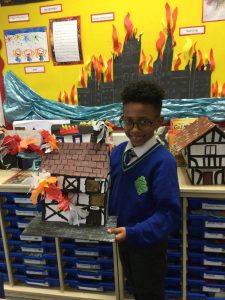

11th November 2022: Busy Bots
The Institute of Imagination took Year 6 for a fantastic interactive session where the pupils had the opportunity to create their own ‘Junk Bots’ out of recyclable materials. With the use of motors, the Junk Bots were able to move! Pupils will get the opportunity to put their finishing touches on their Junk Bots next week before they can show and tell the school about their creations.
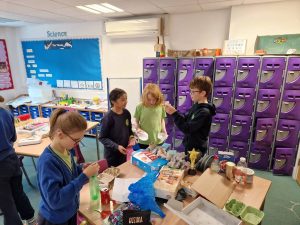
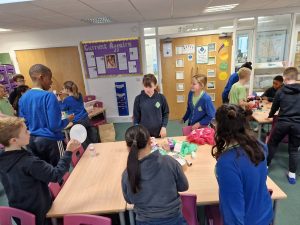
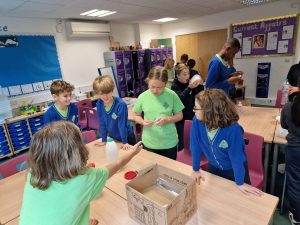
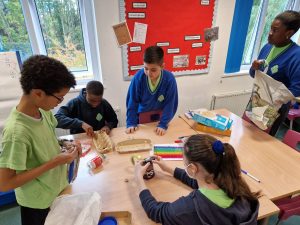
4th November 2022: ‘Junkbots’ and Digital Storytelling
This week, Year 2 had the opportunity to take part in an exciting Zoom lesson with the Institute of Imagination. Beforehand, the children created their very own ‘junkbots’ using recyclable materials such as cereal boxes, plastic milk bottles, egg cartons and kitchen roll holders. After, they designed a storyboard for a short stop motion animation and used the iPads to make these. The video clips turned out really well and the children were able to share these with children in other schools!
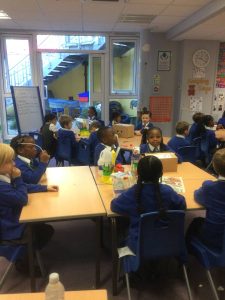
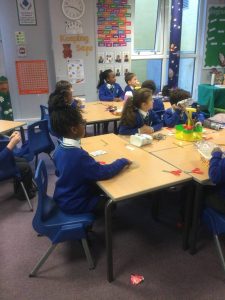
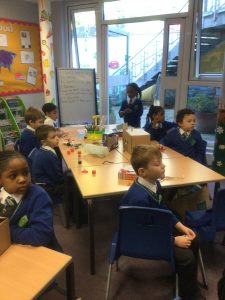
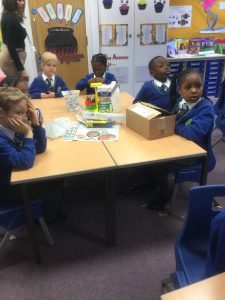
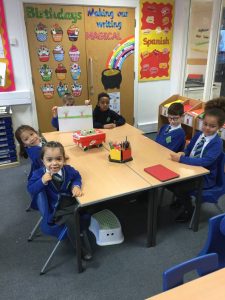
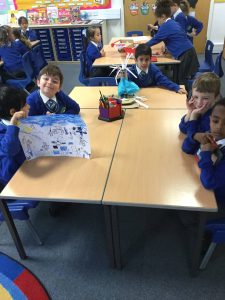

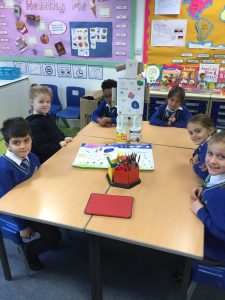
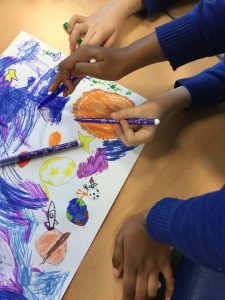
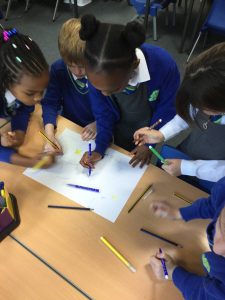
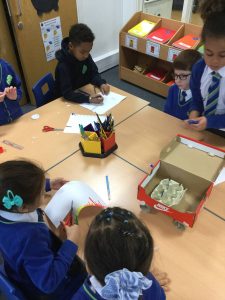
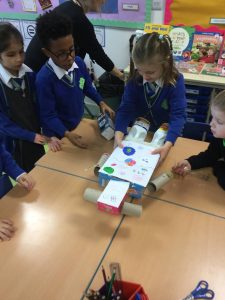
21st October 2022: Paleontologists
In Year 3, pupils have been exploring the process of fossilisation. Pupils have learned about how fossils form. In addition, they had the opportunity to research information about famous Paleontologist Mary Anning who pioneered the study of fossils. With their final week having a DT focus, pupils had the opportunity to use their knowledge and understanding of fossils to make salt dough fossils.
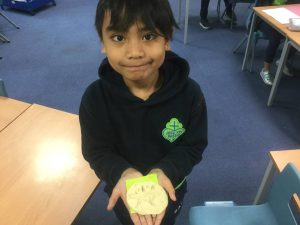
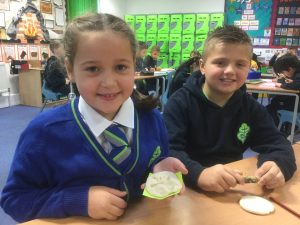
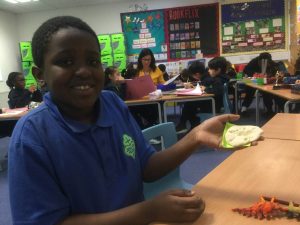
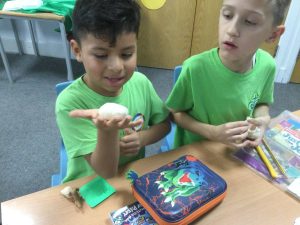
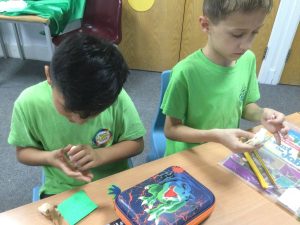
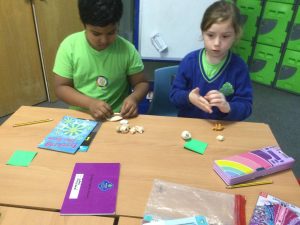
21st October 2022: Baking
Year 4 have been very busy this week! On Tuesday morning the boys and girls performed their Harvest Assembly; sharing everything they have been learning about the Harvest and explaining how our food travels around the world. Following this, they completed their first Technology and Design activity; baking scones and discussing where each food item might have come from. They wrote about the ingredients we used and created their own set of instructions for making scones. They tasted delicious!
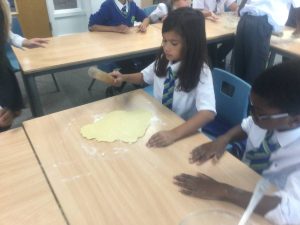
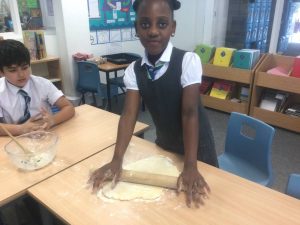
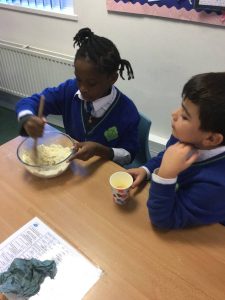
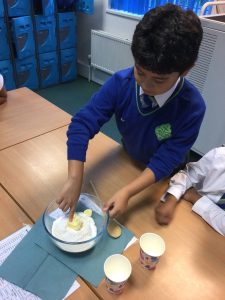

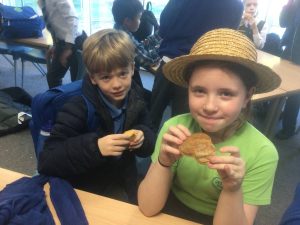
20th October 2022: Pizza Professionals
To celebrate the end of Year 2’s current Science topic ‘Healthy Me’, this week the children made healthy pizzas. We made cross-curricular links with Science and Design & Technology as the children were taught how to cook a simple meal and applied the principles of nutrition and healthy eating. The ingredients used were healthier options such as reduced sugar passata, low-fat cheese, peppers and sweetcorn. We hope to instill a love of cooking in our young pupils and look forward to more cooking opportunities in our next Science topic ‘Little Masterchefs’.
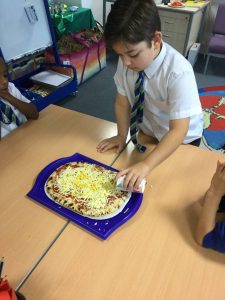
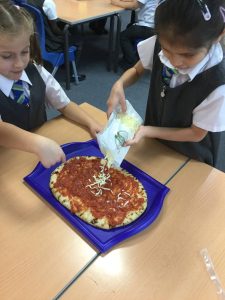
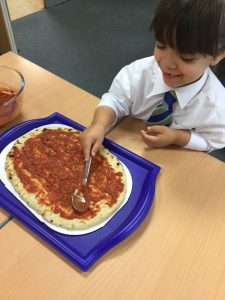
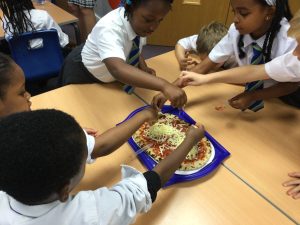
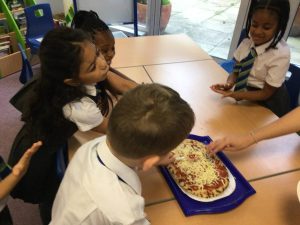


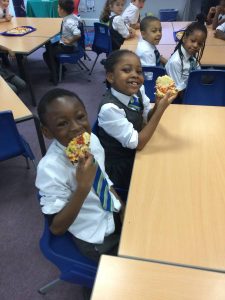
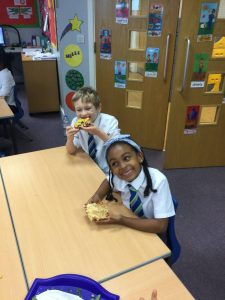
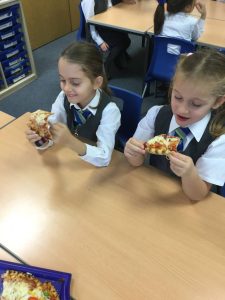
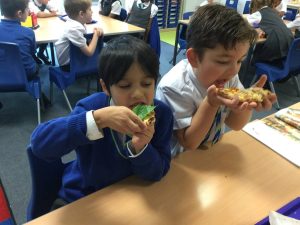
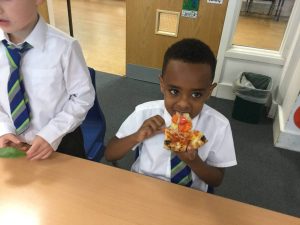

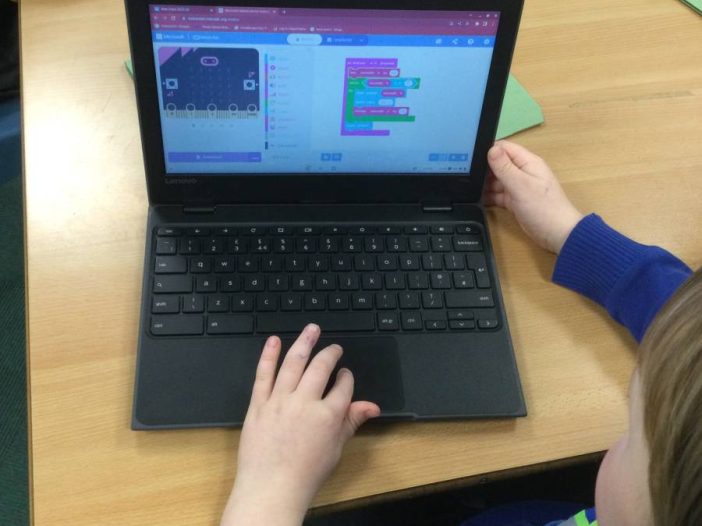
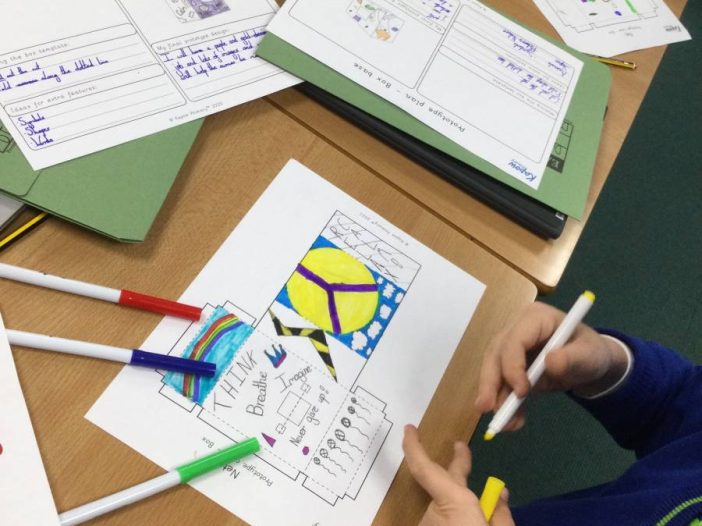
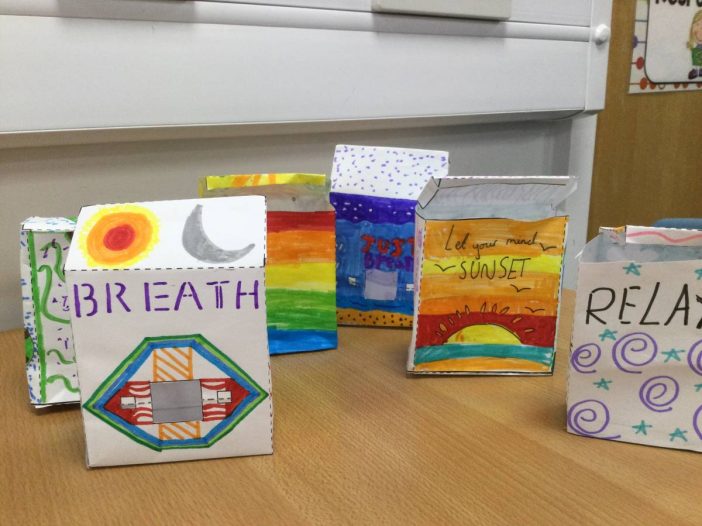
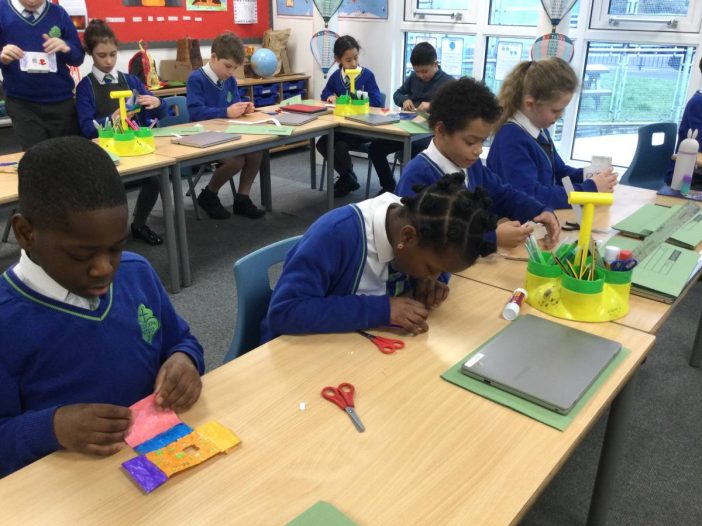
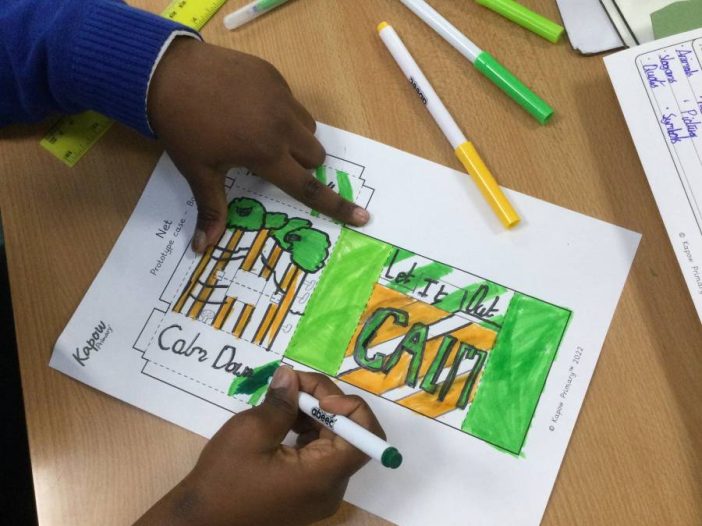
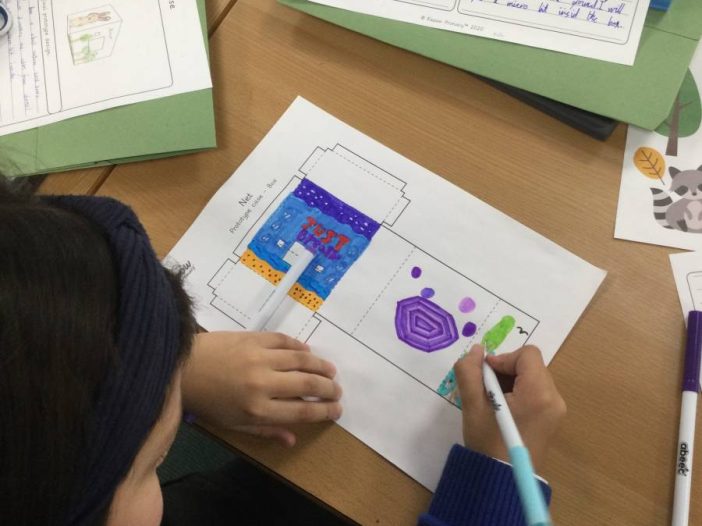
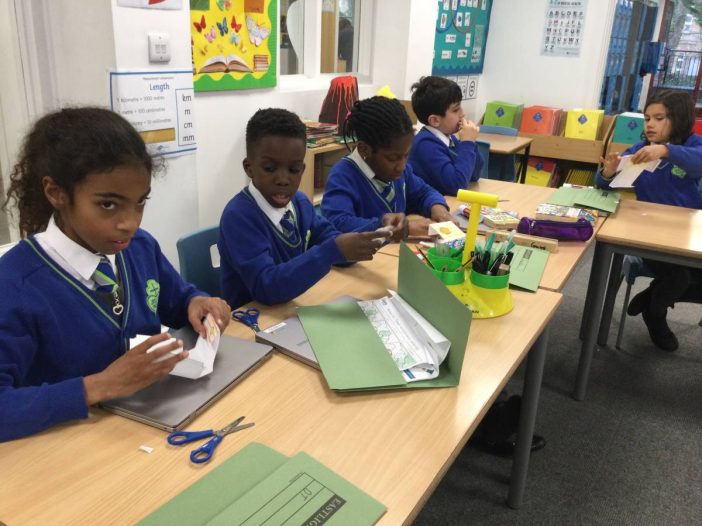
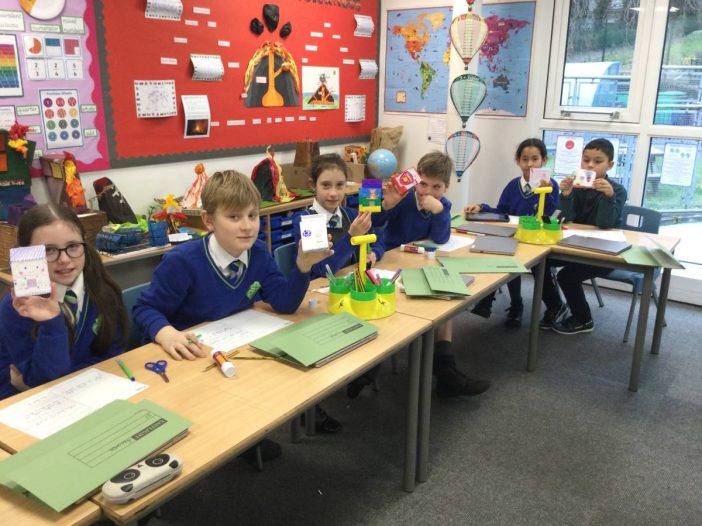
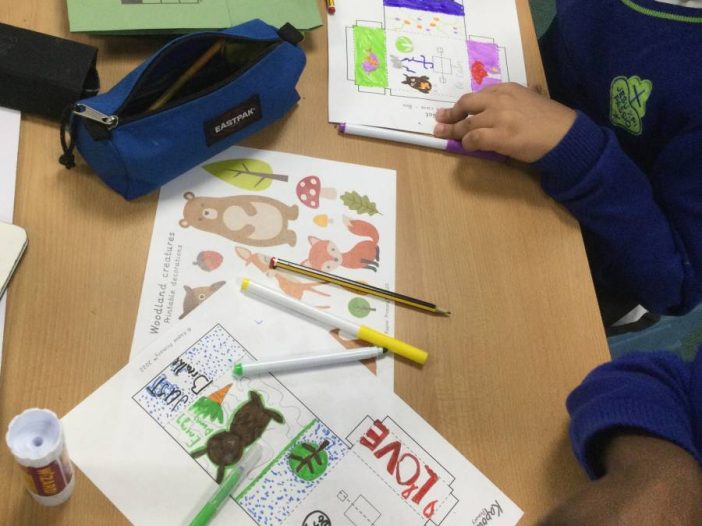
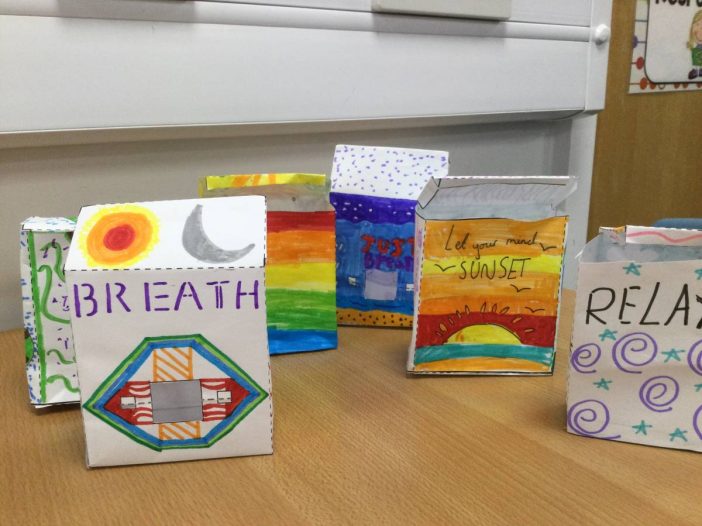
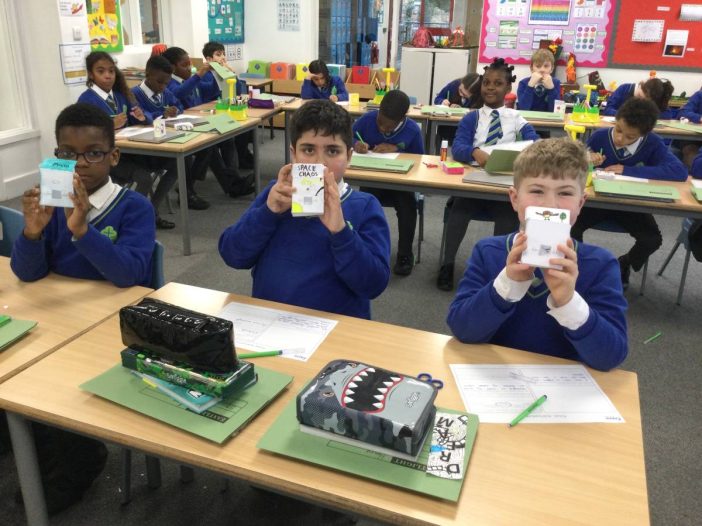
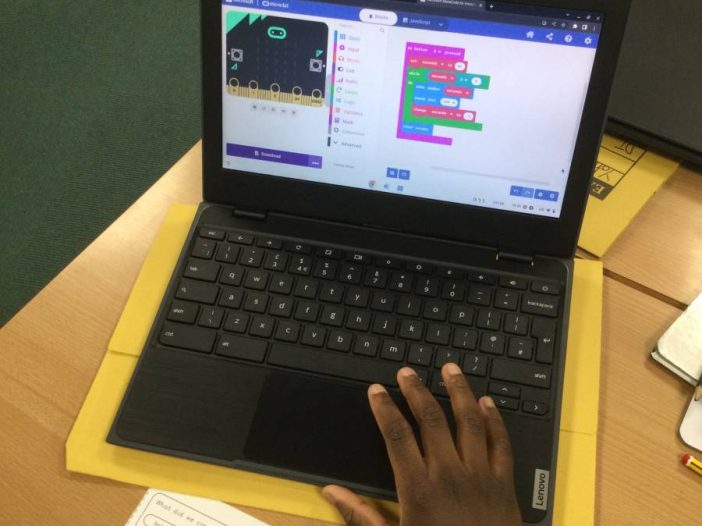
![IMG_2824[1]](https://st-josephs.islington.sch.uk/wp-content/uploads/2022/10/IMG_28241-702x526.jpg)
![IMG_2819[1]](https://st-josephs.islington.sch.uk/wp-content/uploads/2022/10/IMG_28191-702x526.jpg)
![IMG_2812[1]](https://st-josephs.islington.sch.uk/wp-content/uploads/2022/10/IMG_28121-702x526.jpg)
![IMG_2808[1]](https://st-josephs.islington.sch.uk/wp-content/uploads/2022/10/IMG_28081-702x526.jpg)
![IMG_0434[1]](https://st-josephs.islington.sch.uk/wp-content/uploads/2022/10/IMG_04341-702x526.jpg)
![IMG_0435[1]](https://st-josephs.islington.sch.uk/wp-content/uploads/2022/10/IMG_04351-702x526.jpg)
![IMG_0433[1]](https://st-josephs.islington.sch.uk/wp-content/uploads/2022/10/IMG_04331-702x526.jpg)
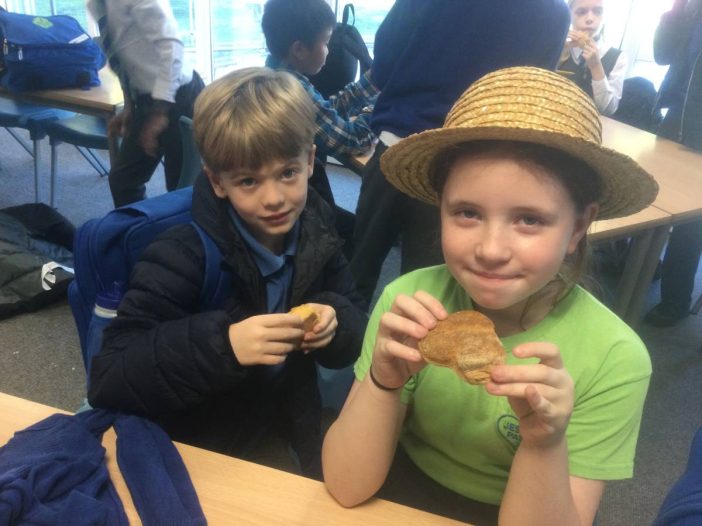
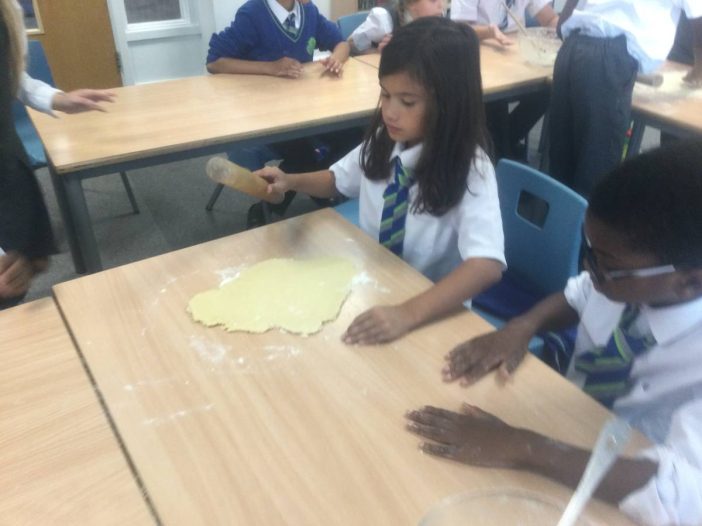
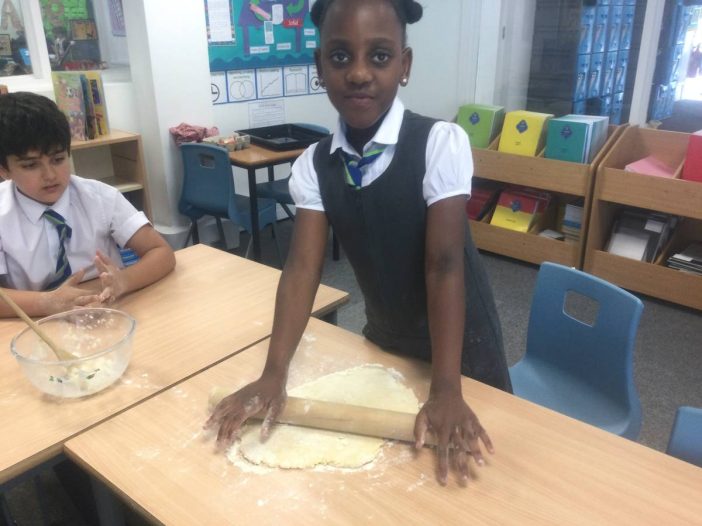
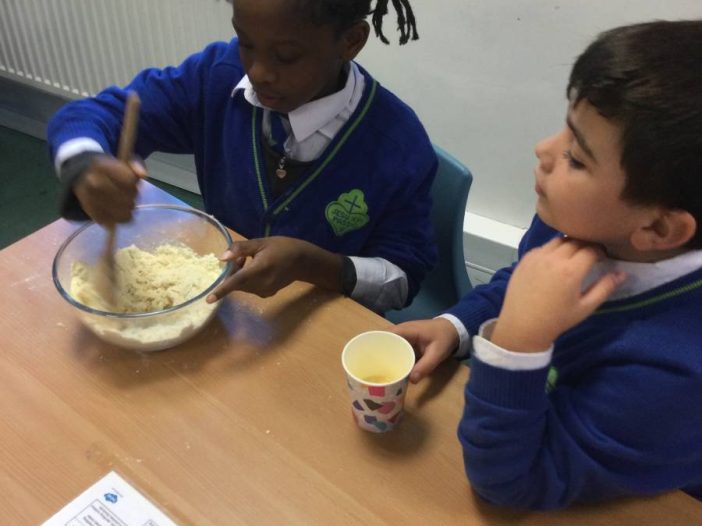
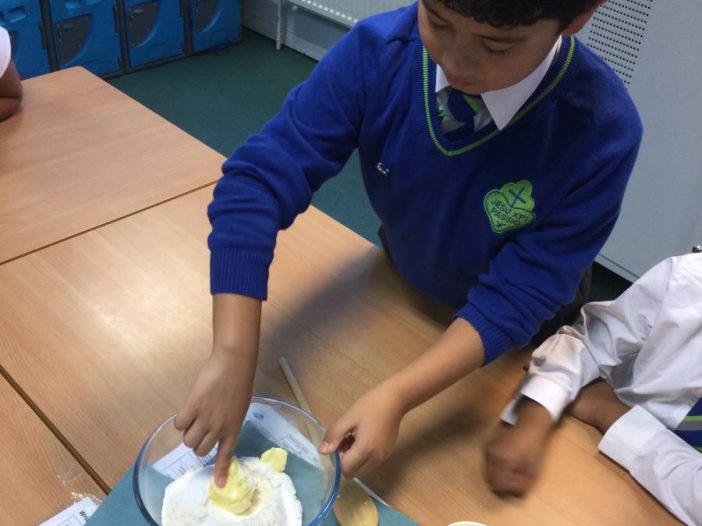
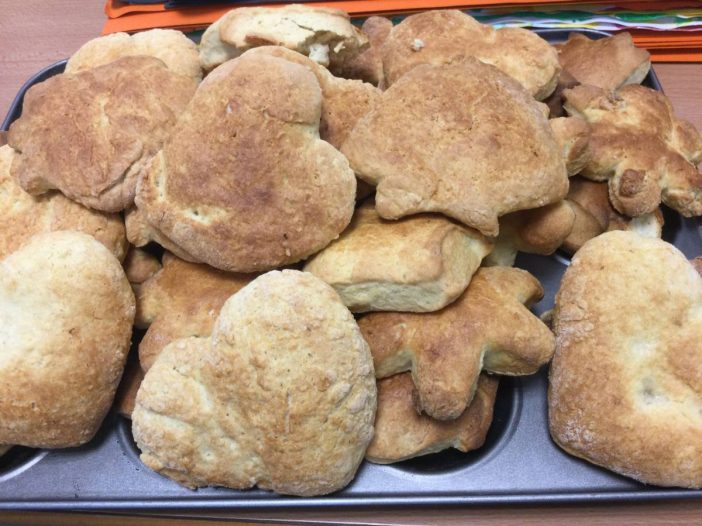
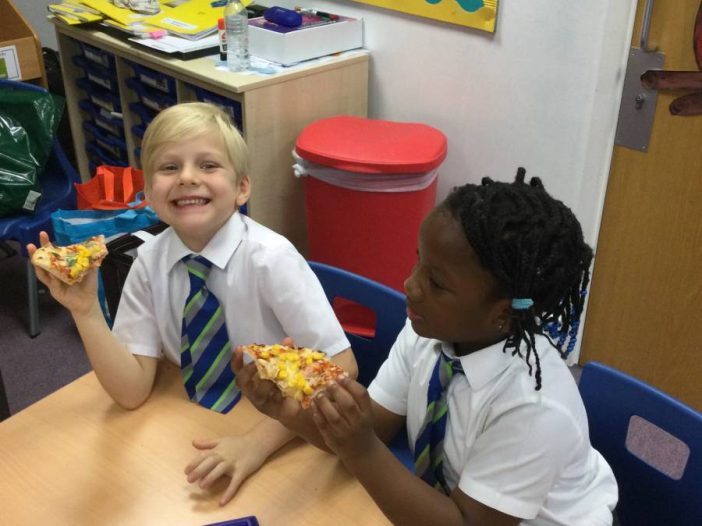
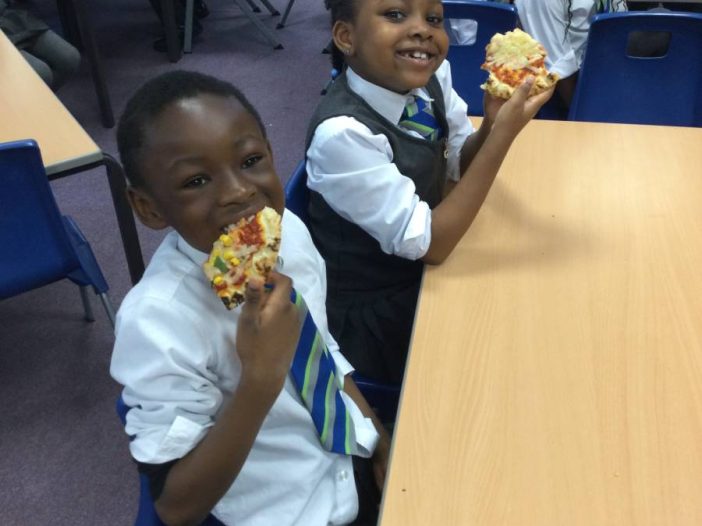
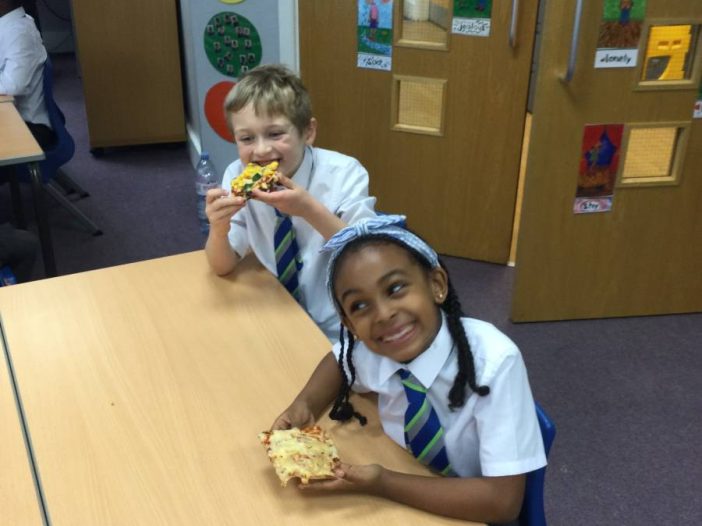
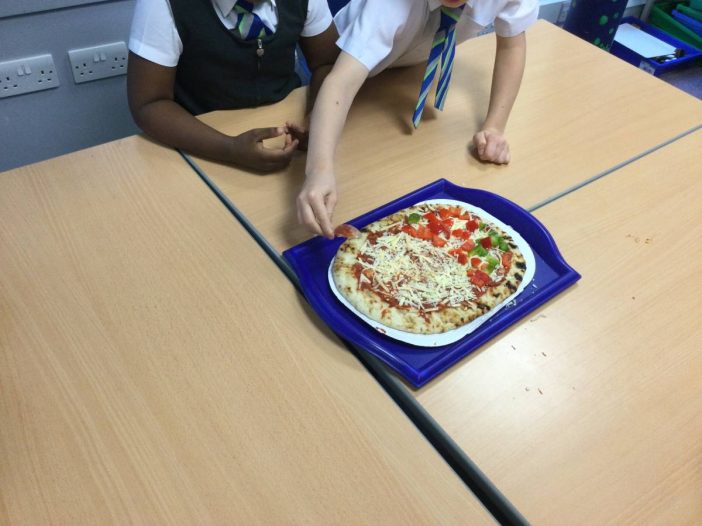
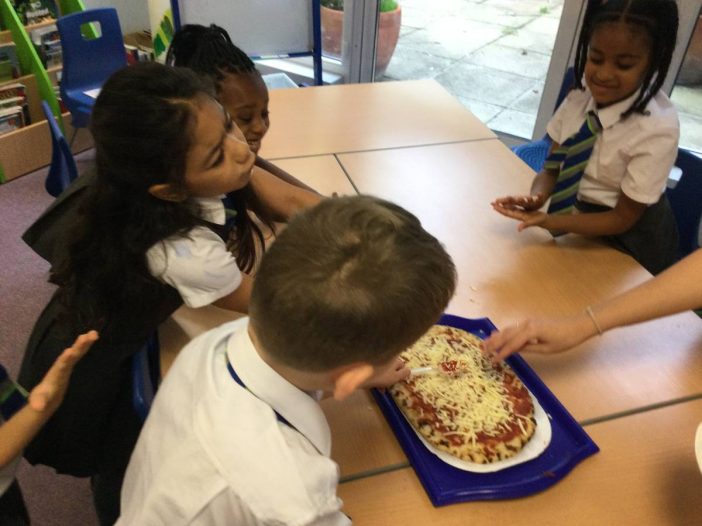
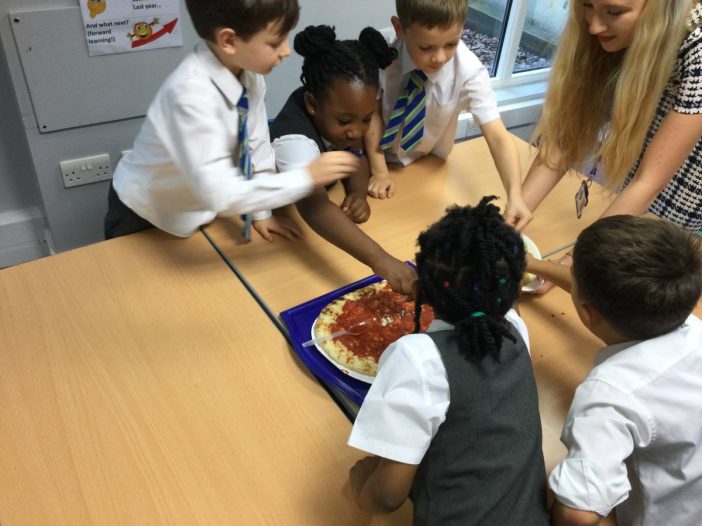
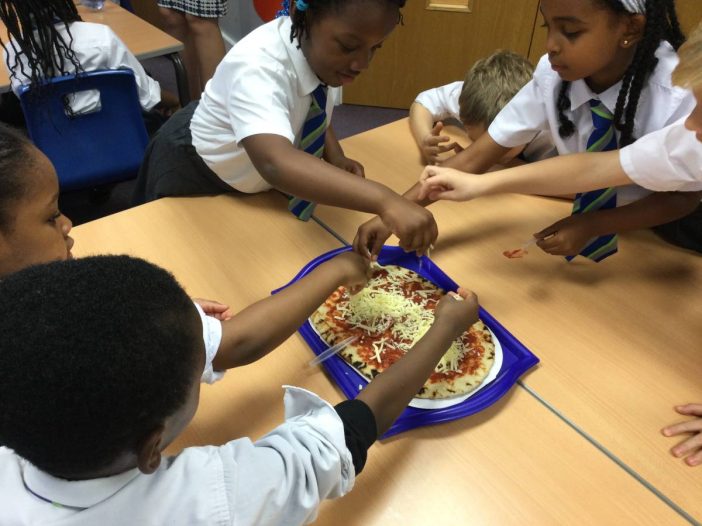
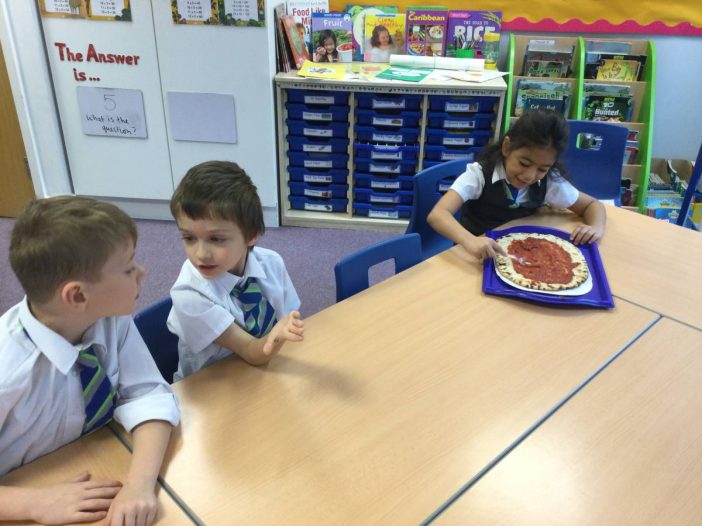
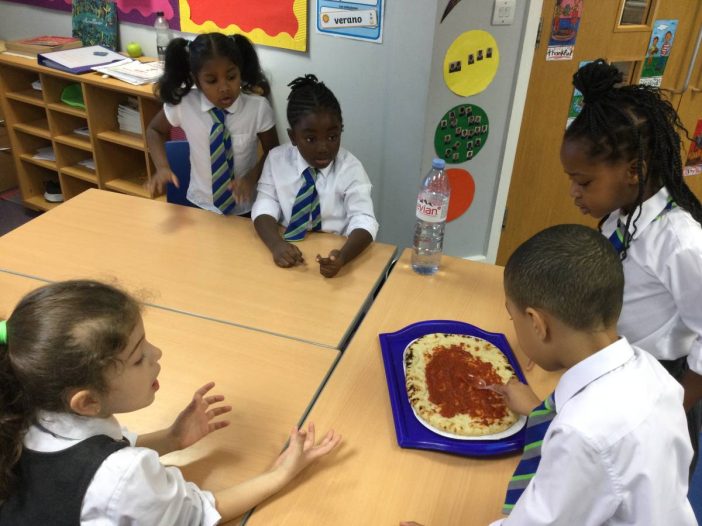
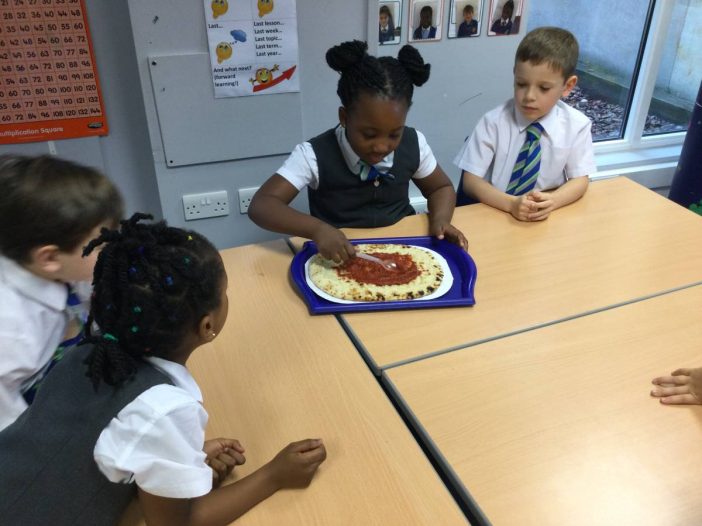
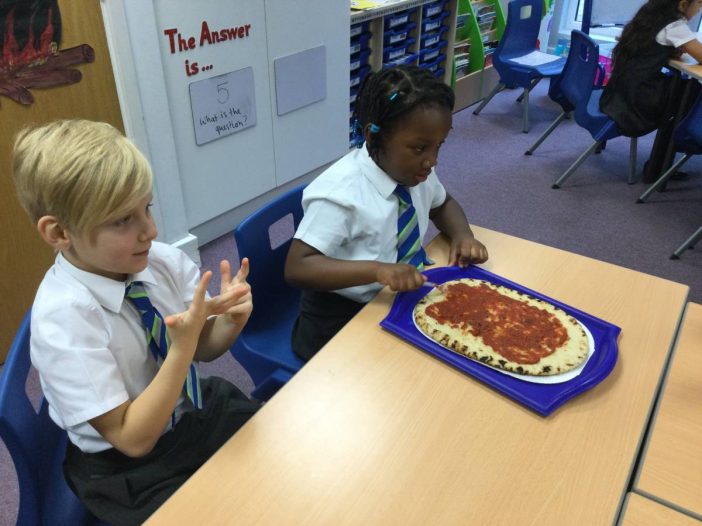
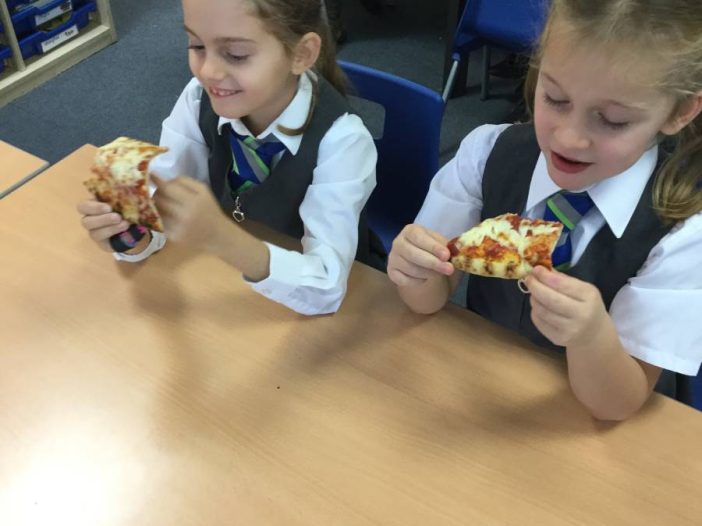
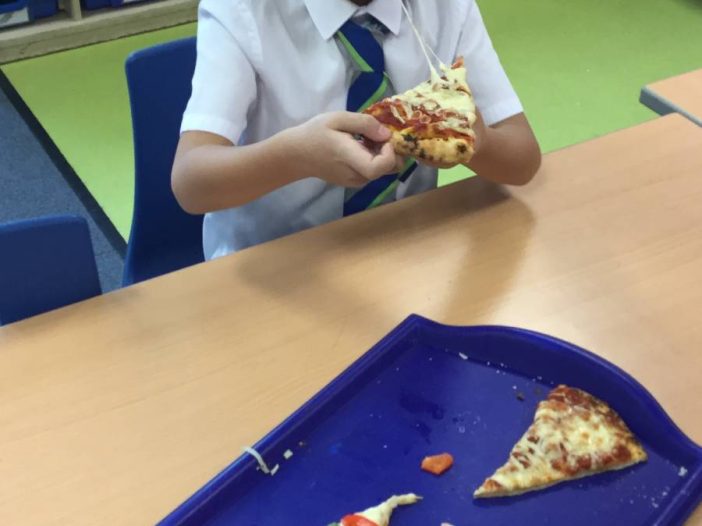
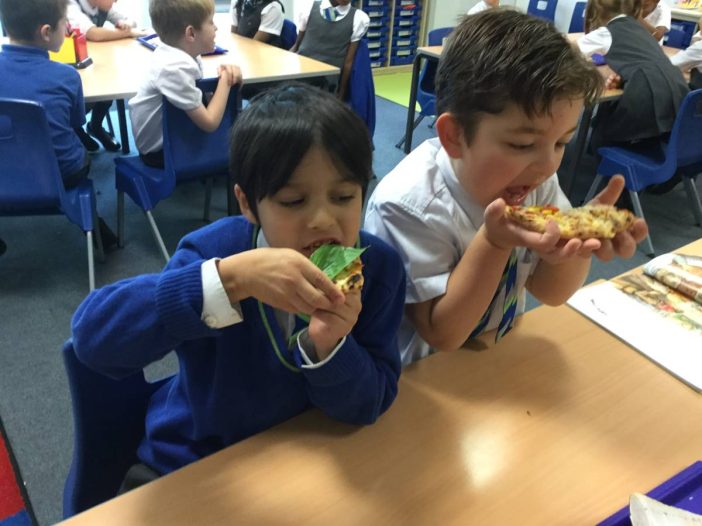


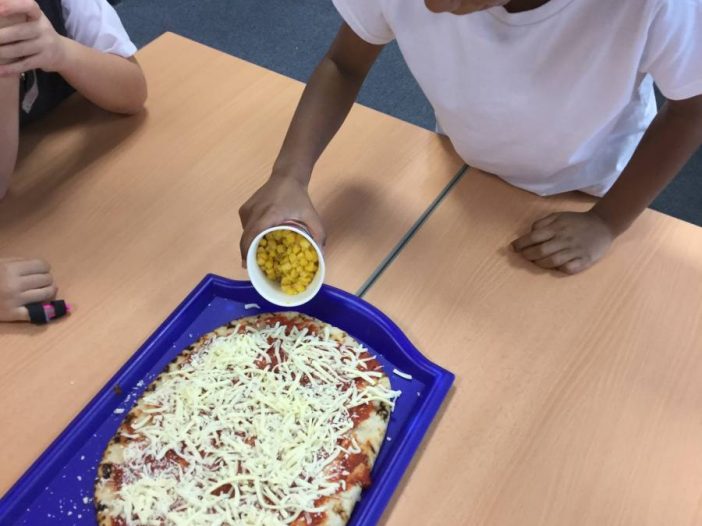
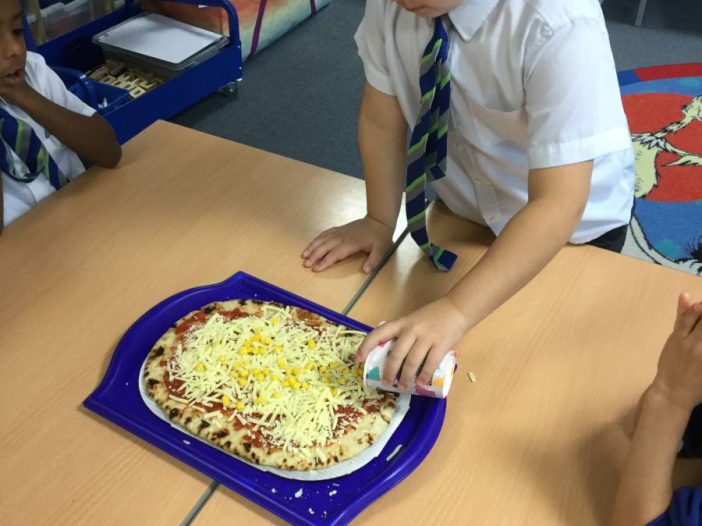
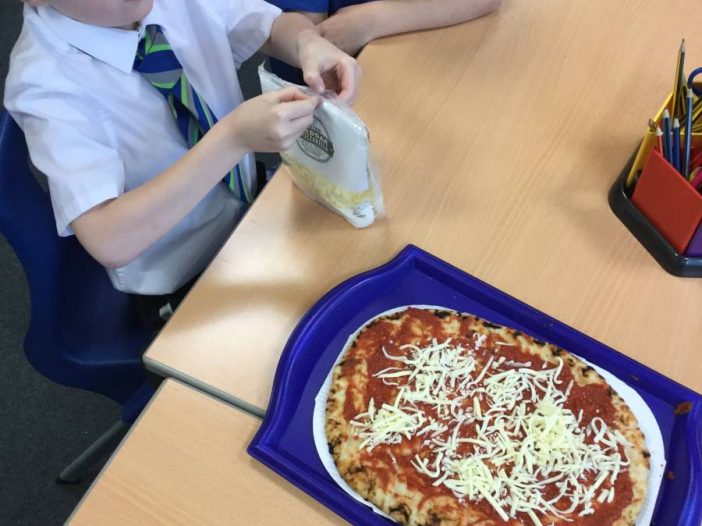
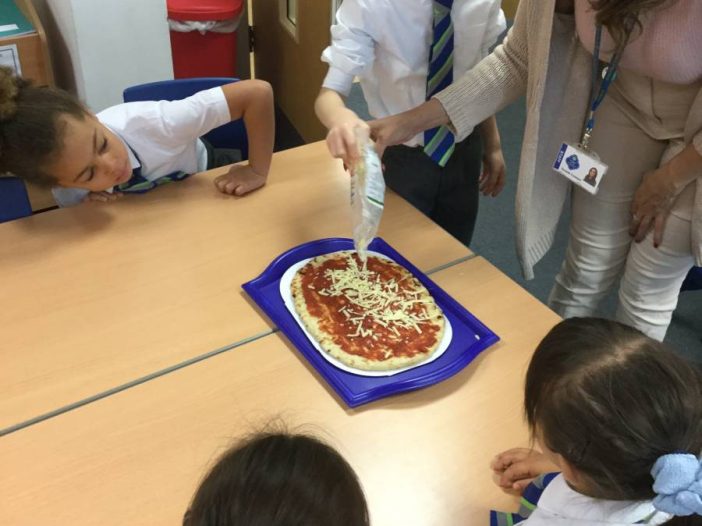
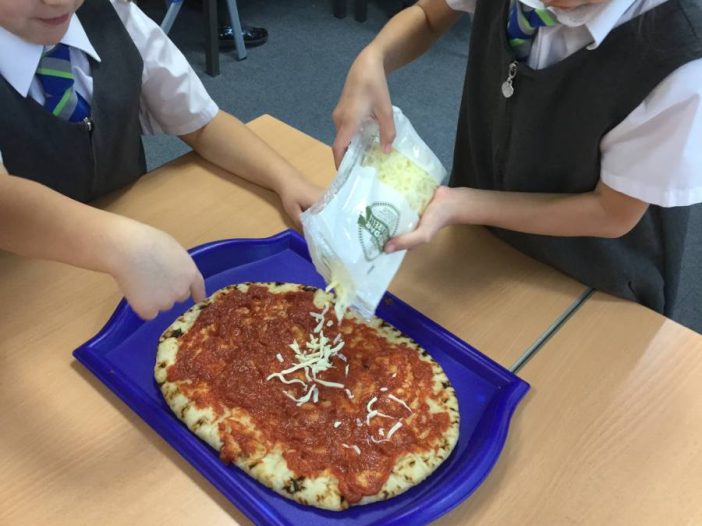

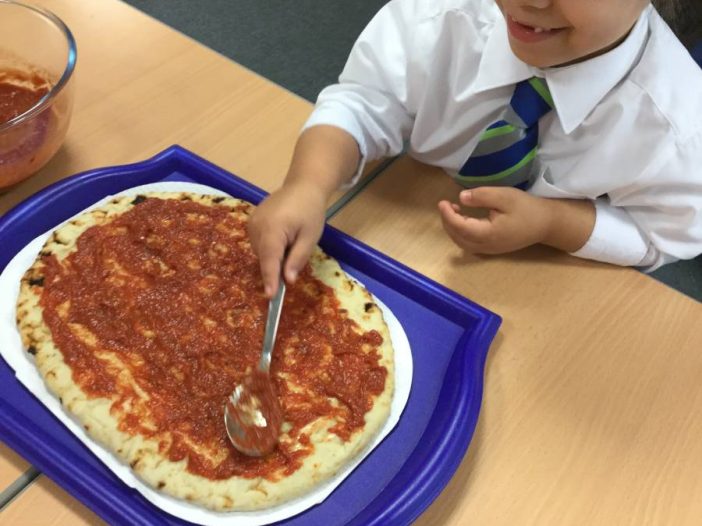
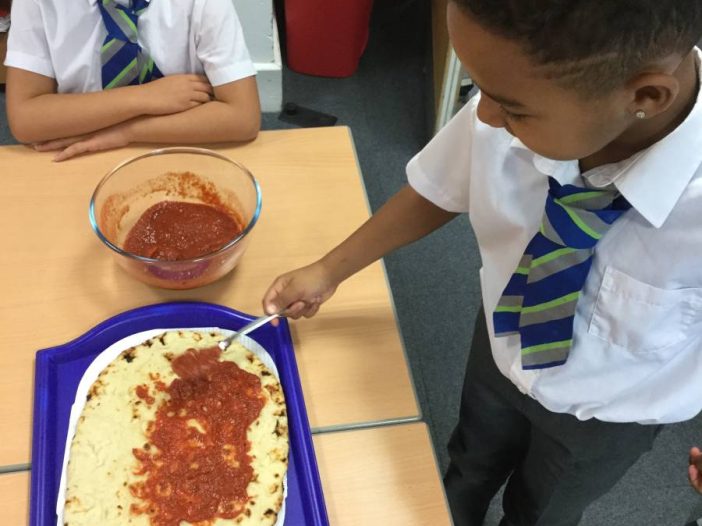
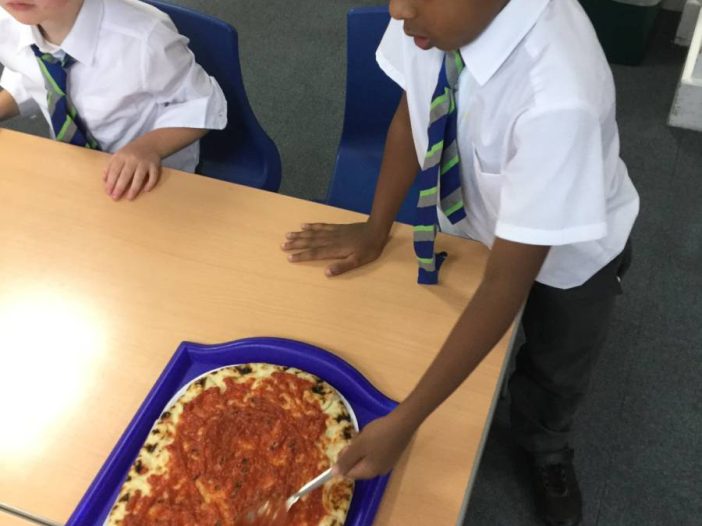
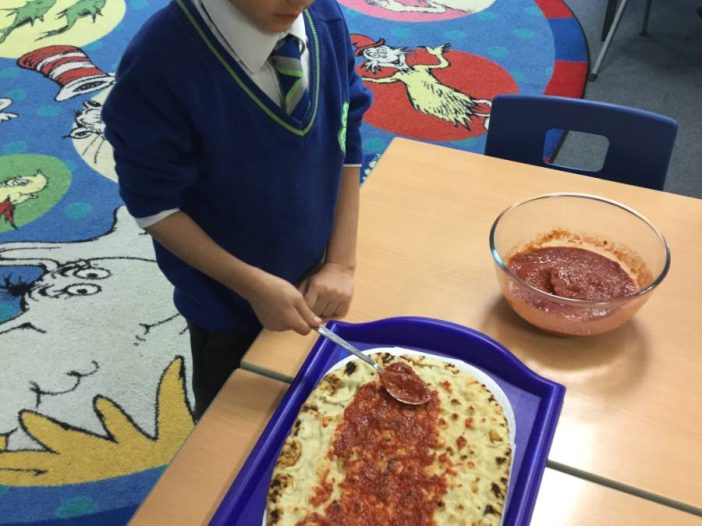
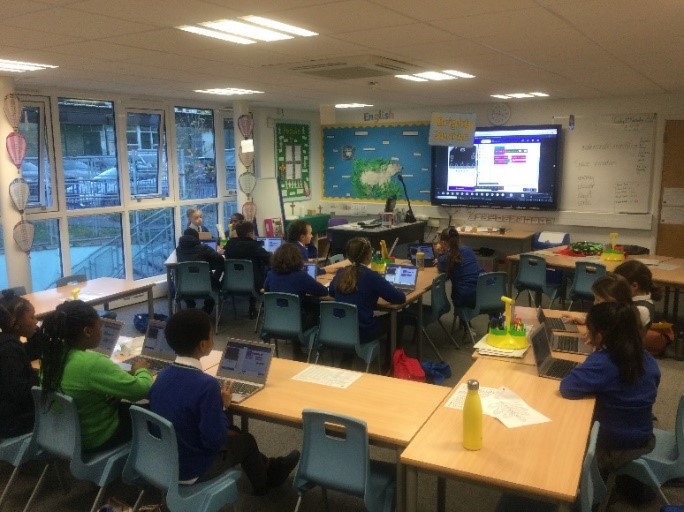
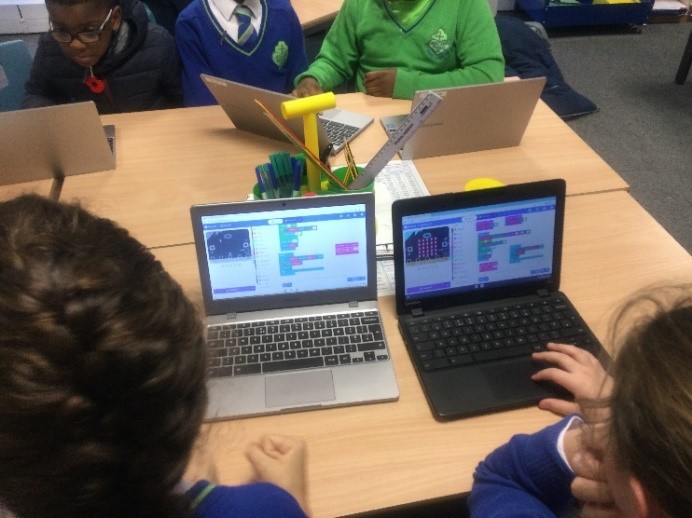
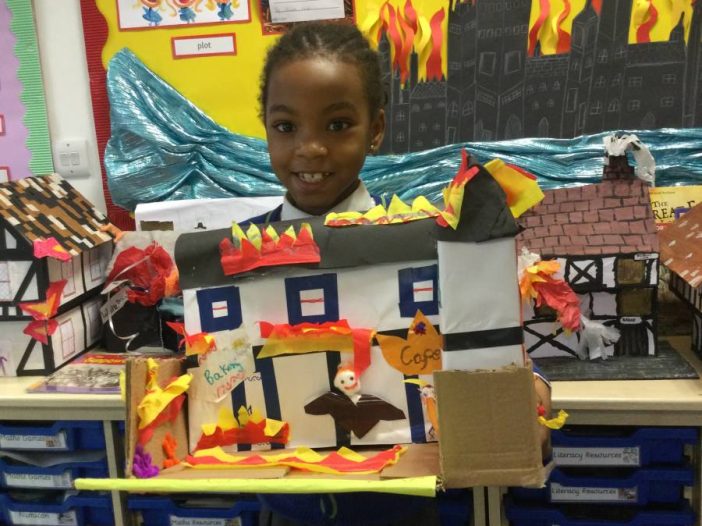
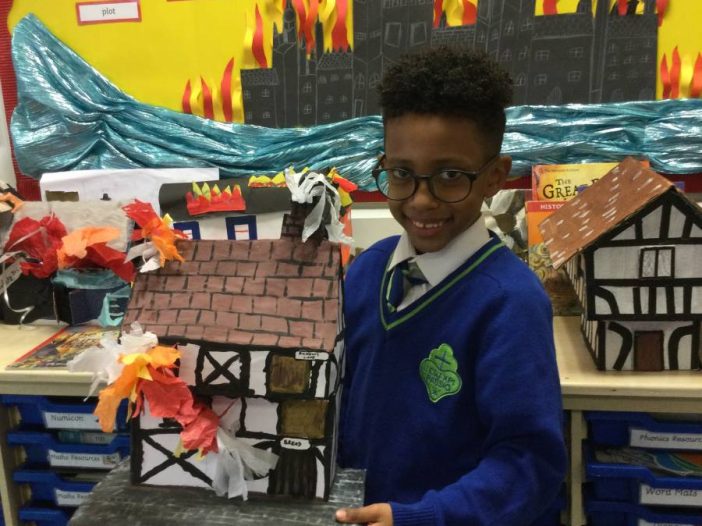
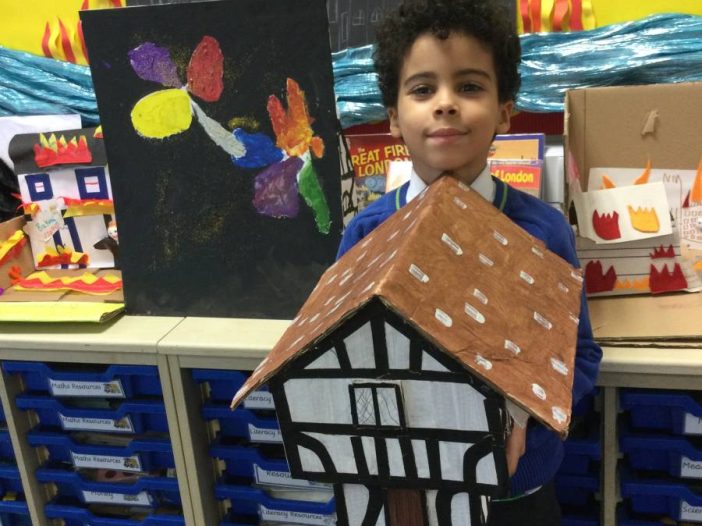
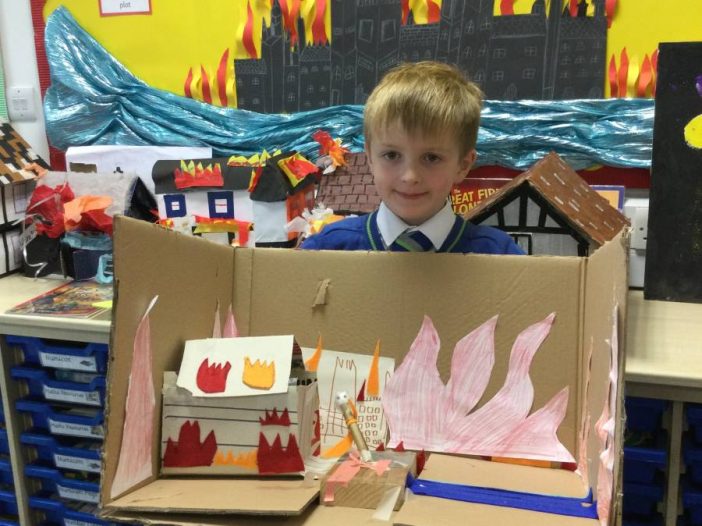
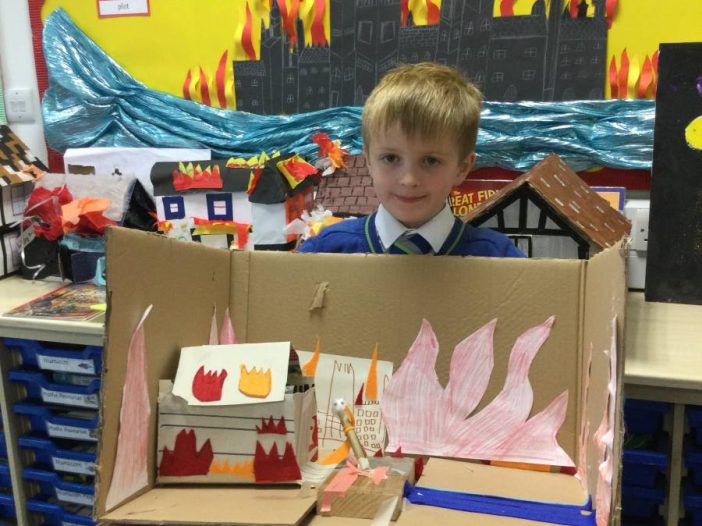
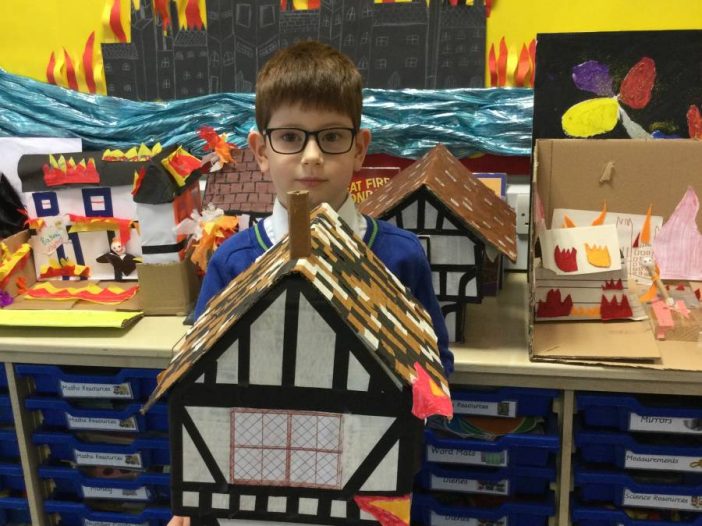
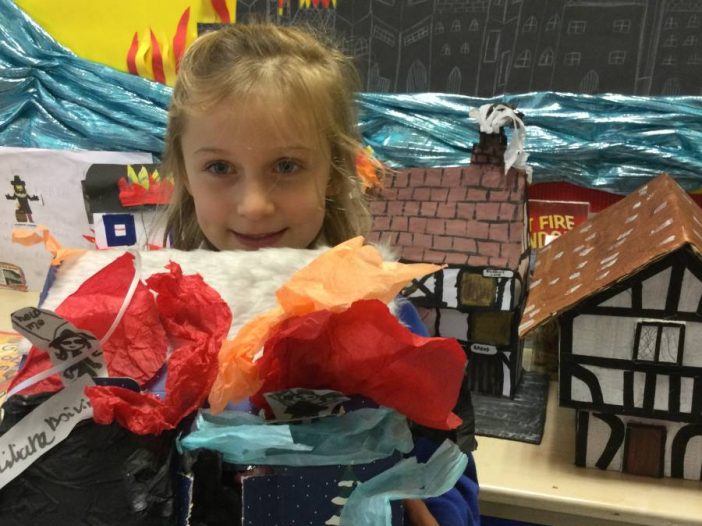
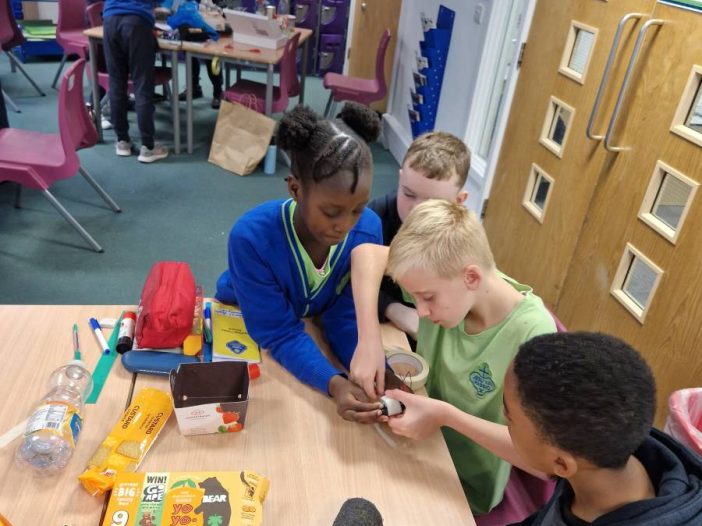
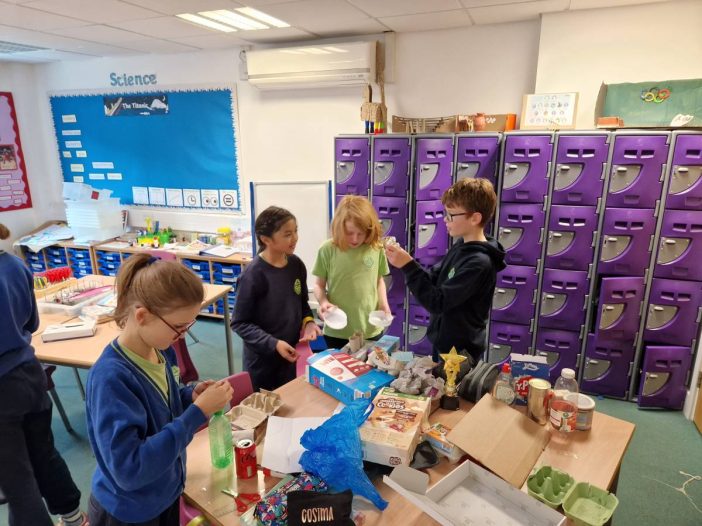
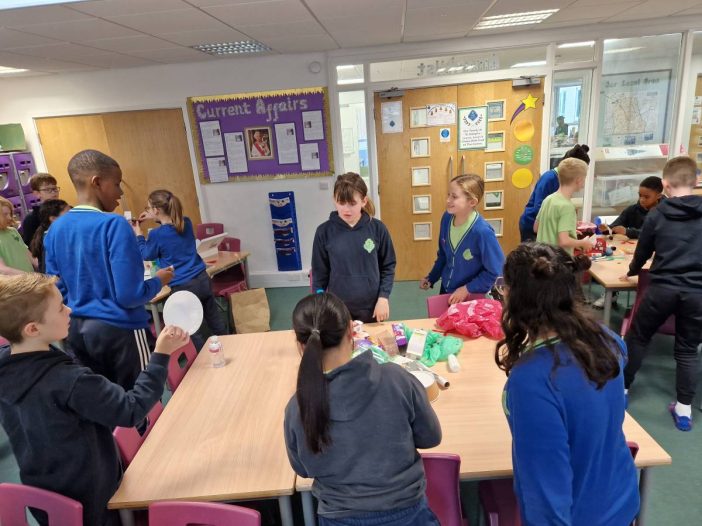
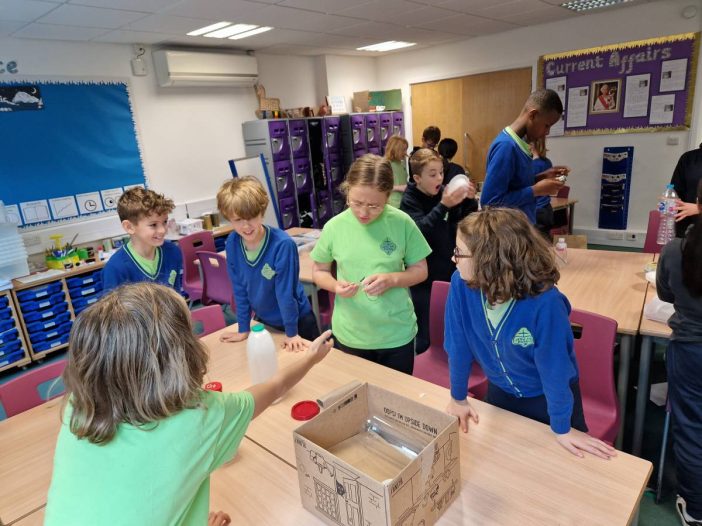
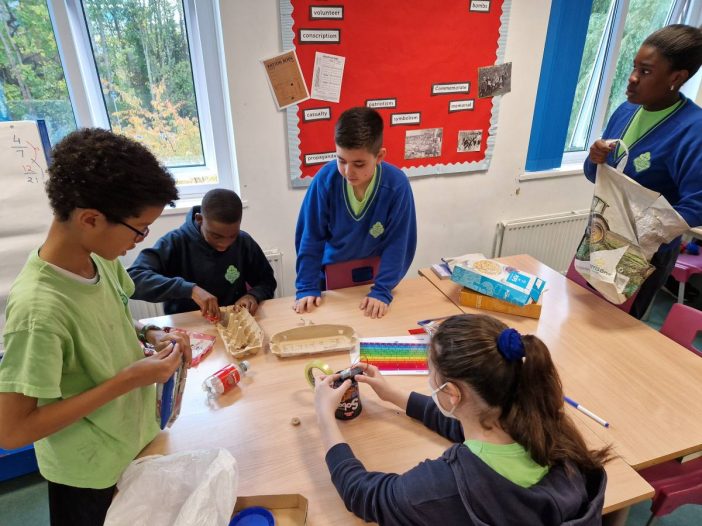
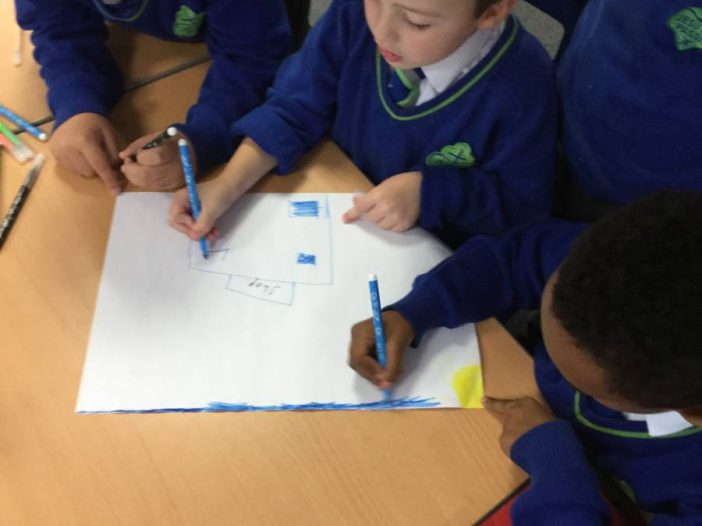
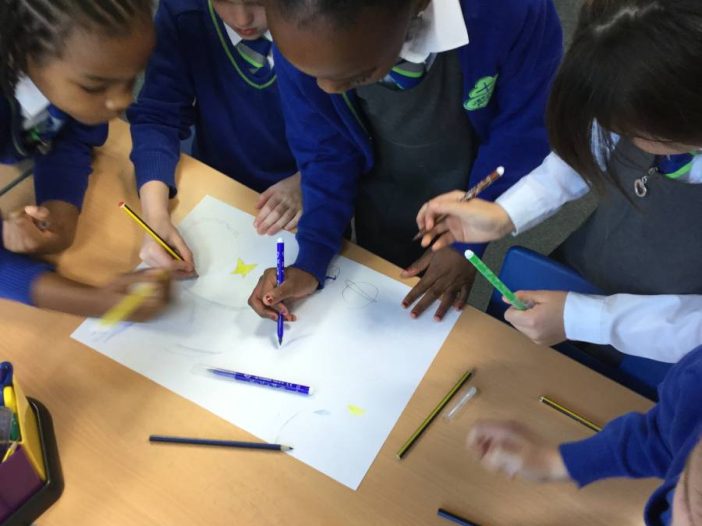
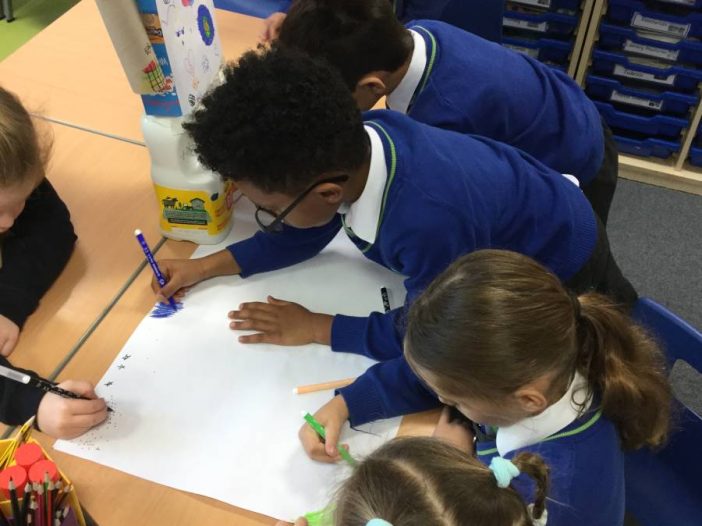
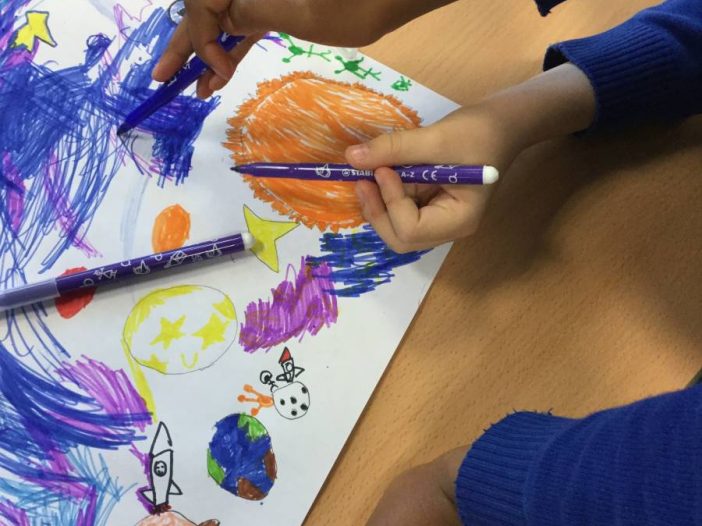
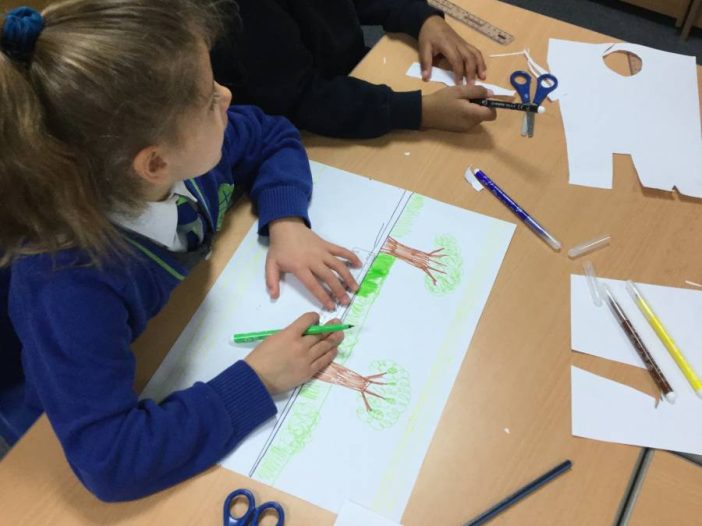
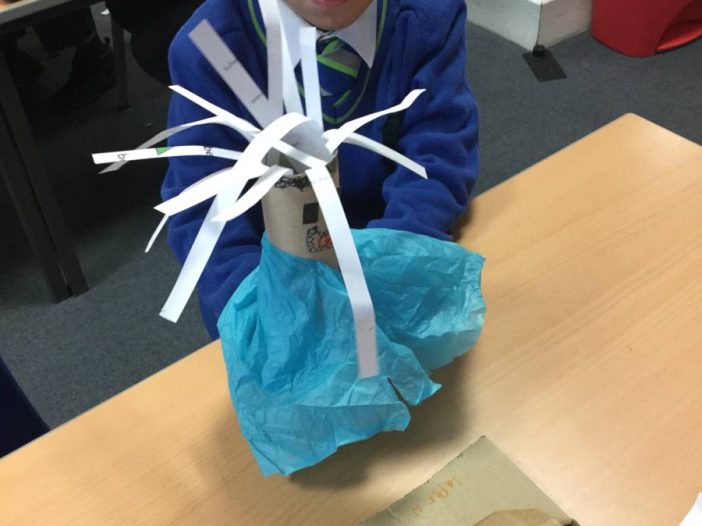
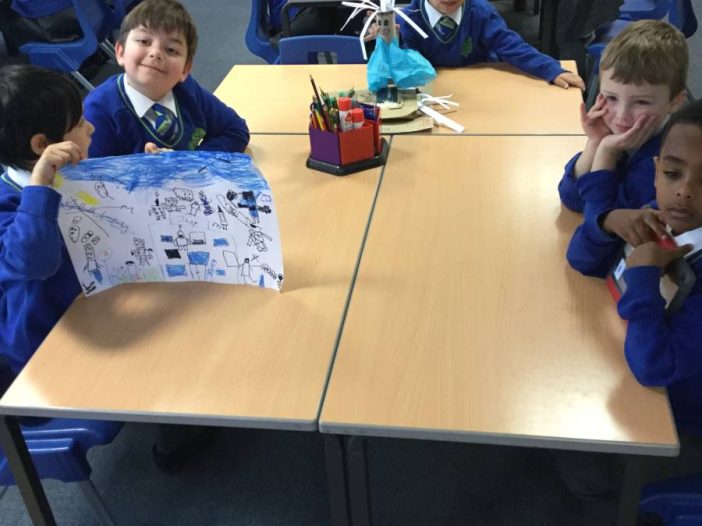
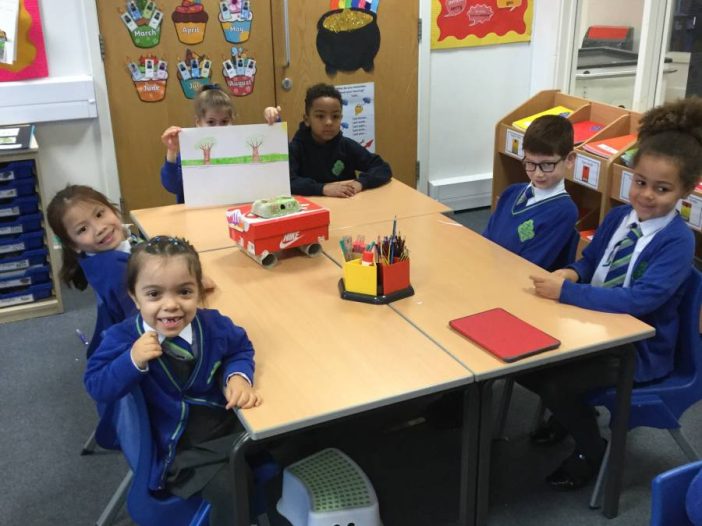
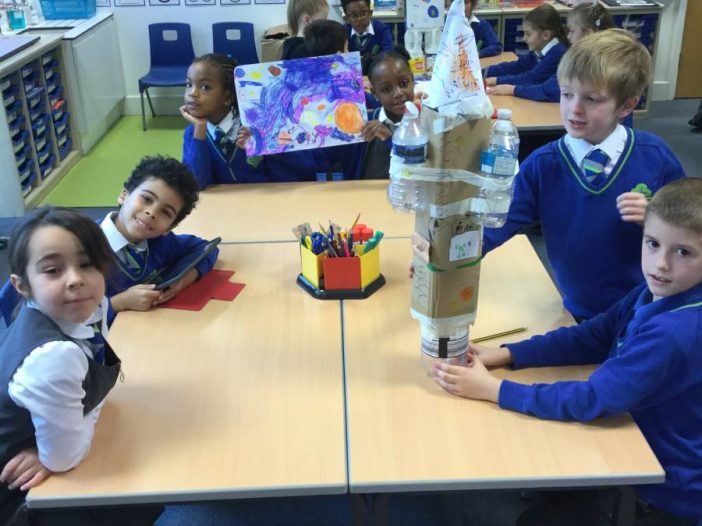
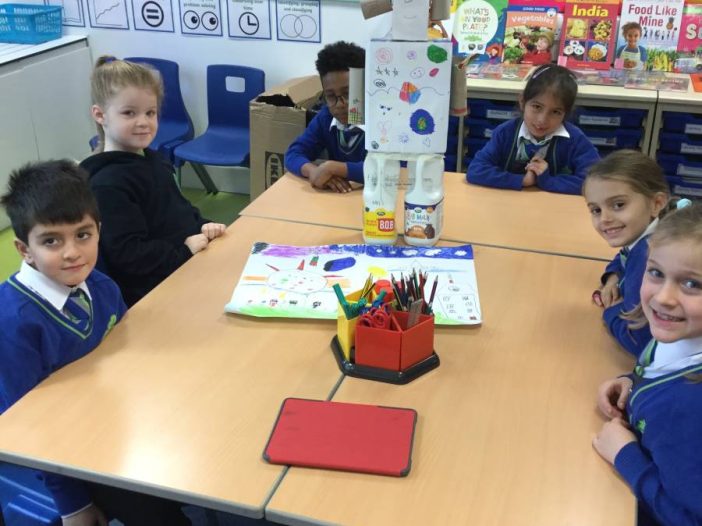

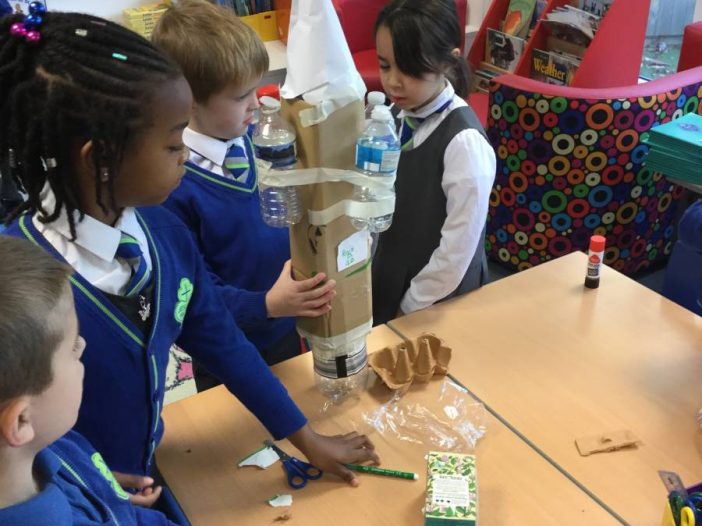

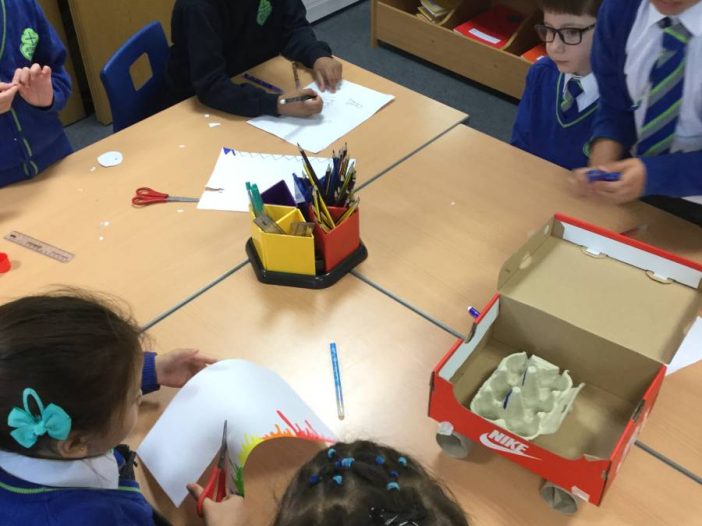
![IMG_2863[1]](https://st-josephs.islington.sch.uk/wp-content/uploads/2022/11/IMG_28631-702x526.jpg)
![IMG_2859[1]](https://st-josephs.islington.sch.uk/wp-content/uploads/2022/11/IMG_28591-702x526.jpg)
![IMG_2850[1]](https://st-josephs.islington.sch.uk/wp-content/uploads/2022/11/IMG_28501-702x526.jpg)
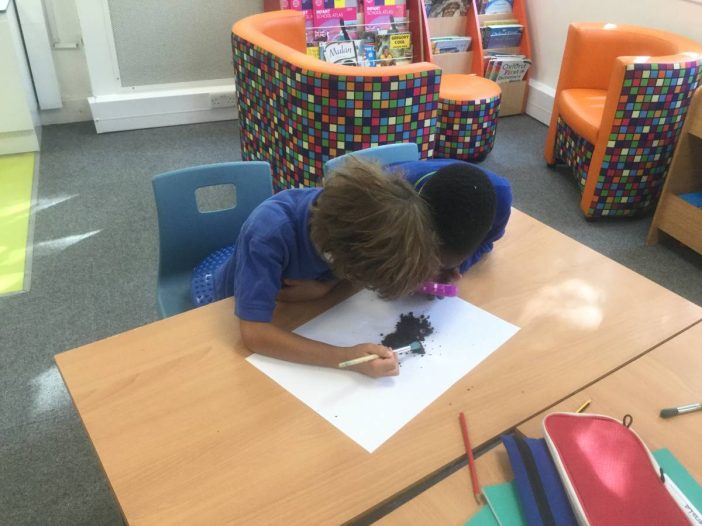
![IMG_2855[1]](https://st-josephs.islington.sch.uk/wp-content/uploads/2022/11/IMG_28551-702x526.jpg)
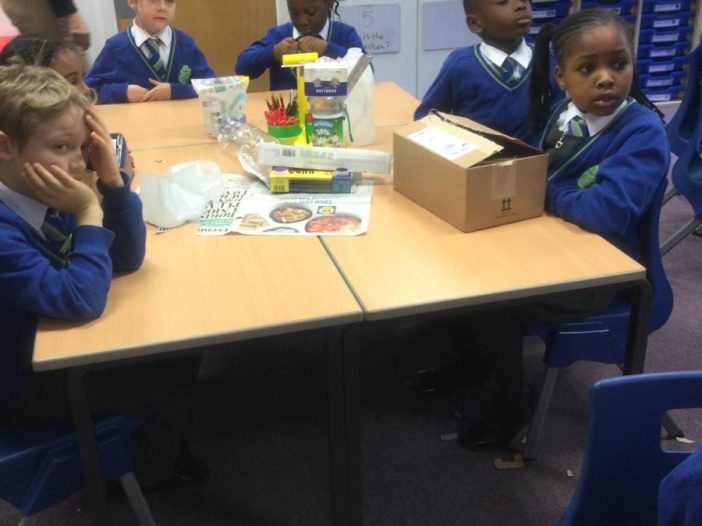
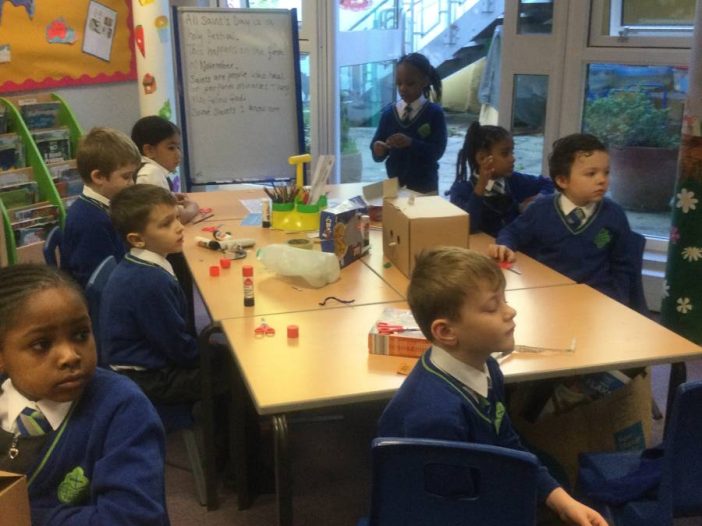
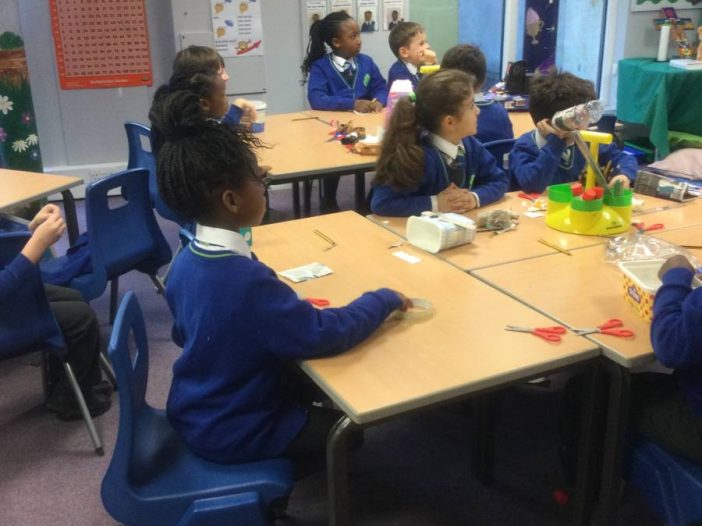
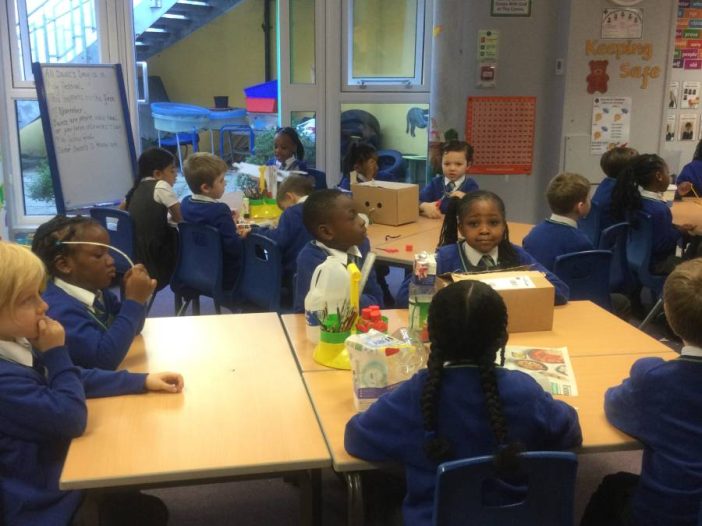
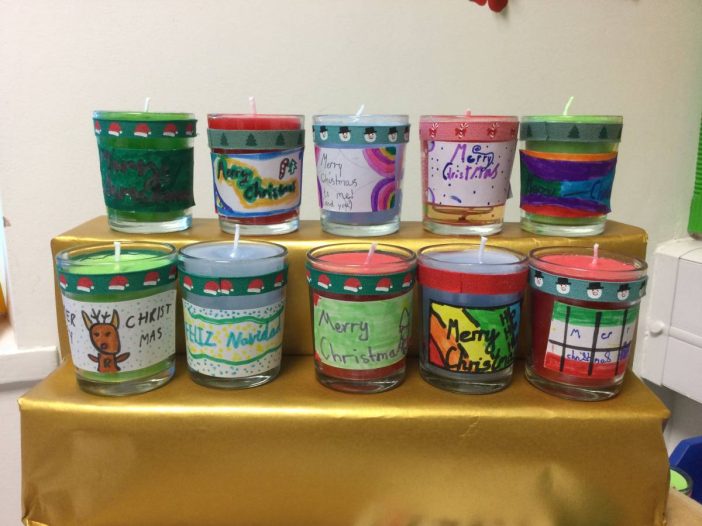
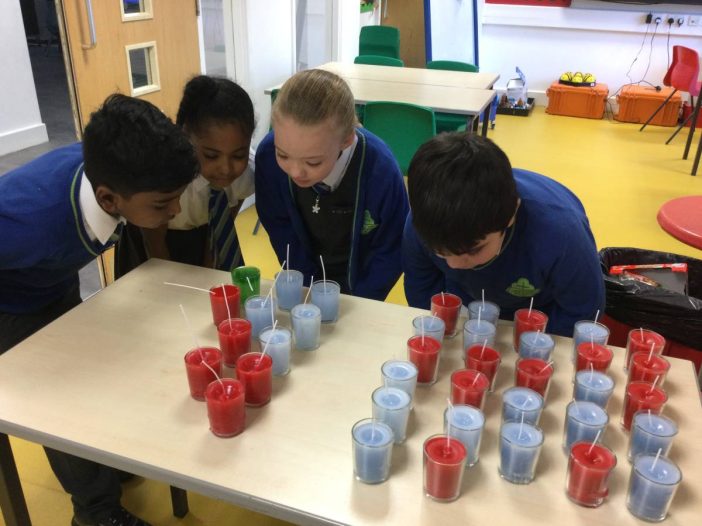
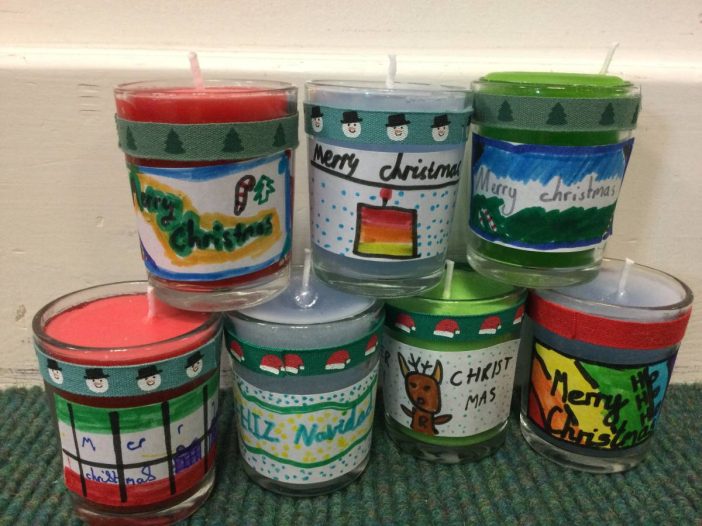
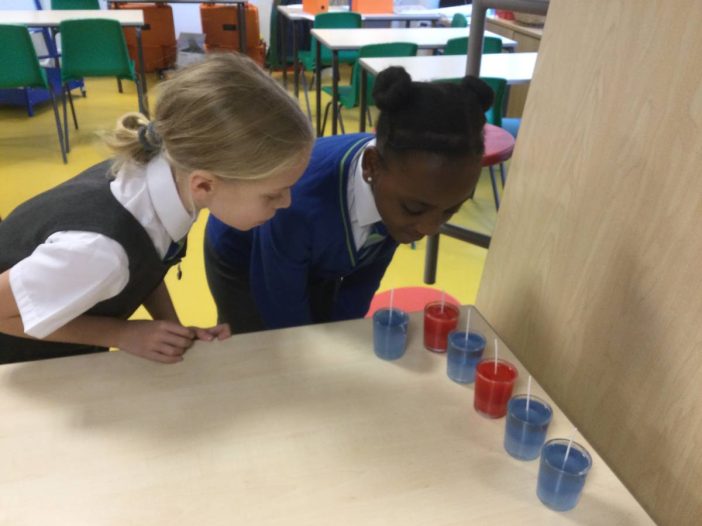
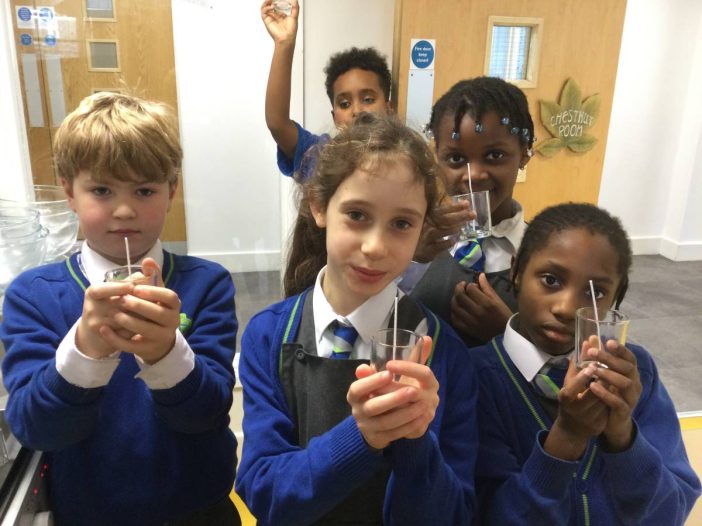
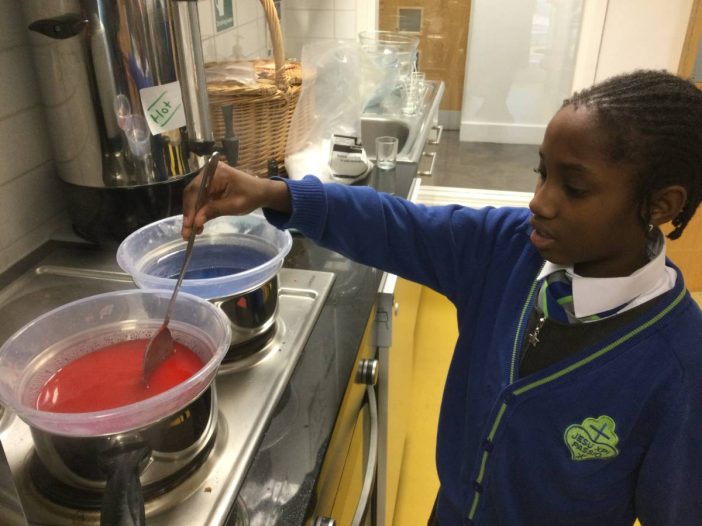
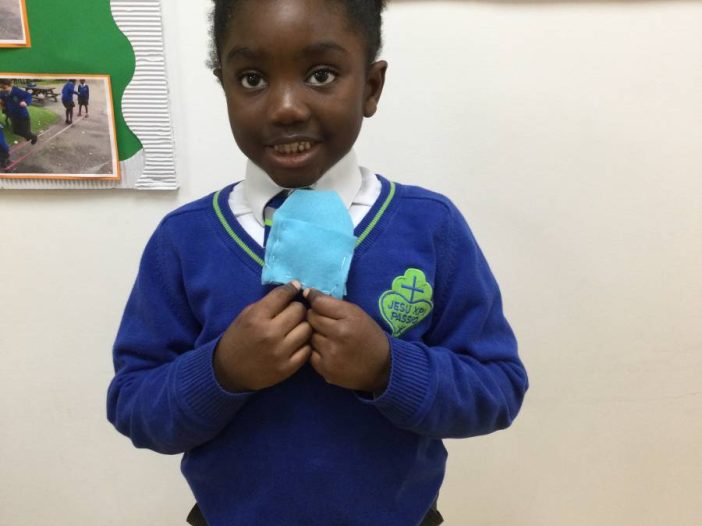
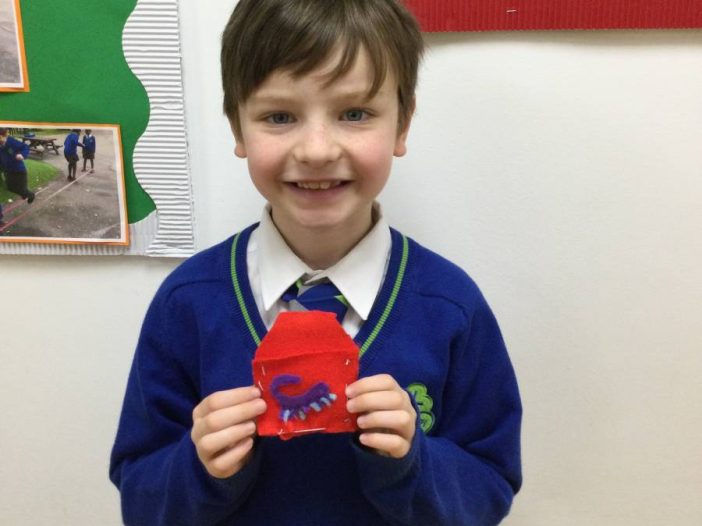
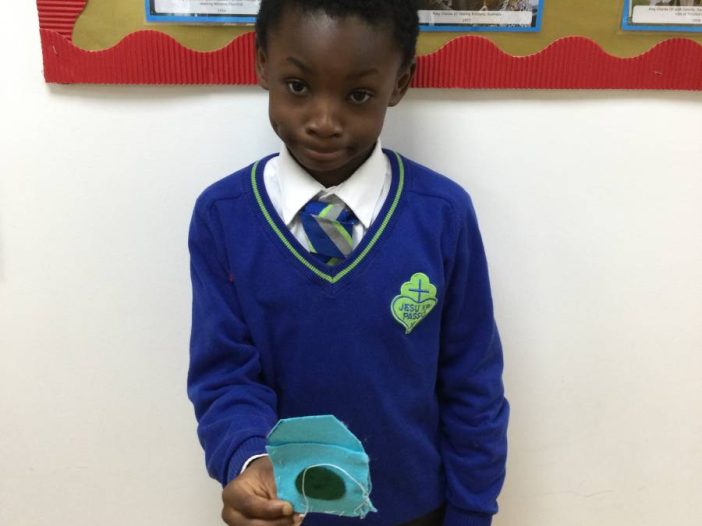
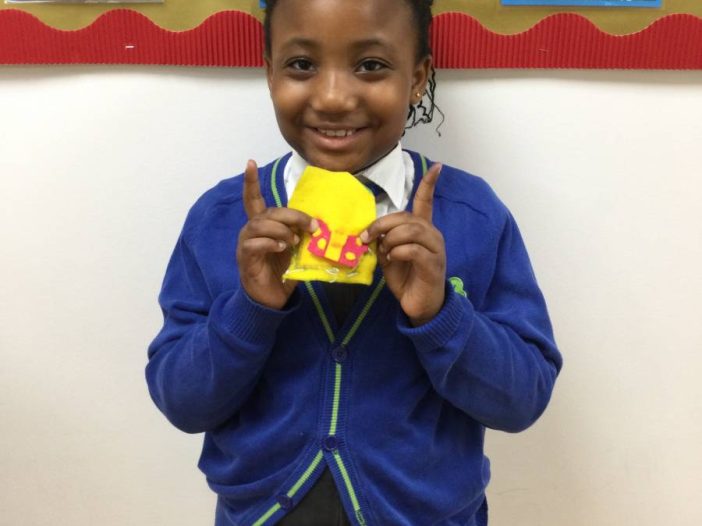
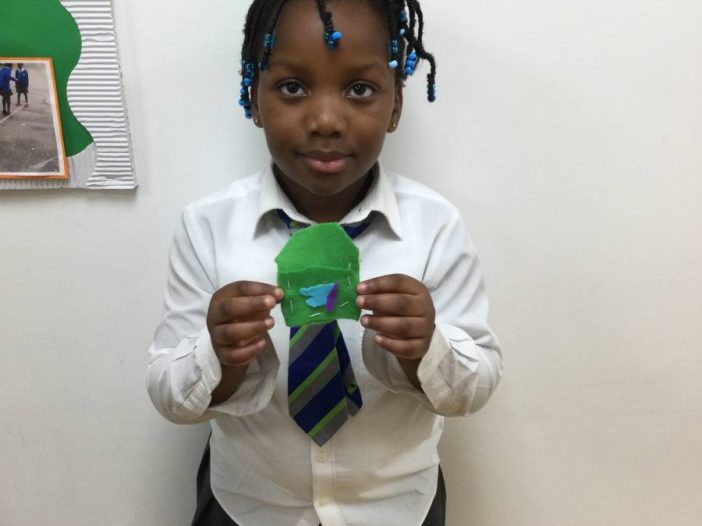
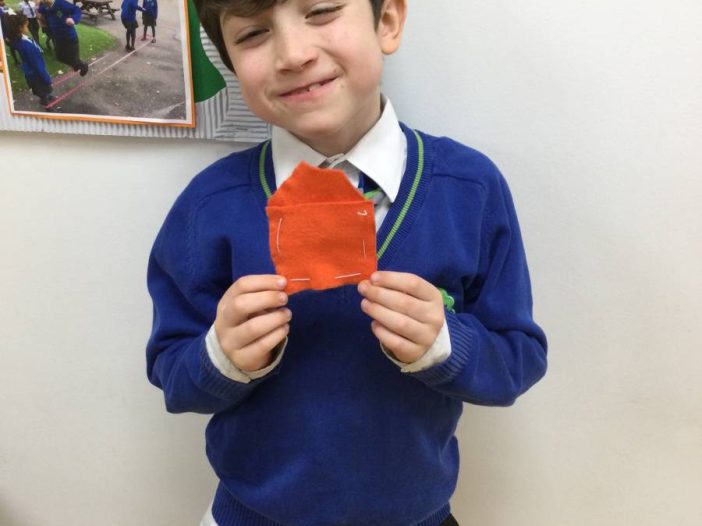
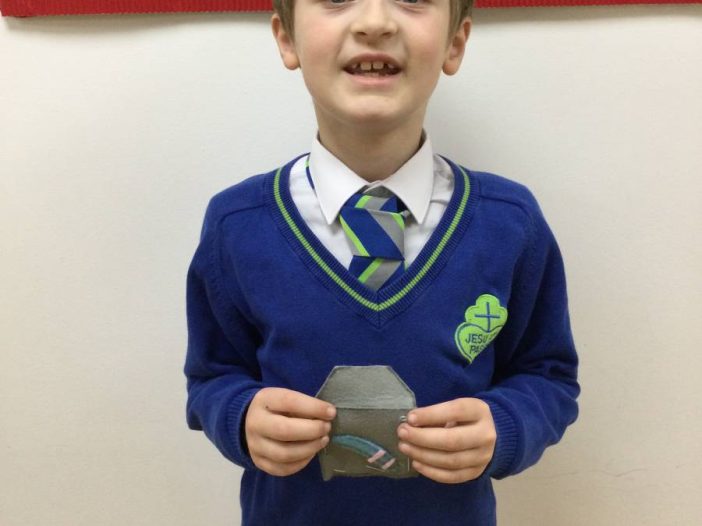
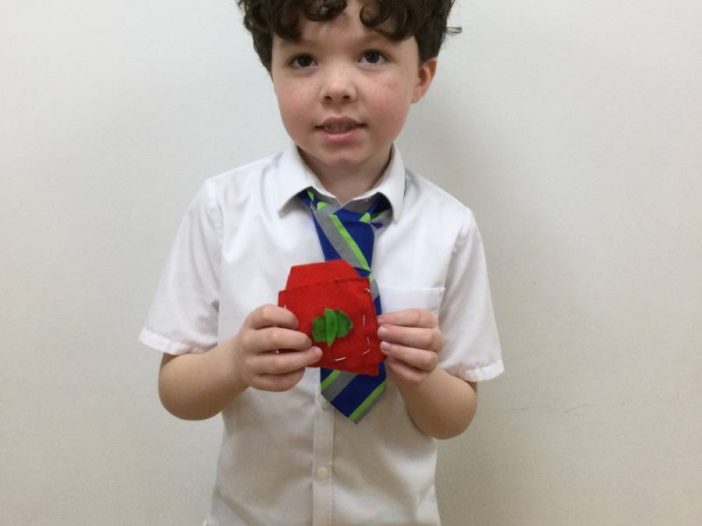
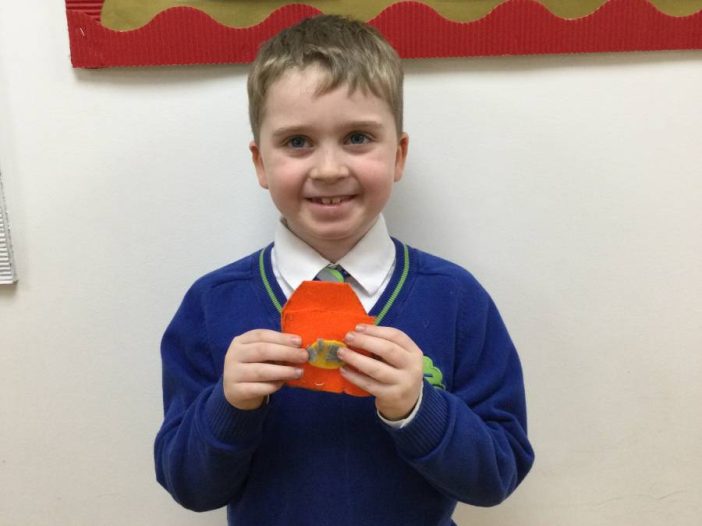
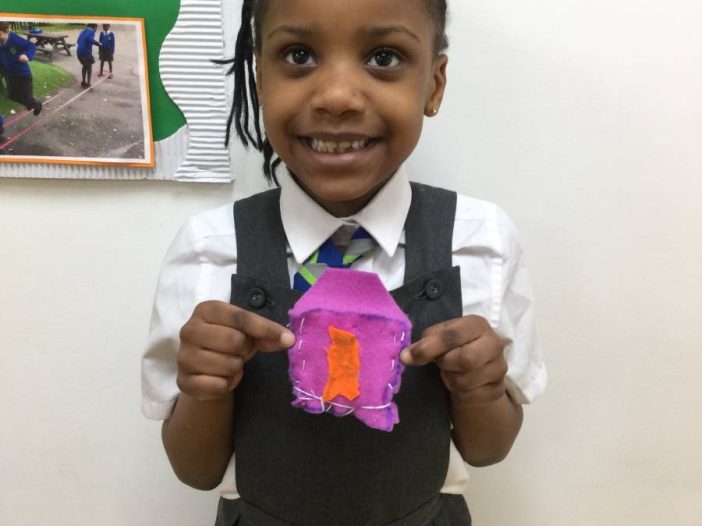
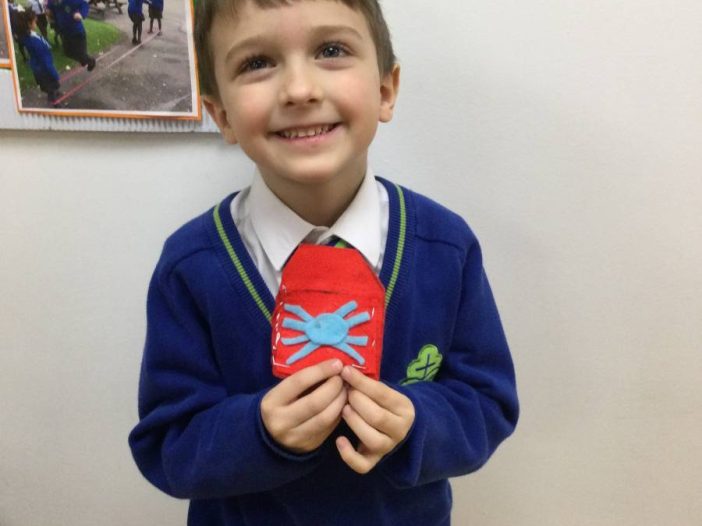
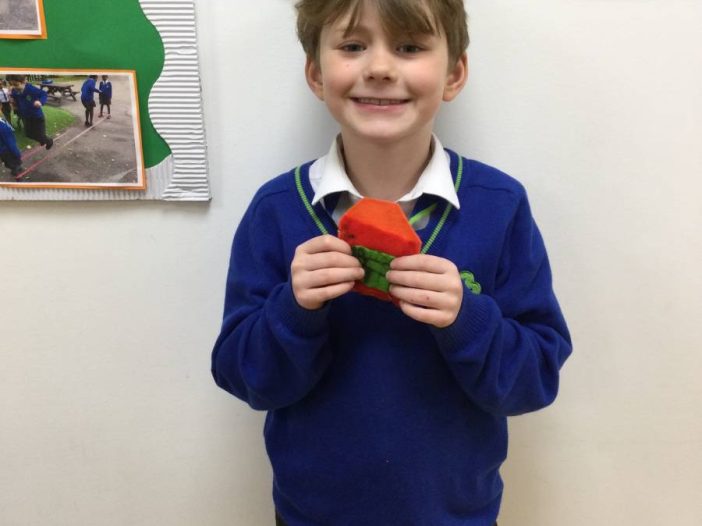
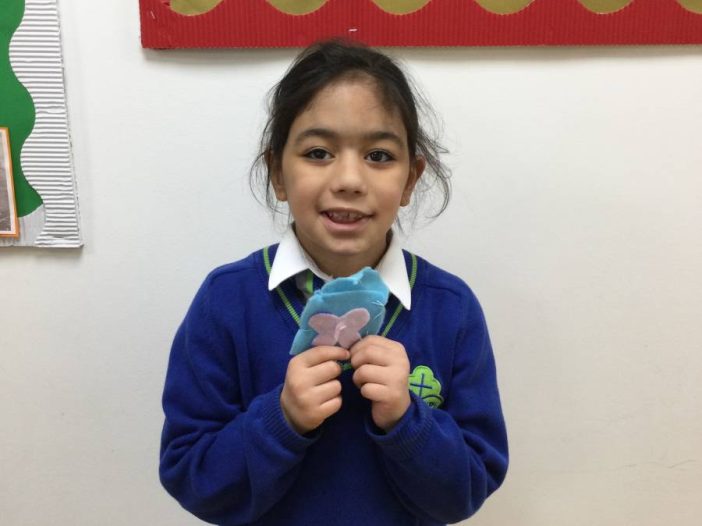
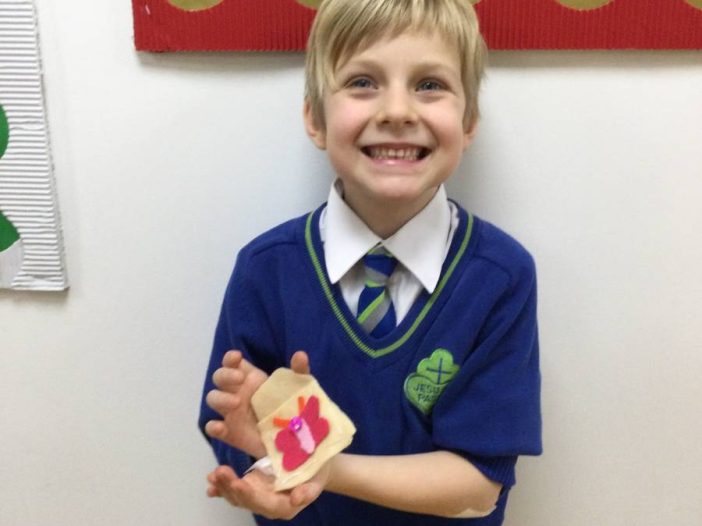
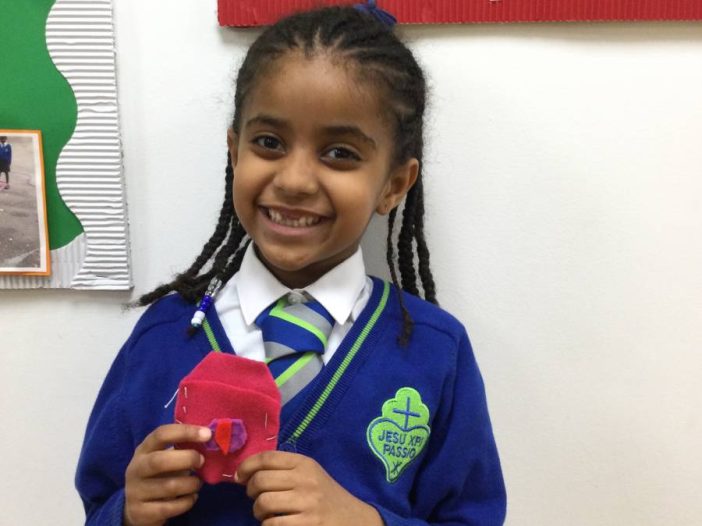
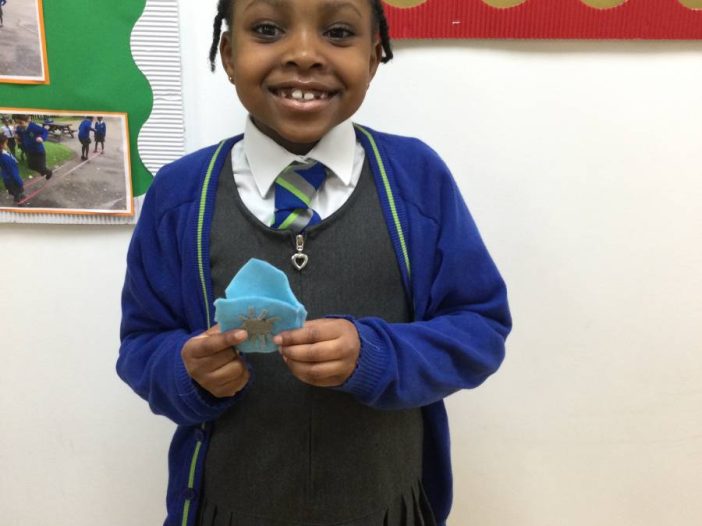
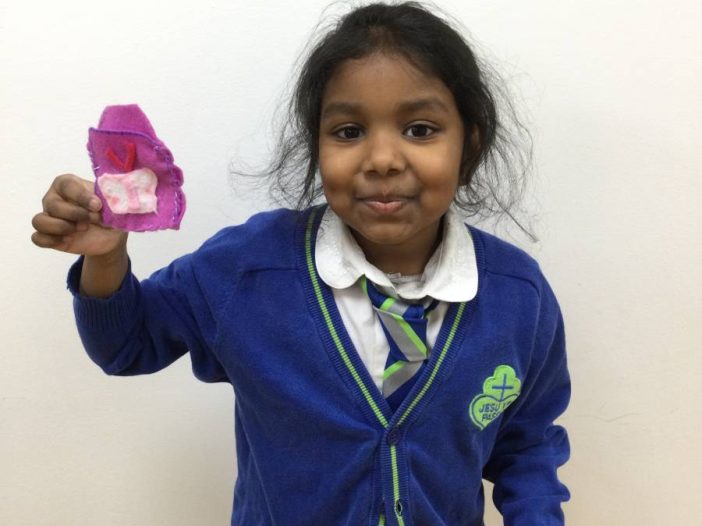
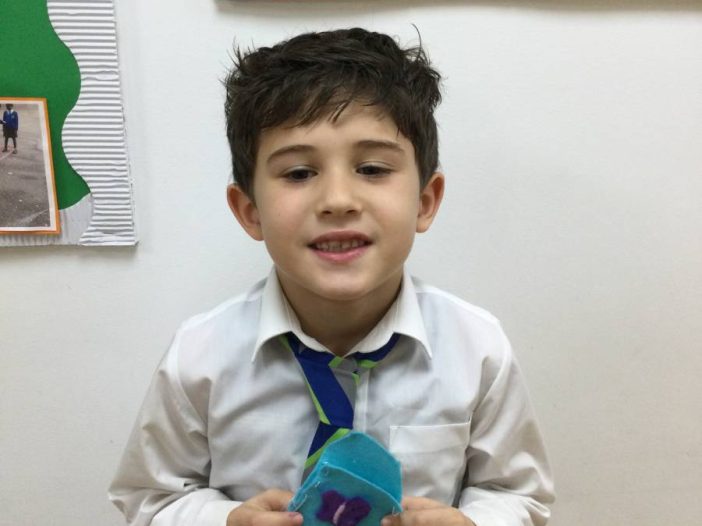
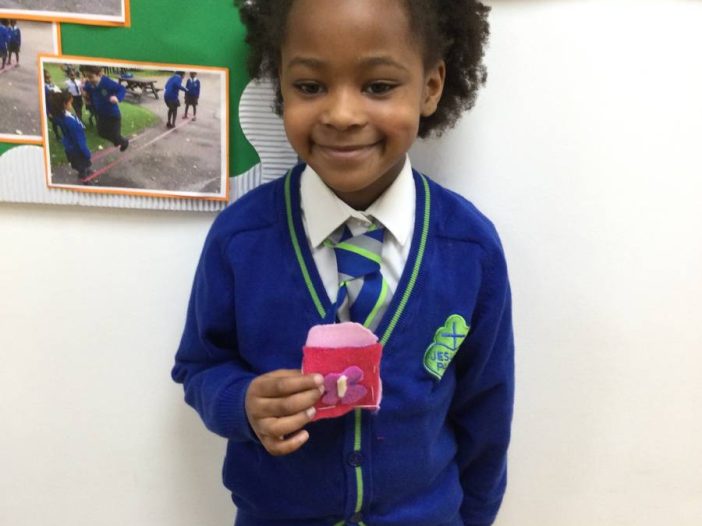
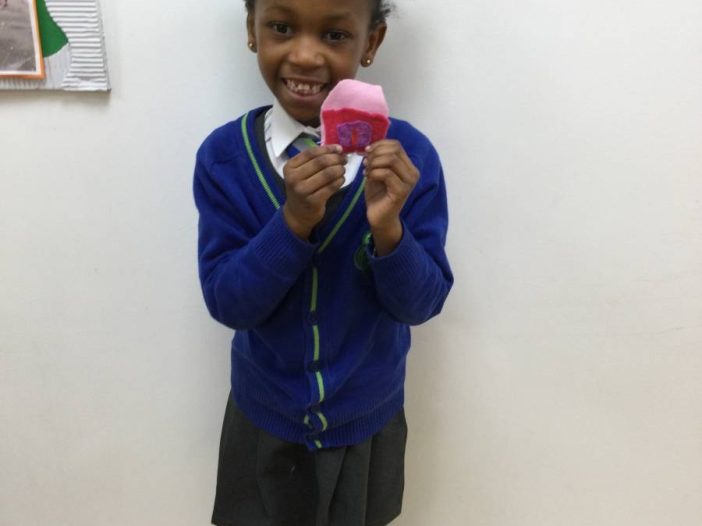
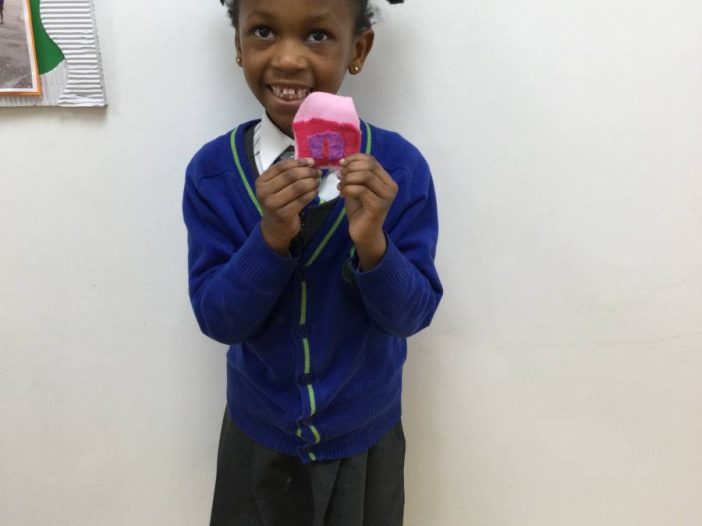
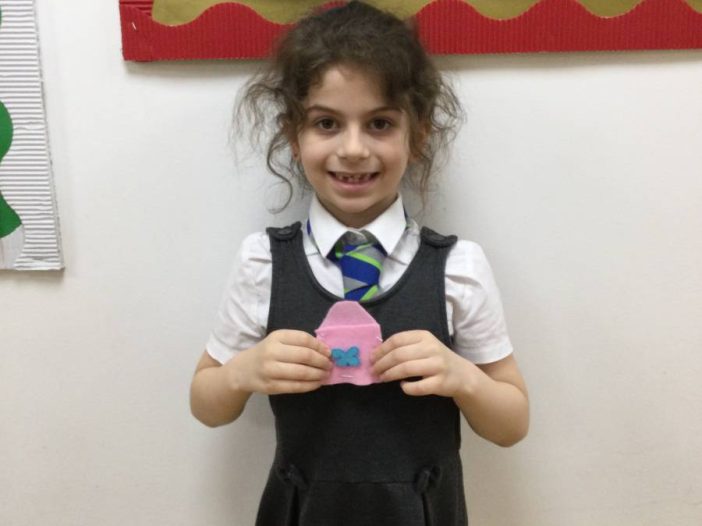
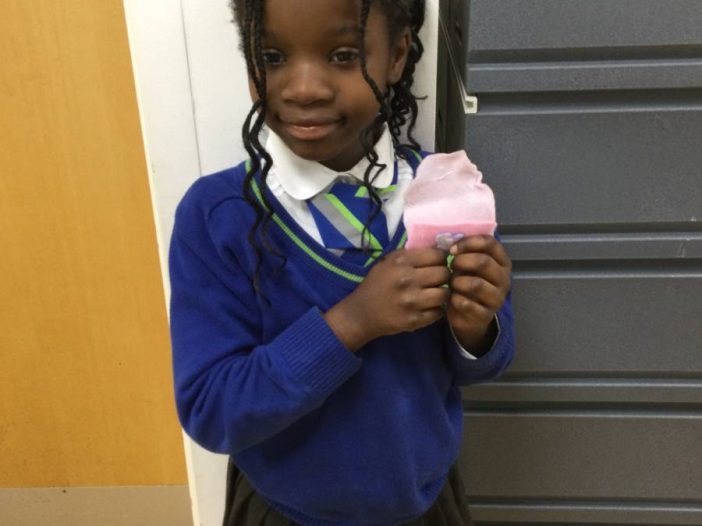
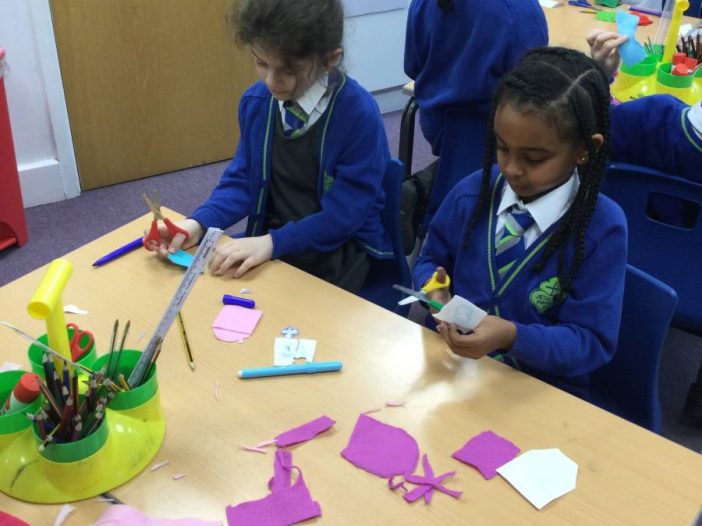



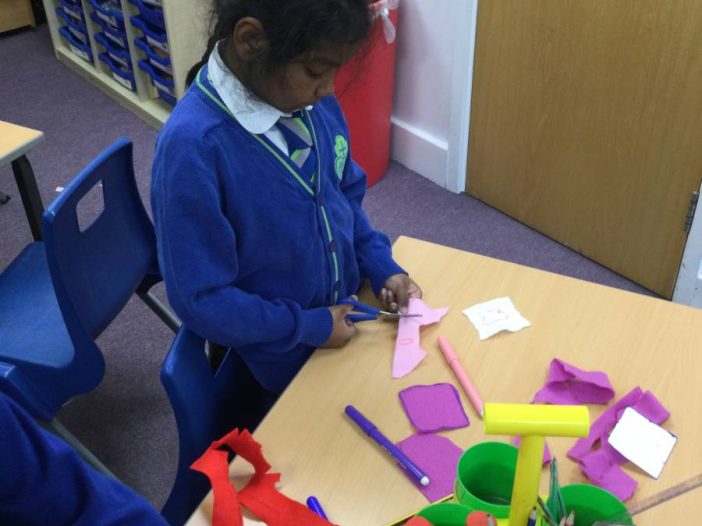
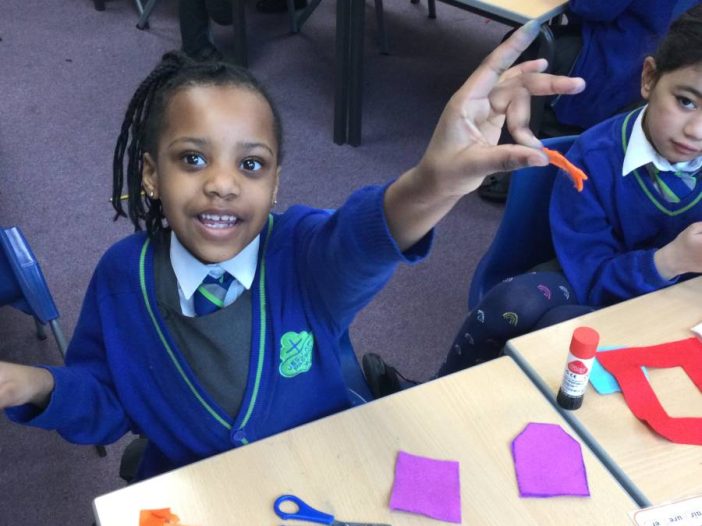
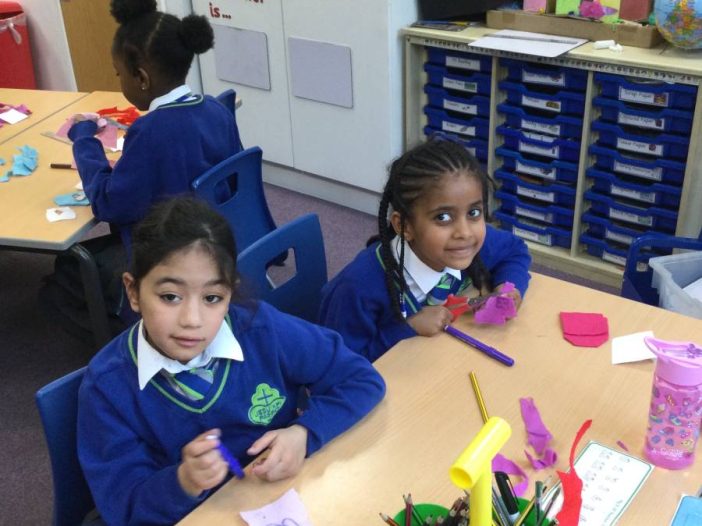

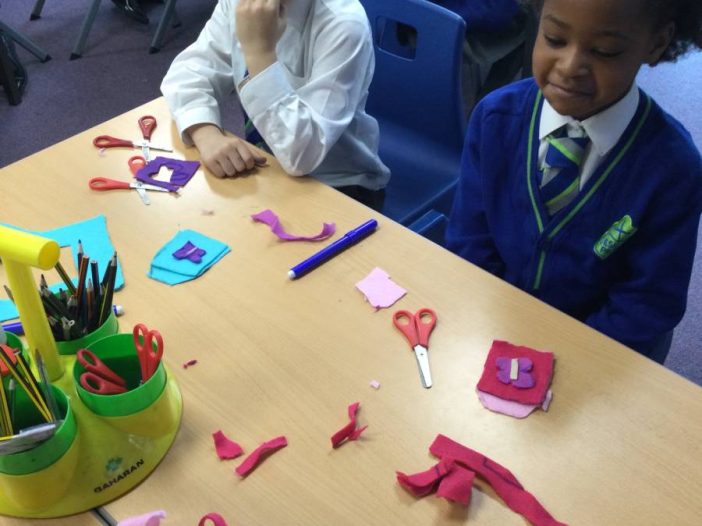
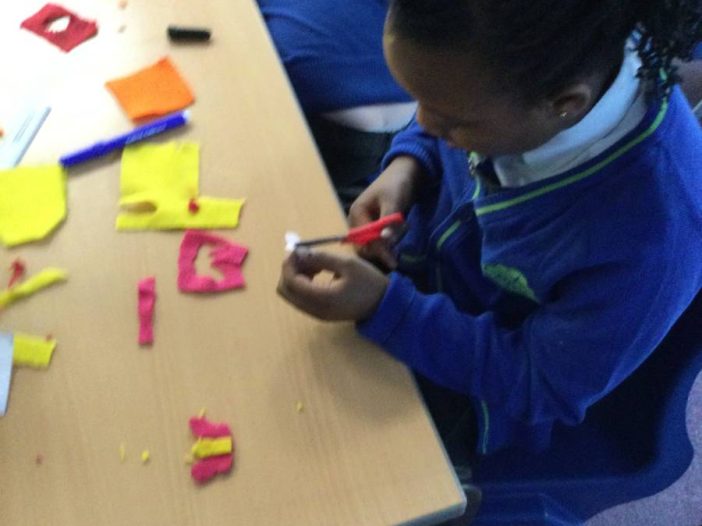
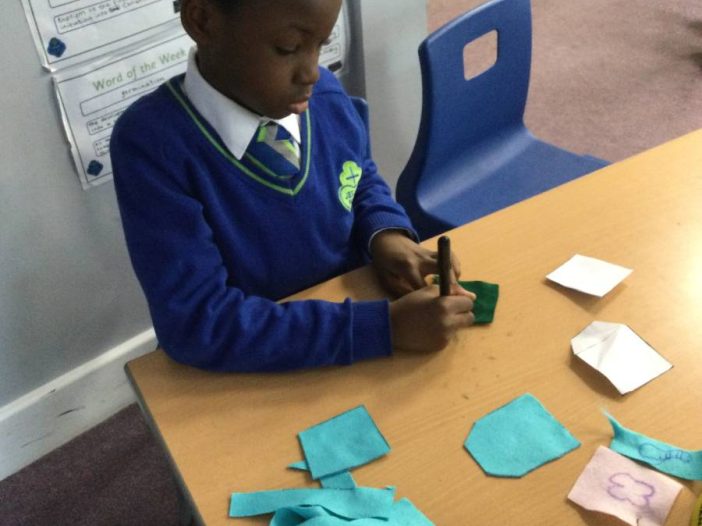
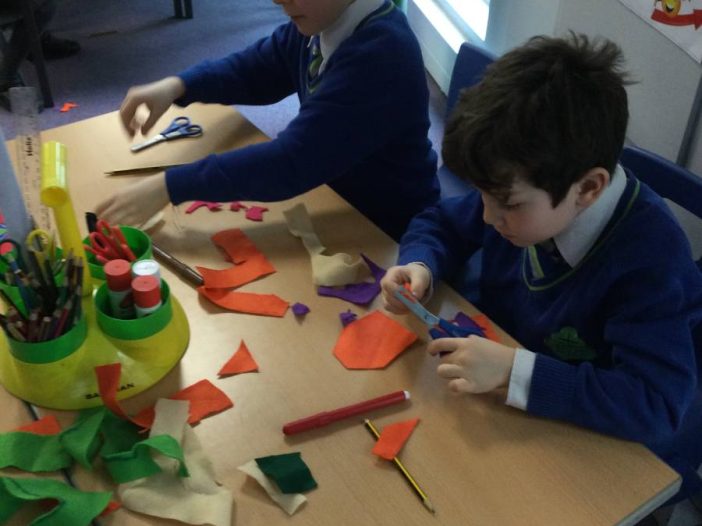
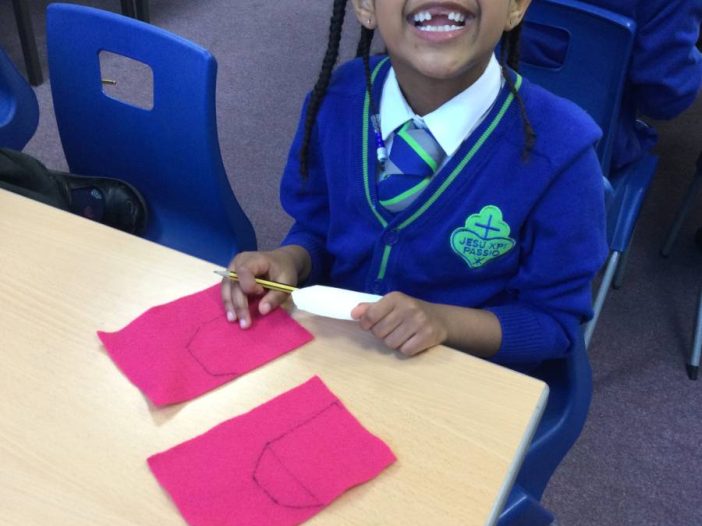
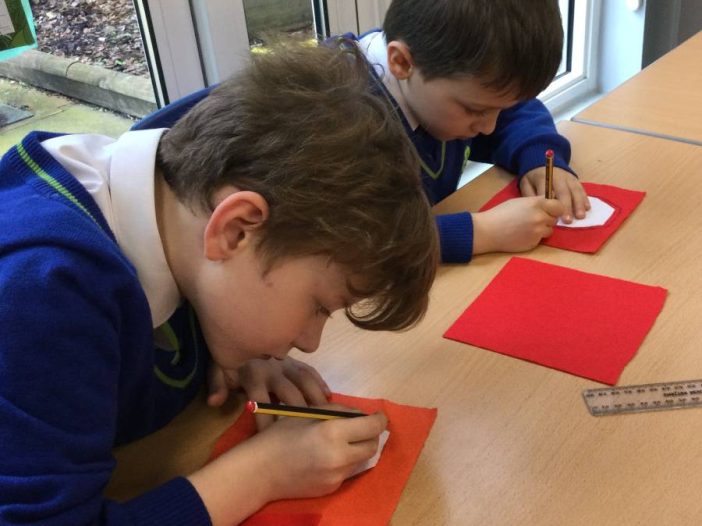
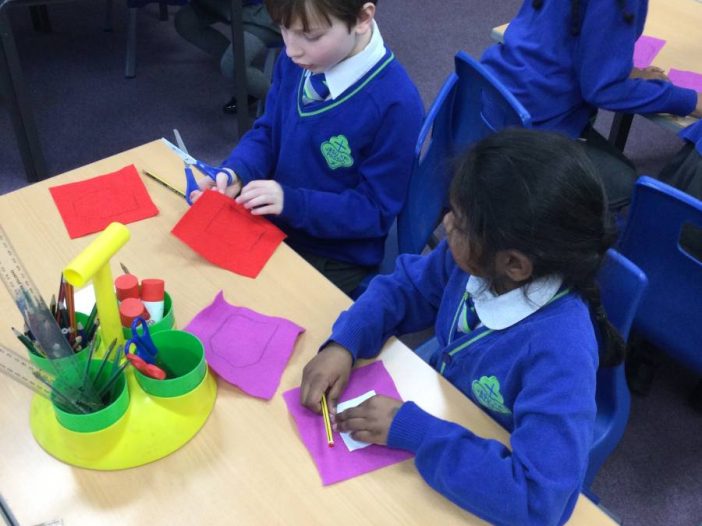
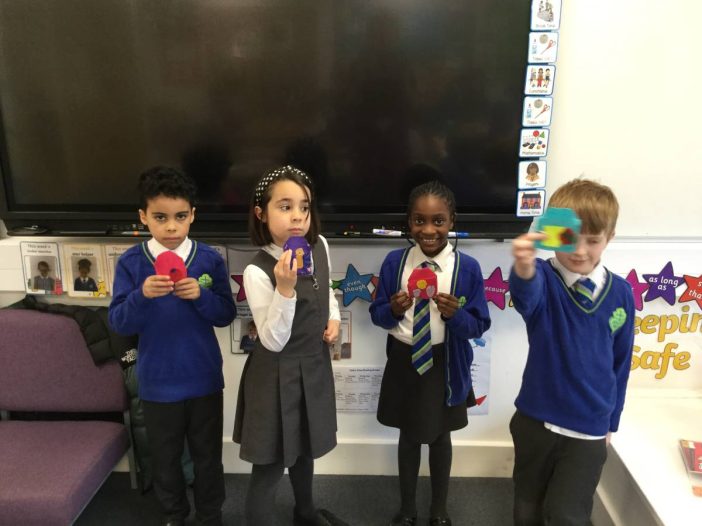
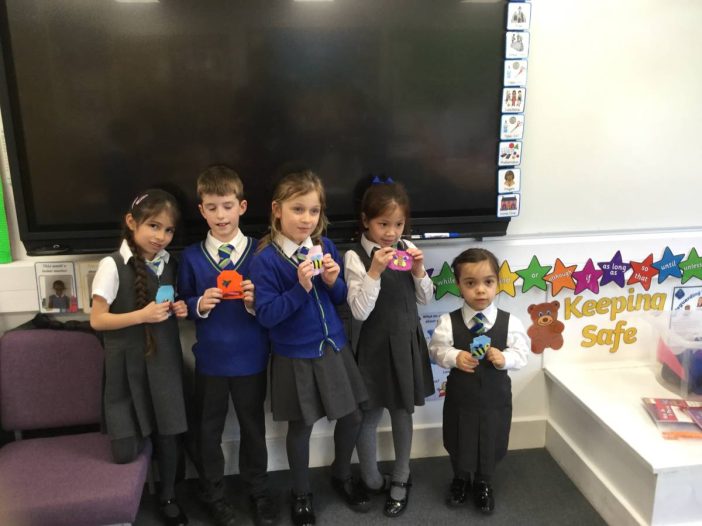
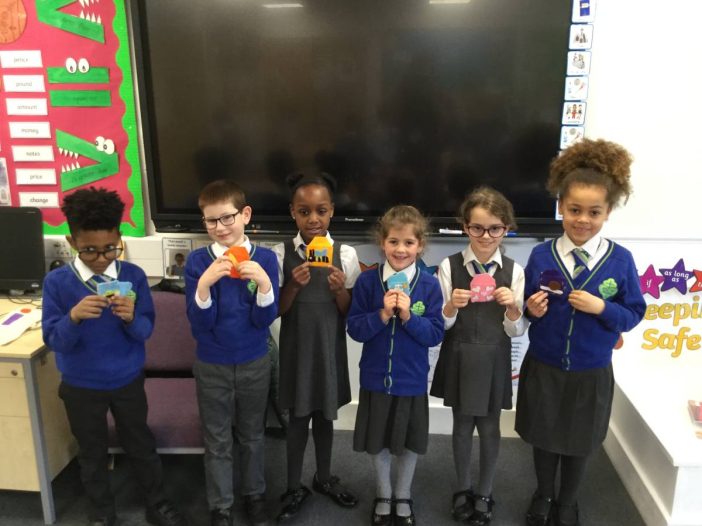
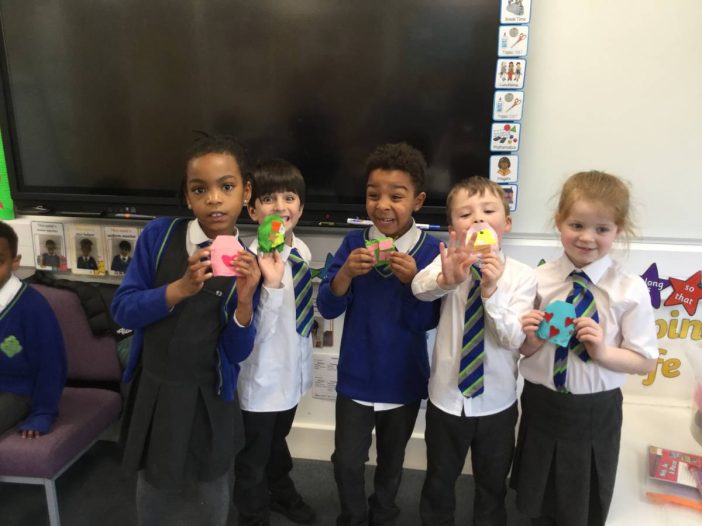
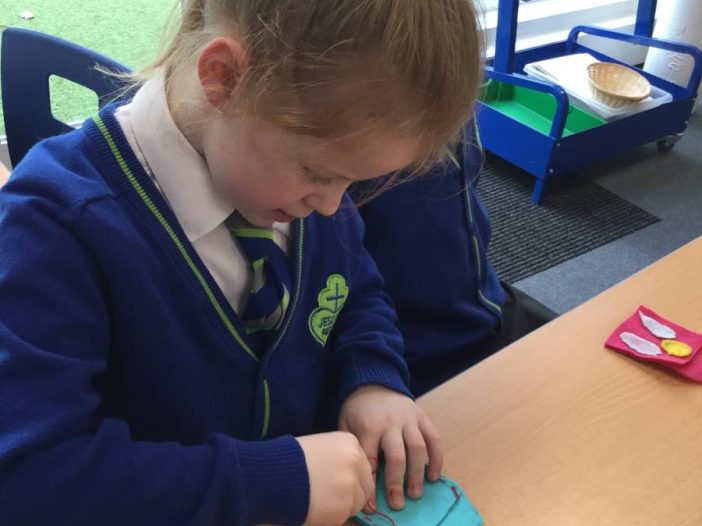
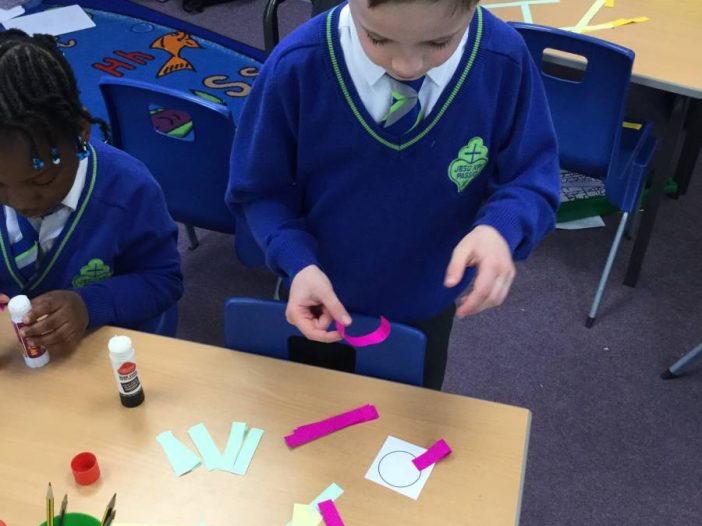

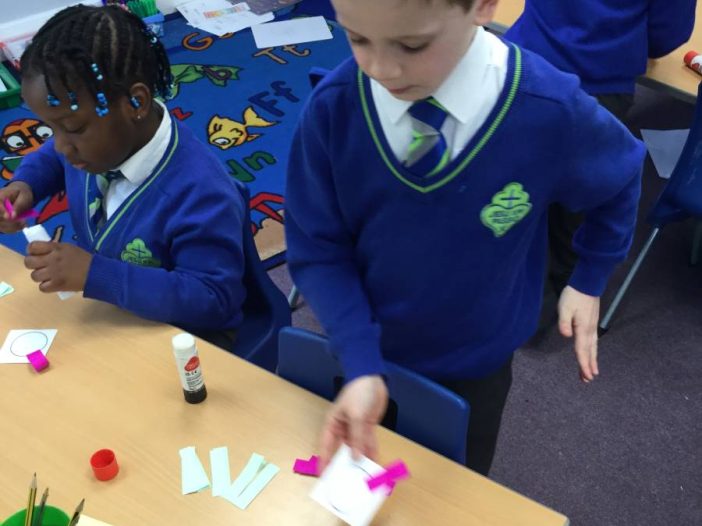

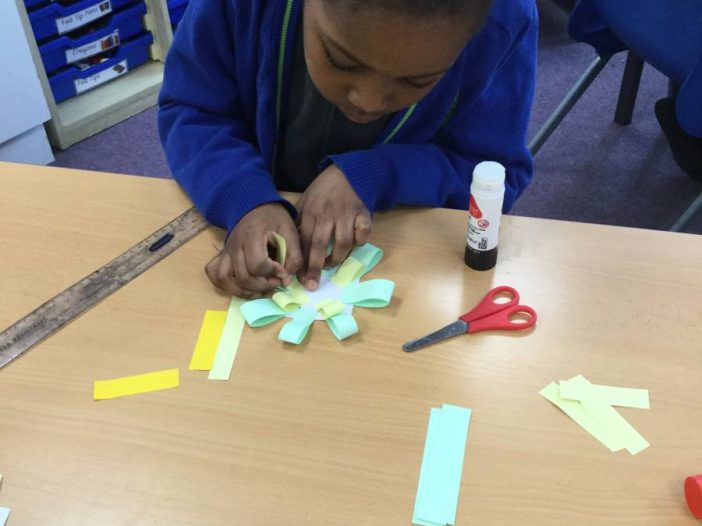
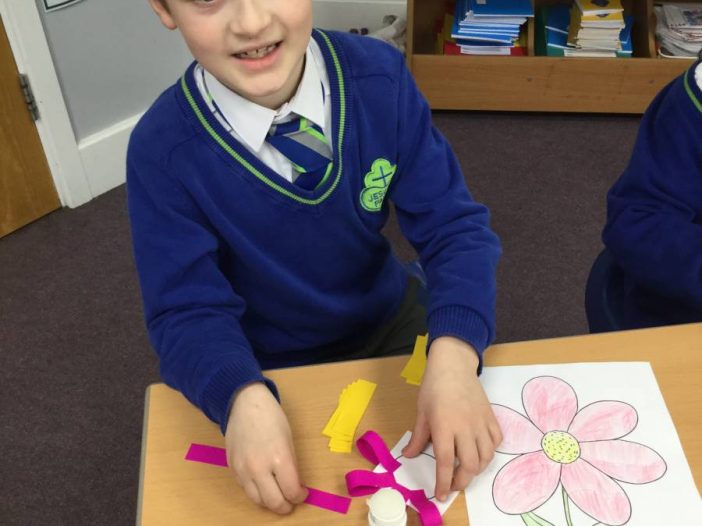
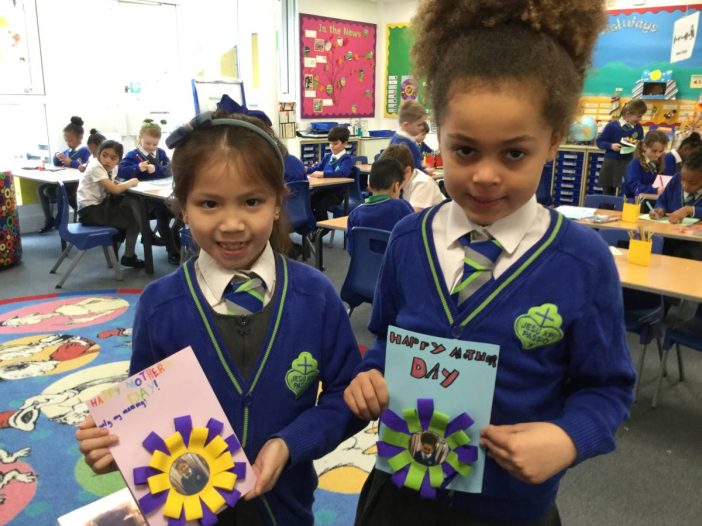
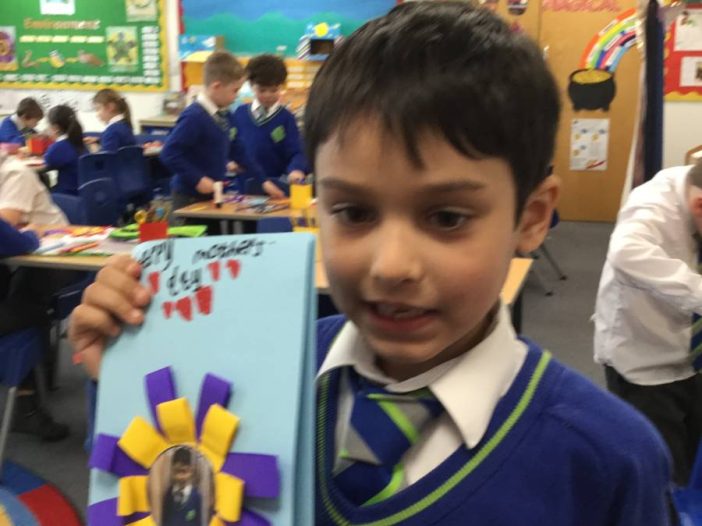
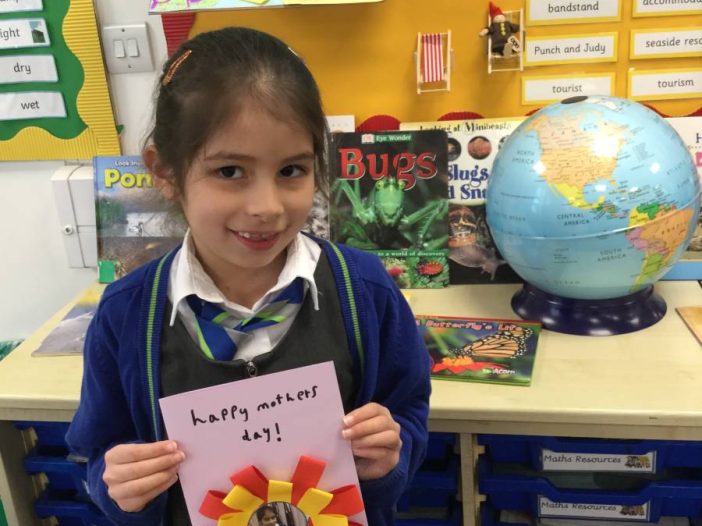
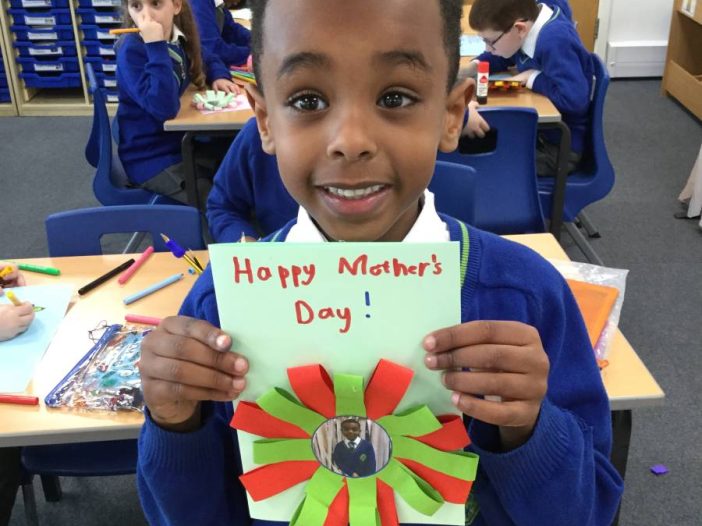
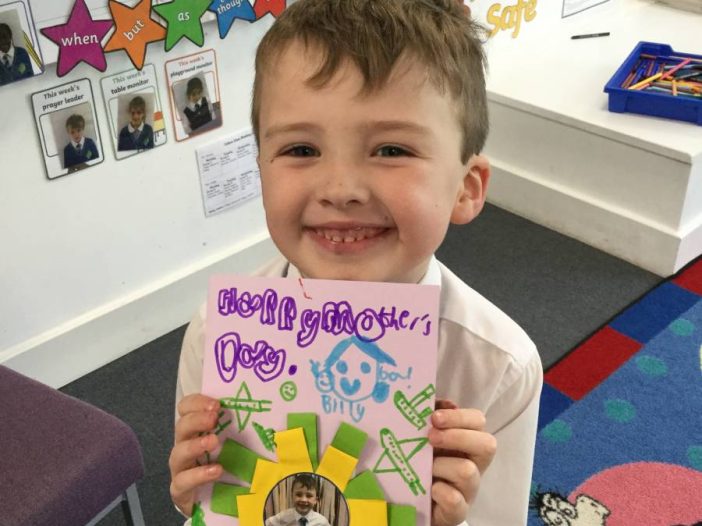

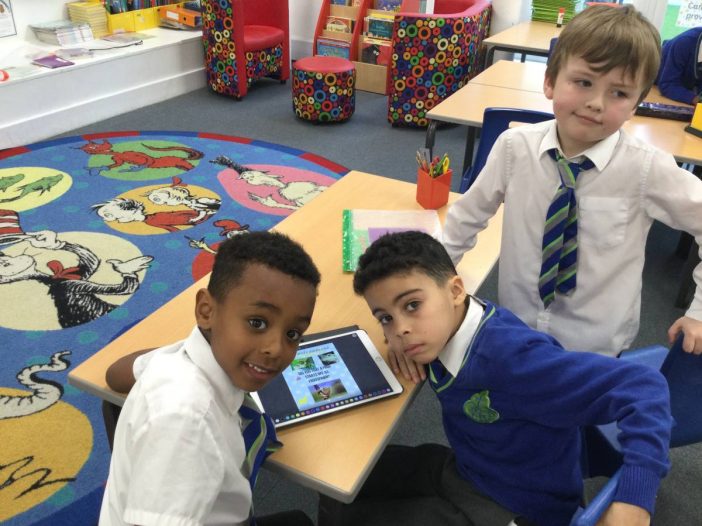
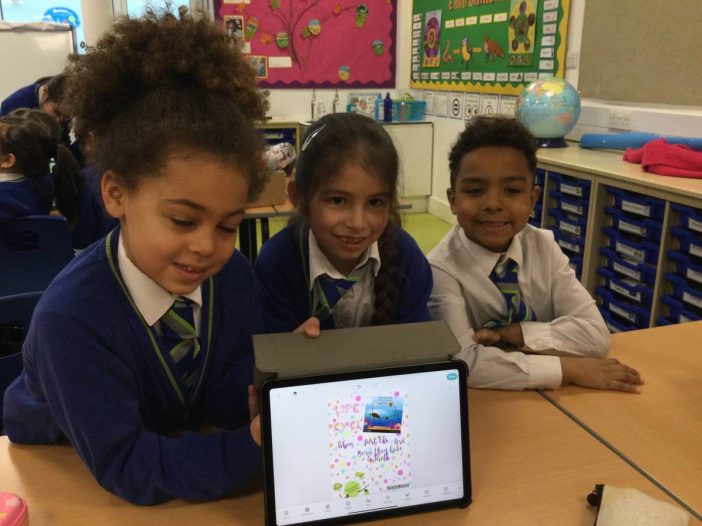
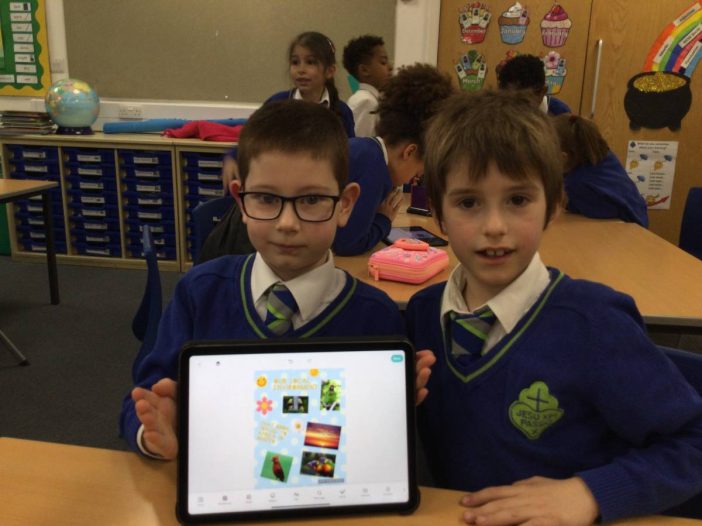

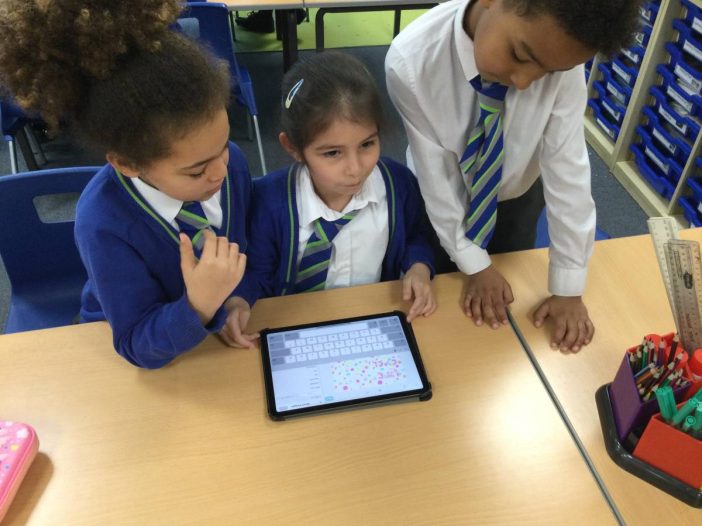
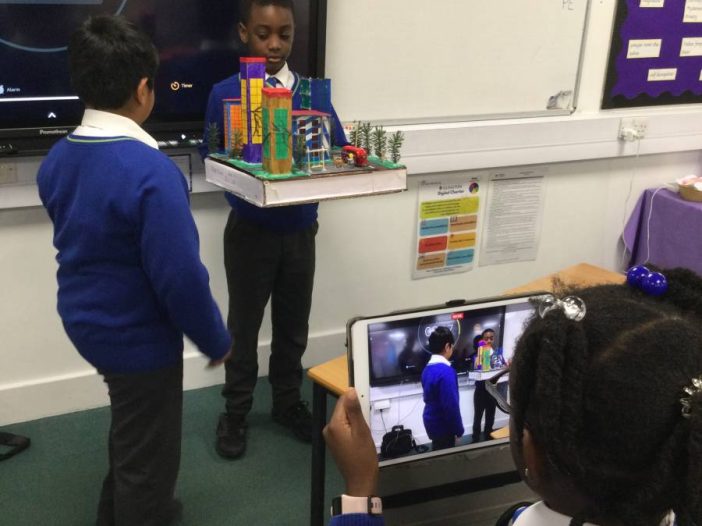
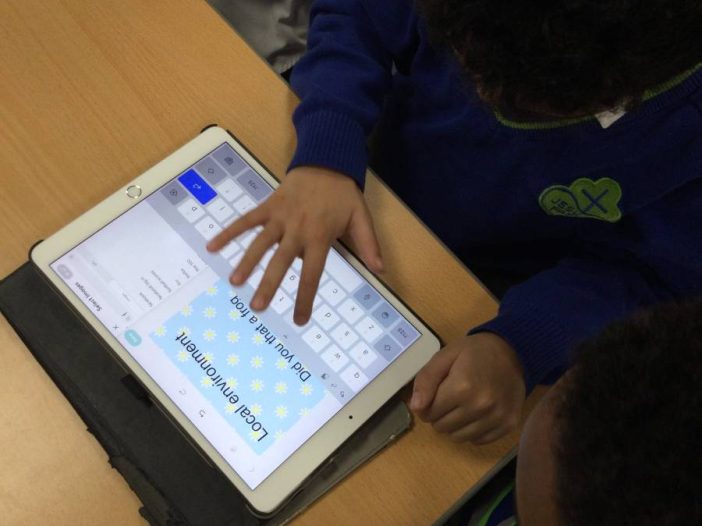
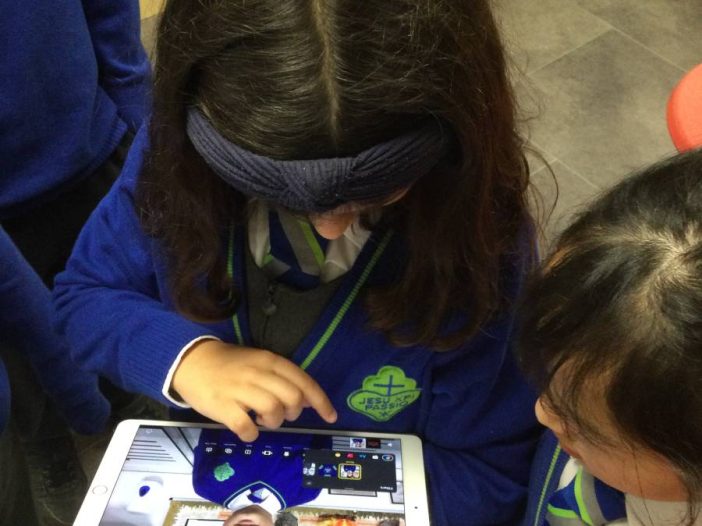
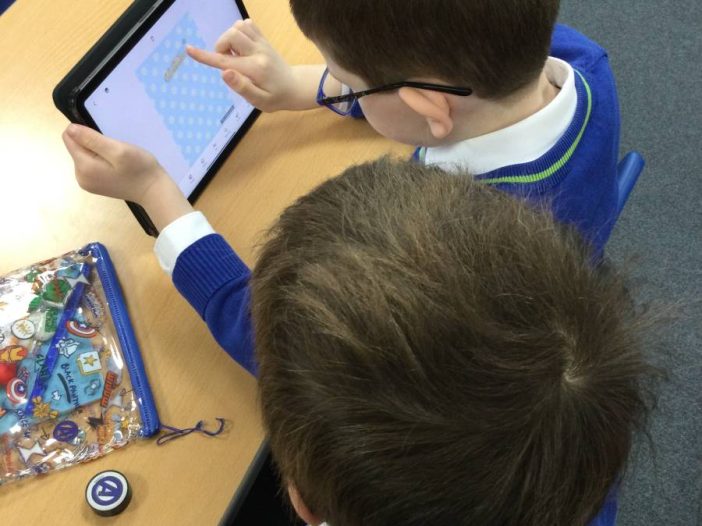
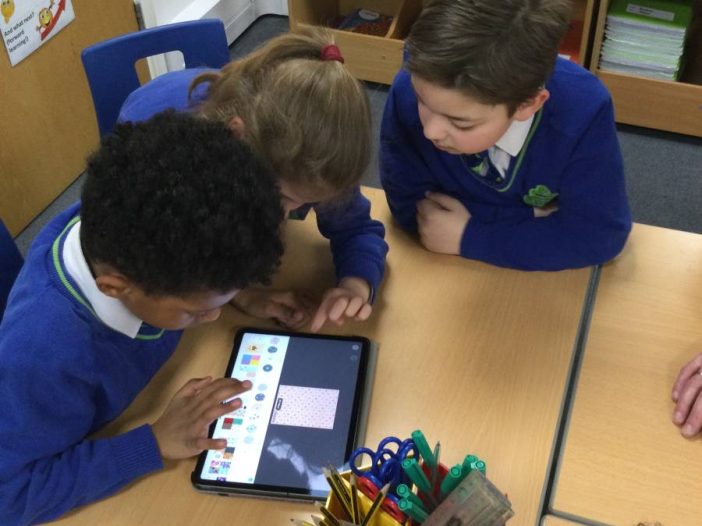
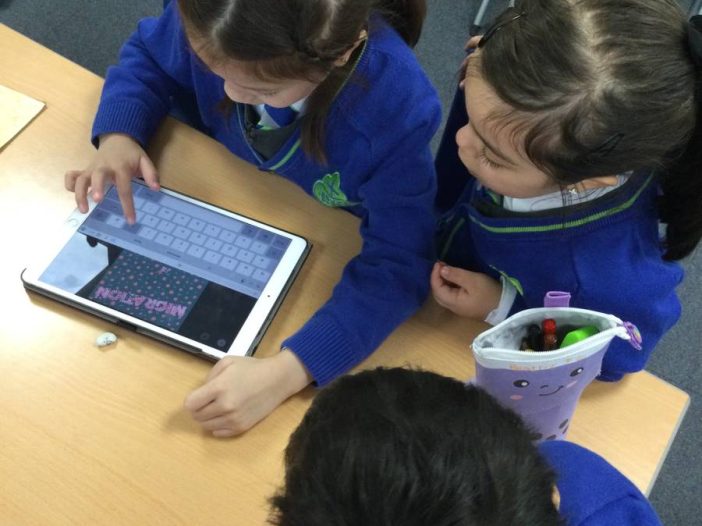
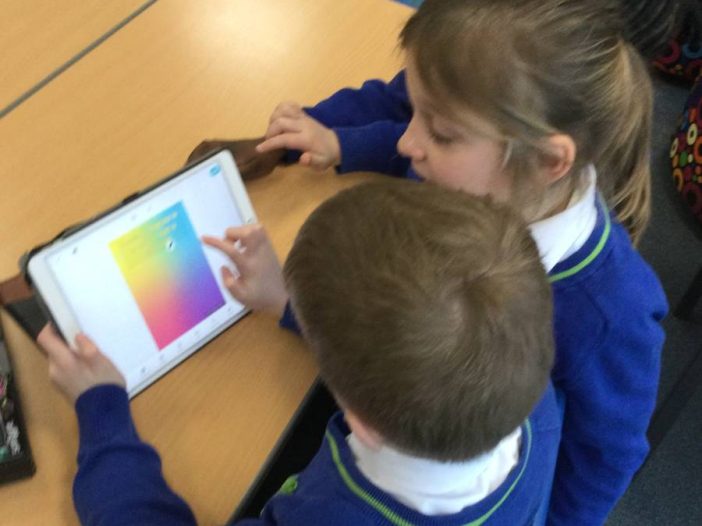
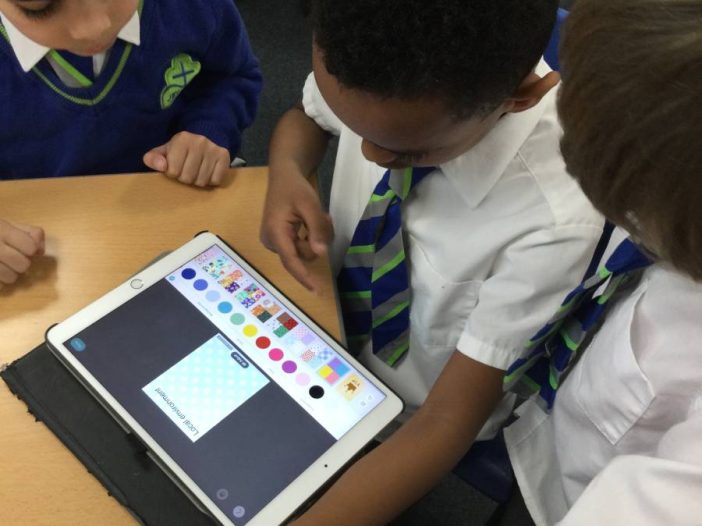
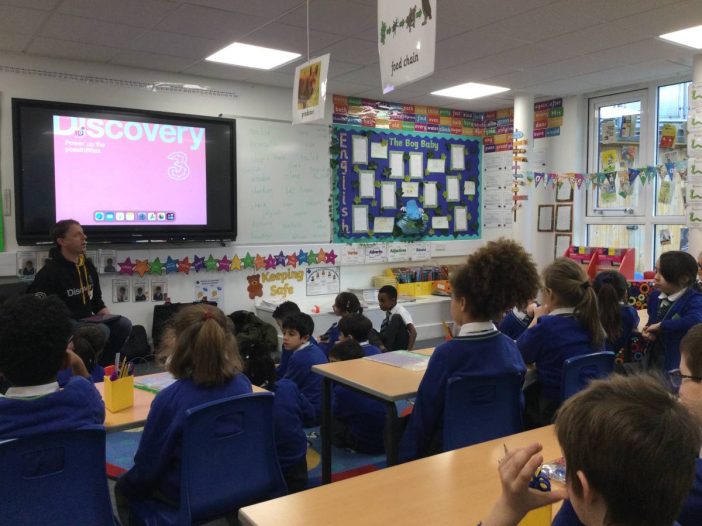
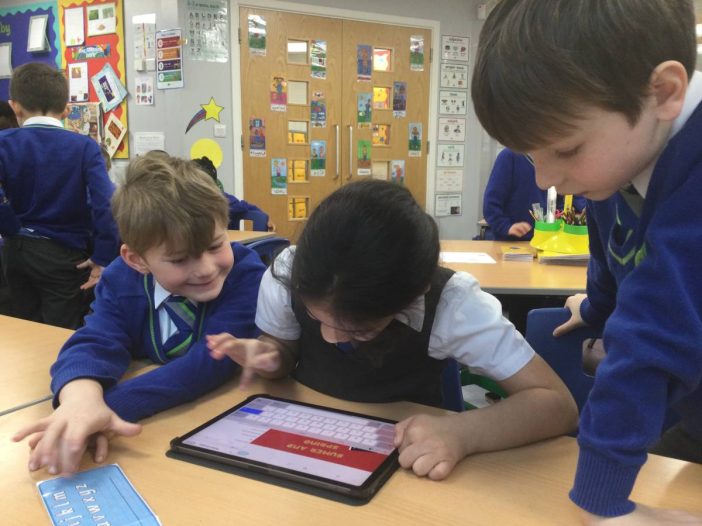
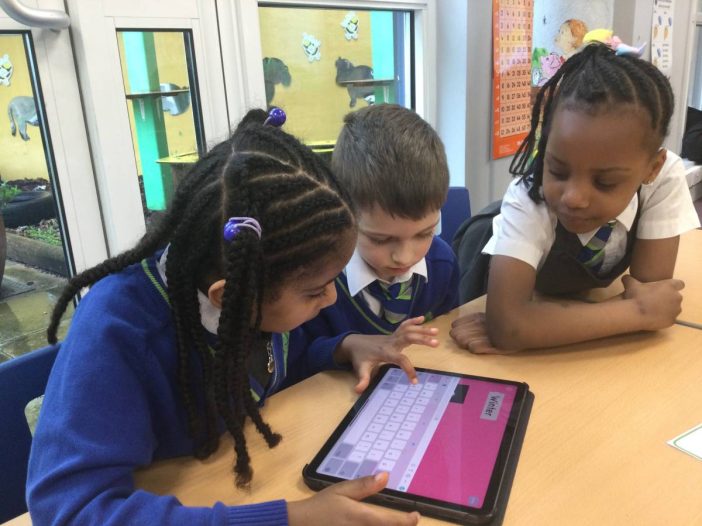
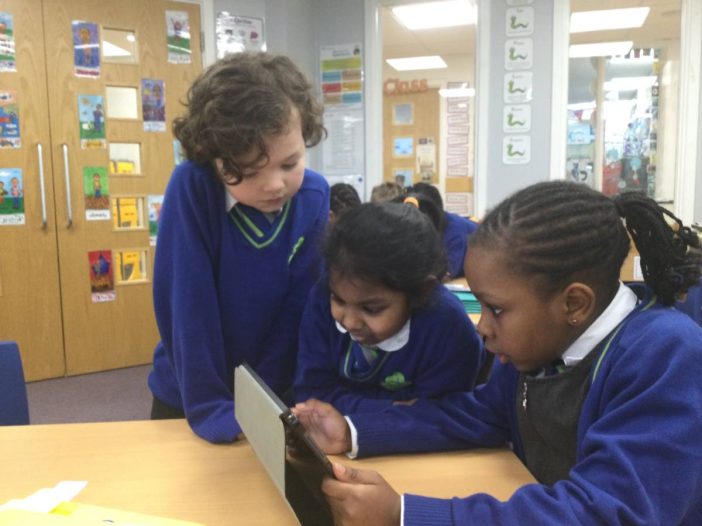
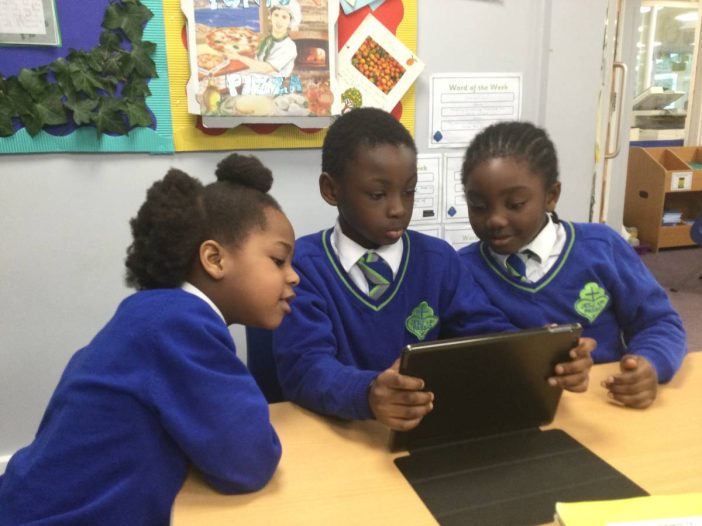
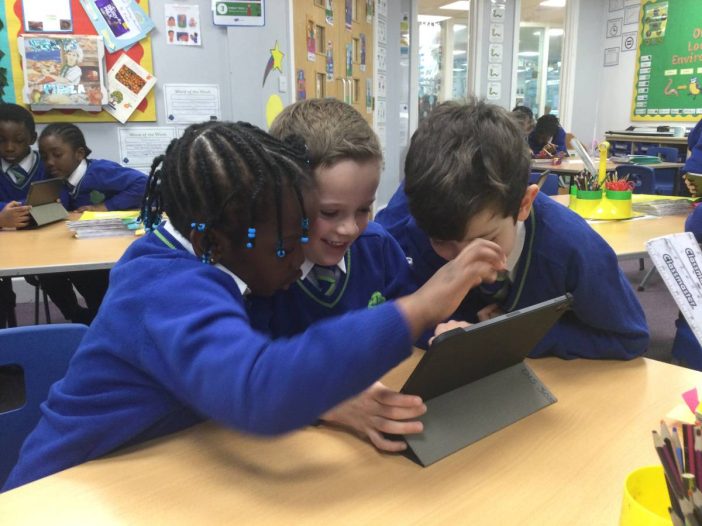


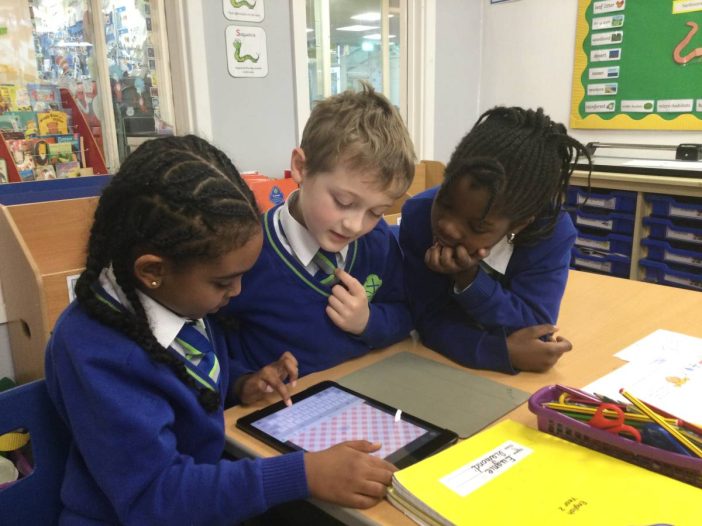
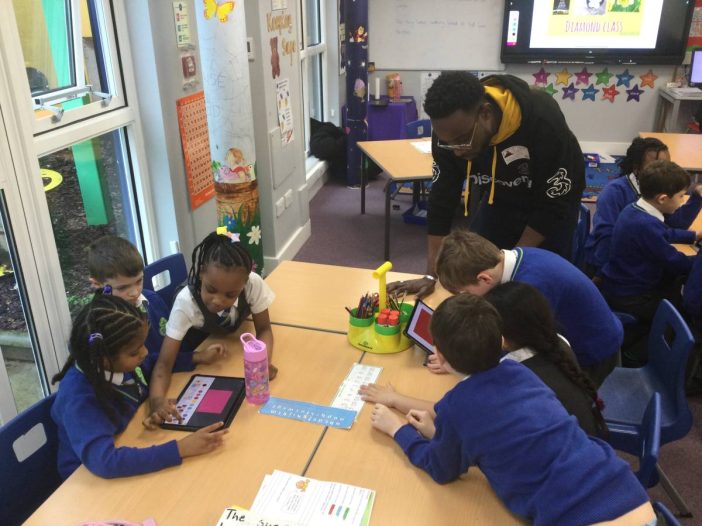
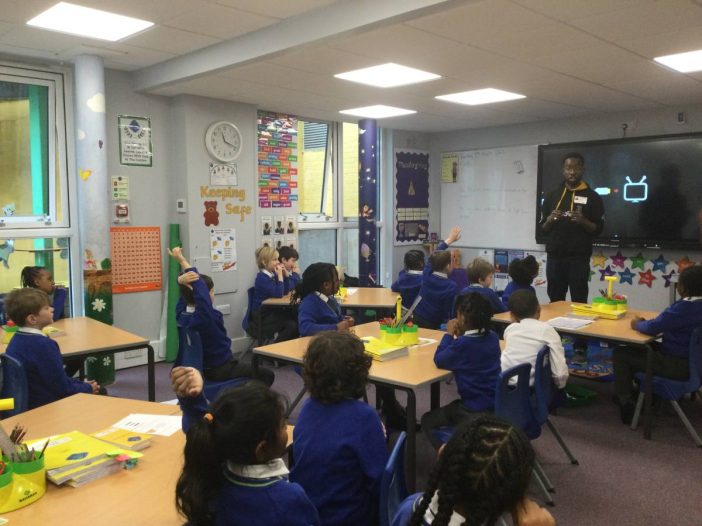
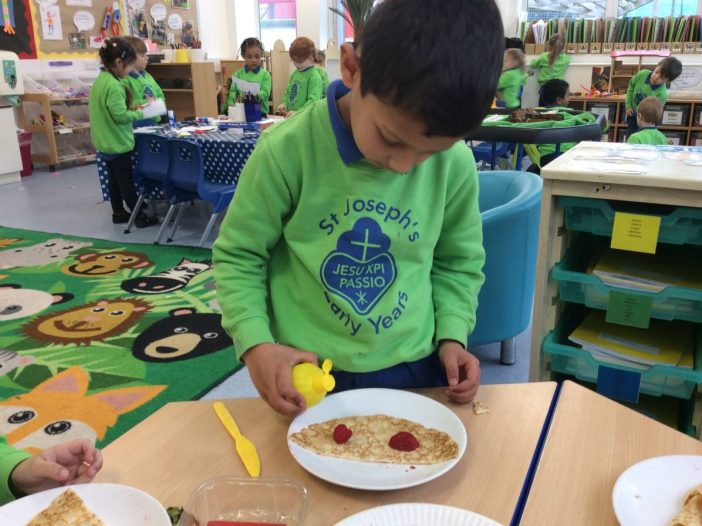
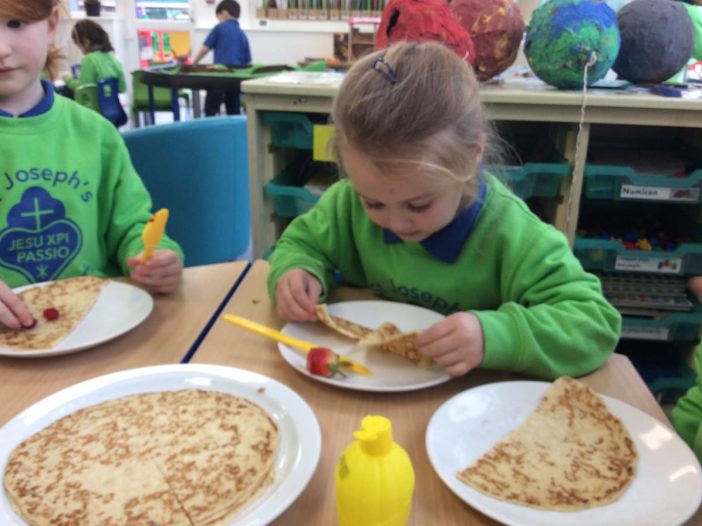
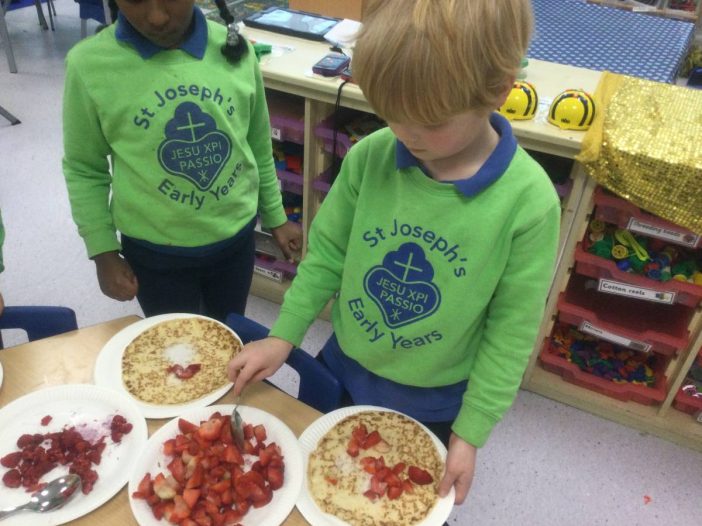
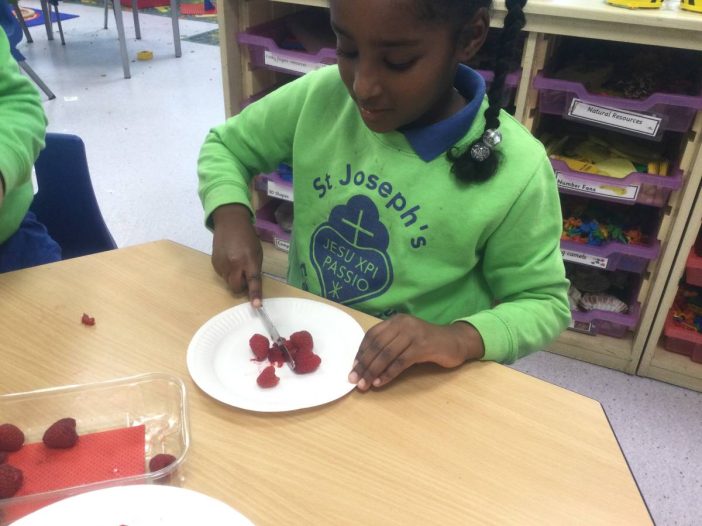
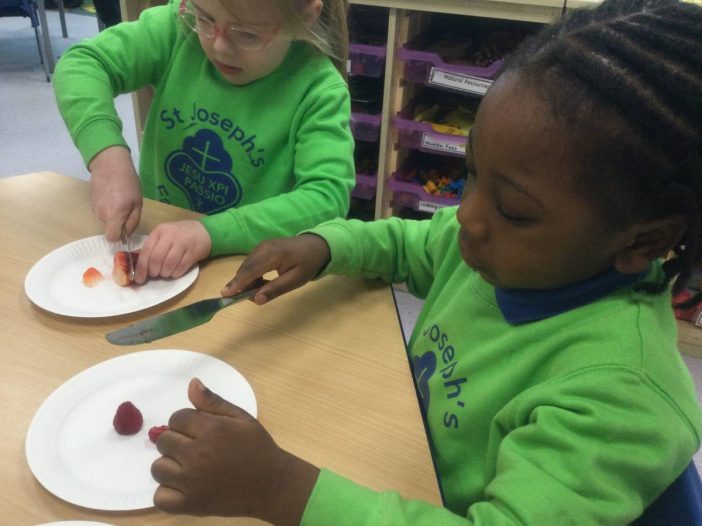
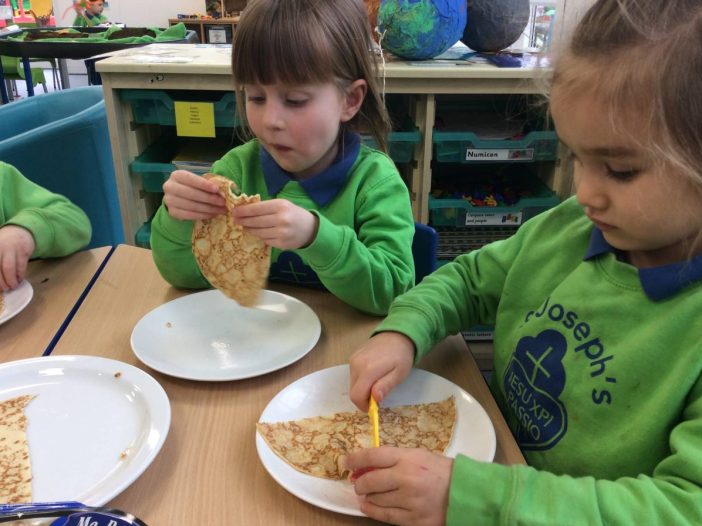
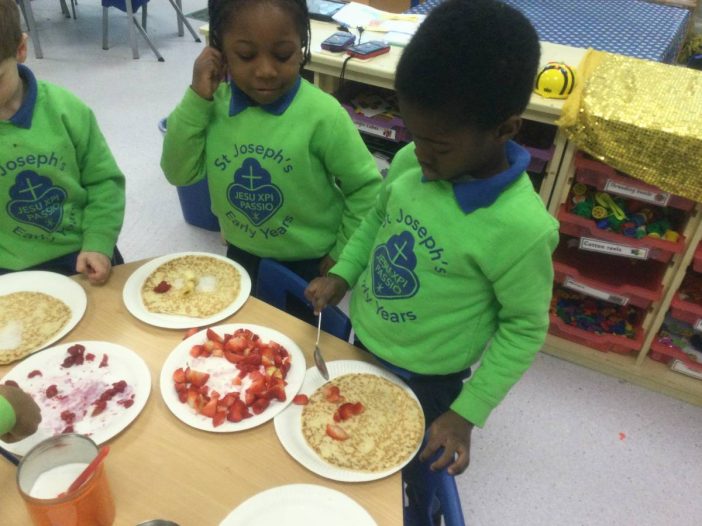
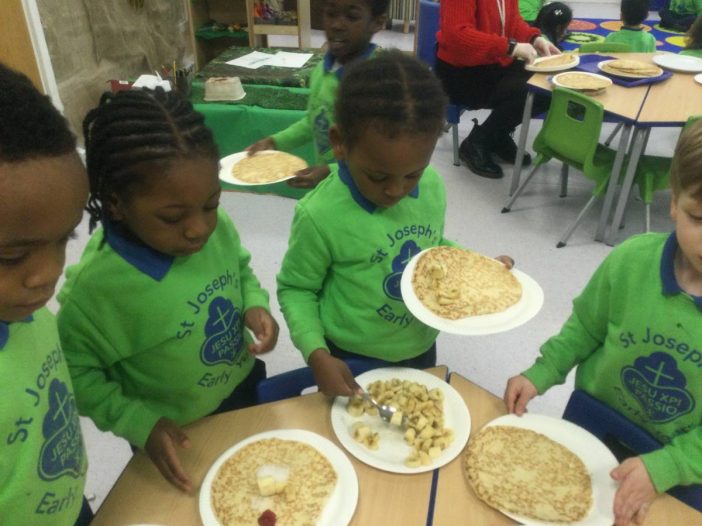
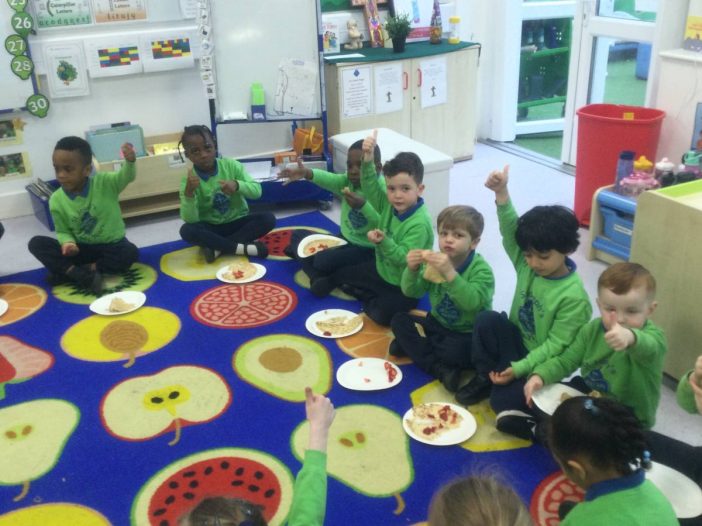
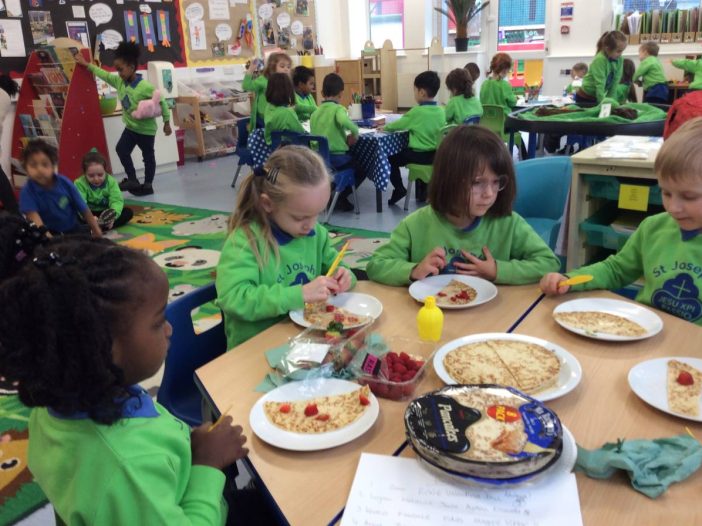
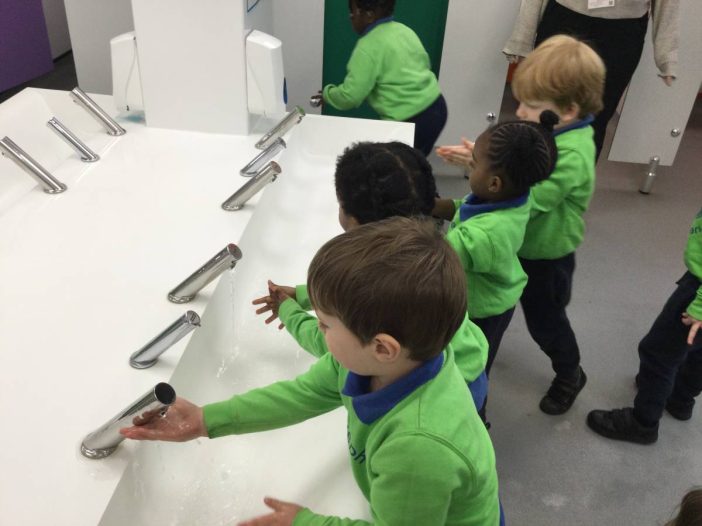
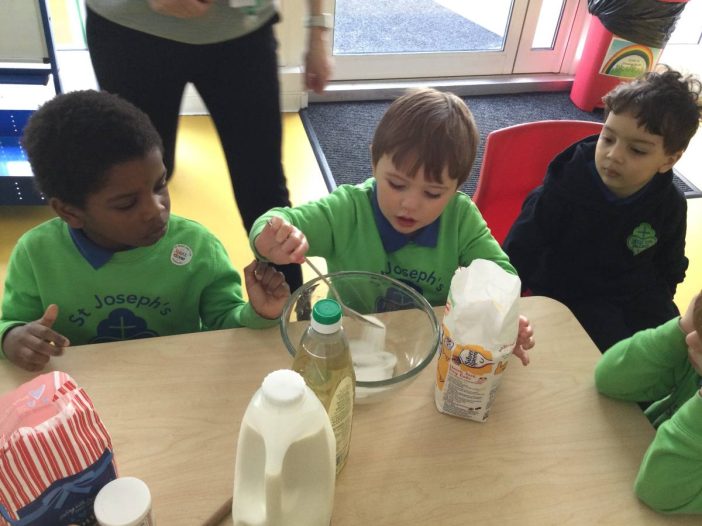
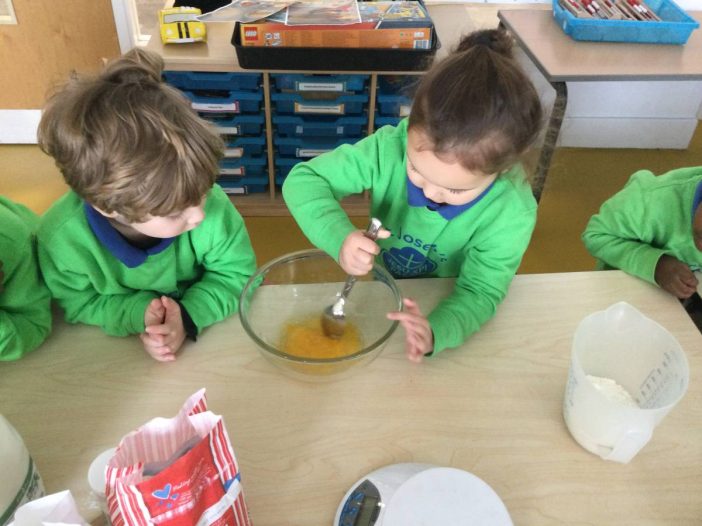
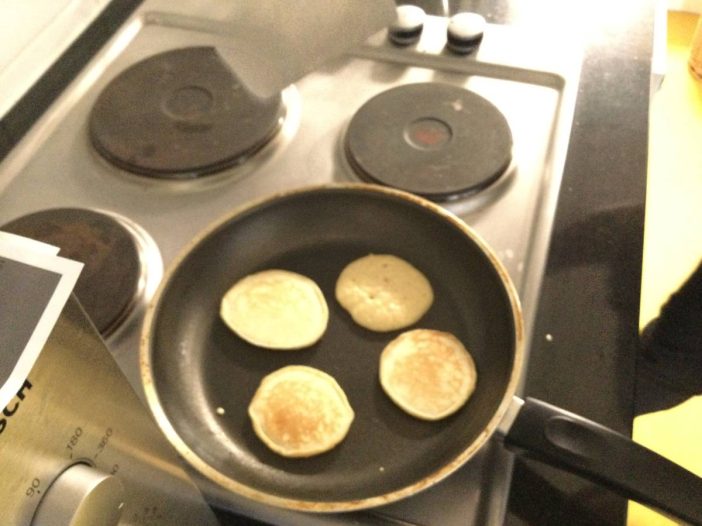

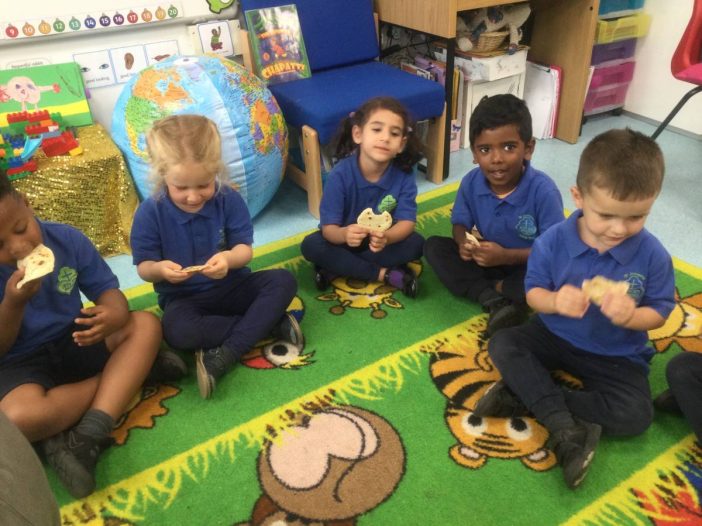
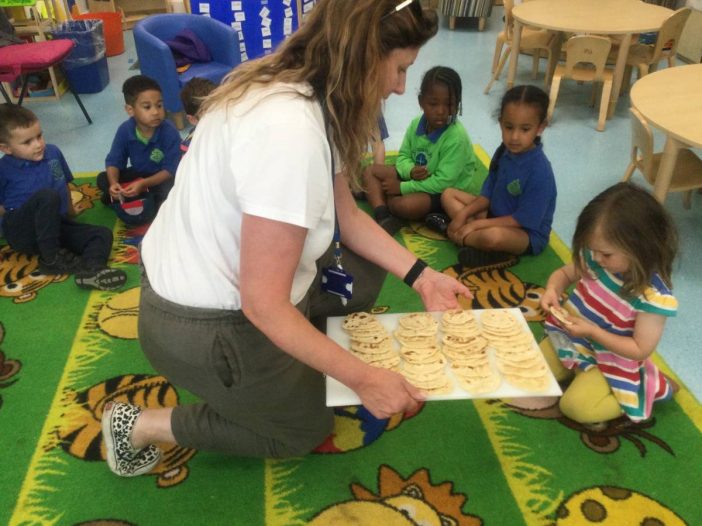
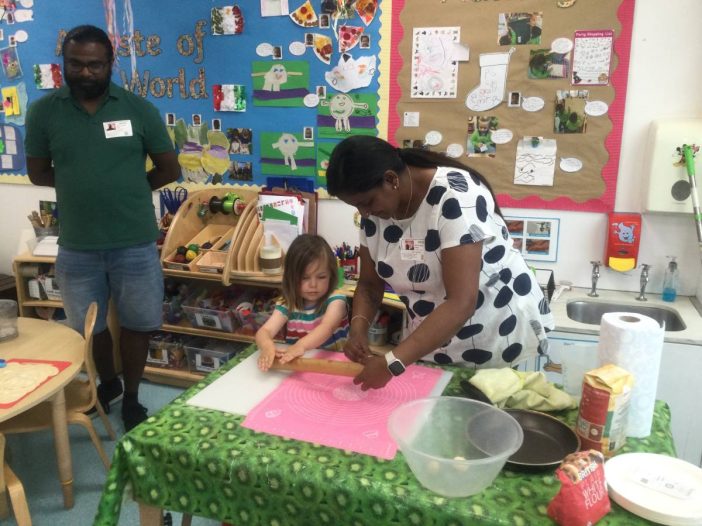
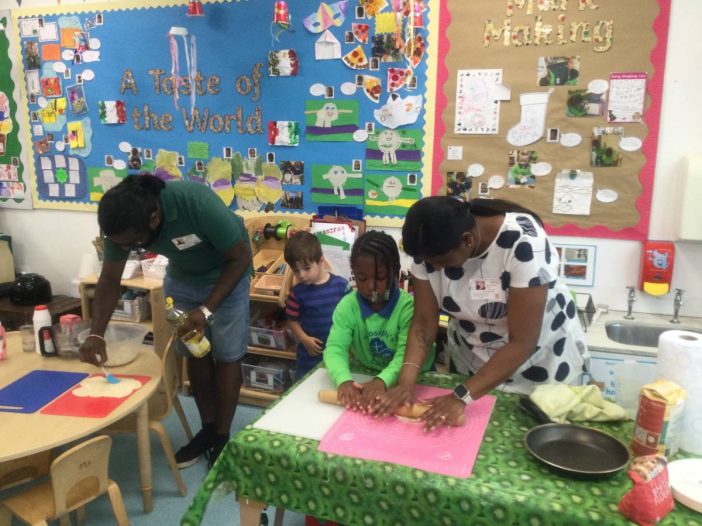
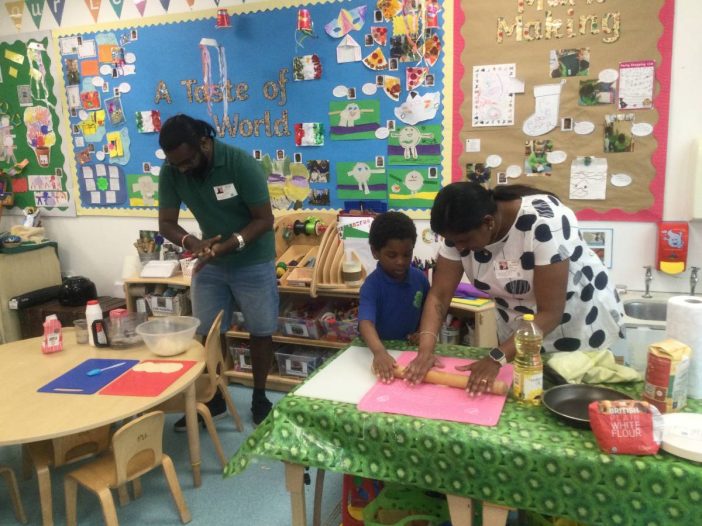
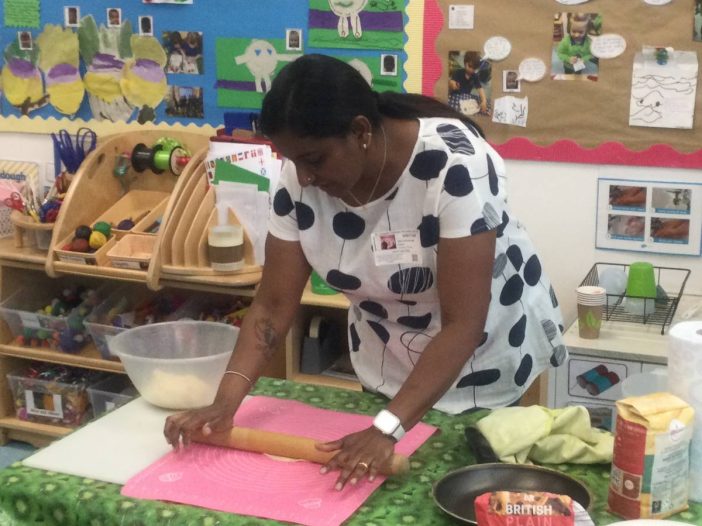
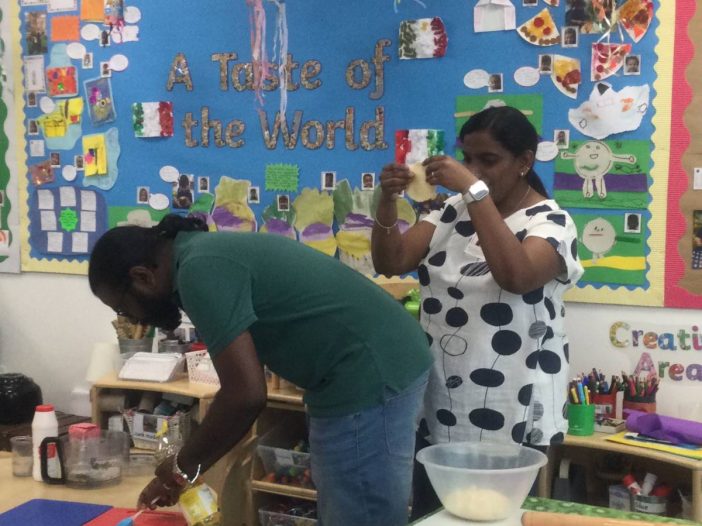
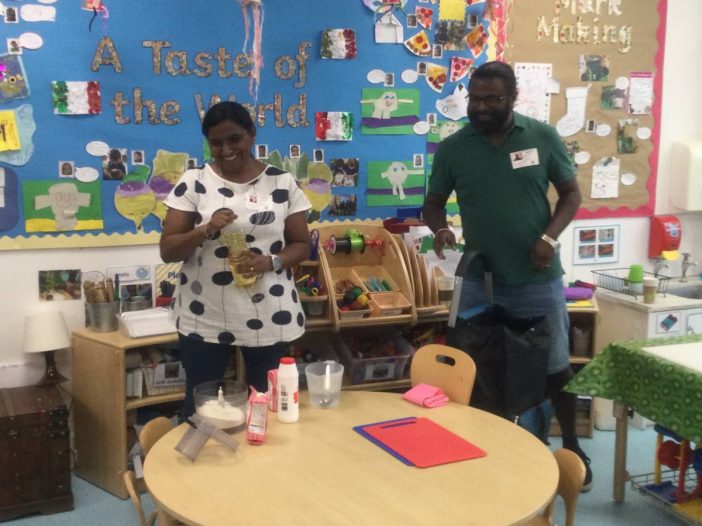
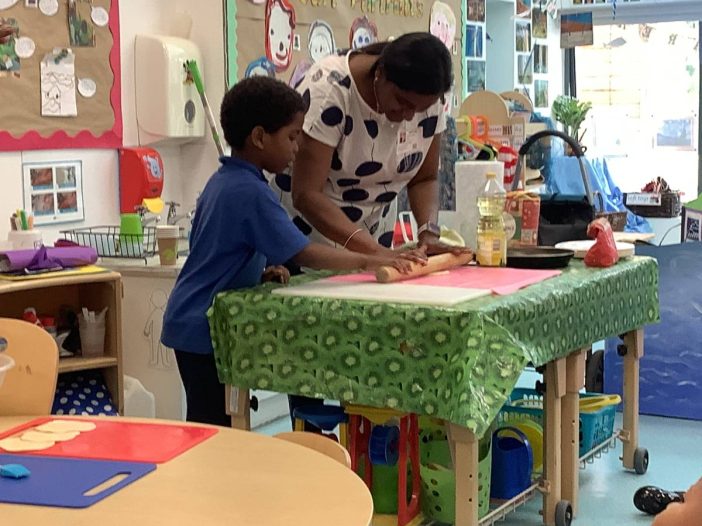
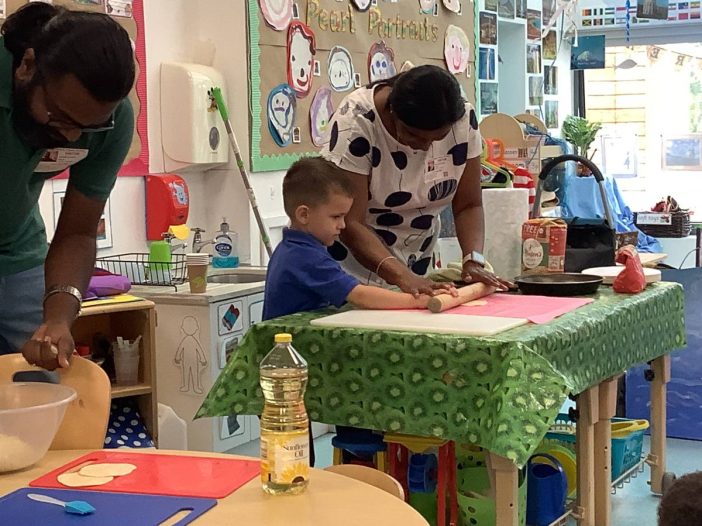
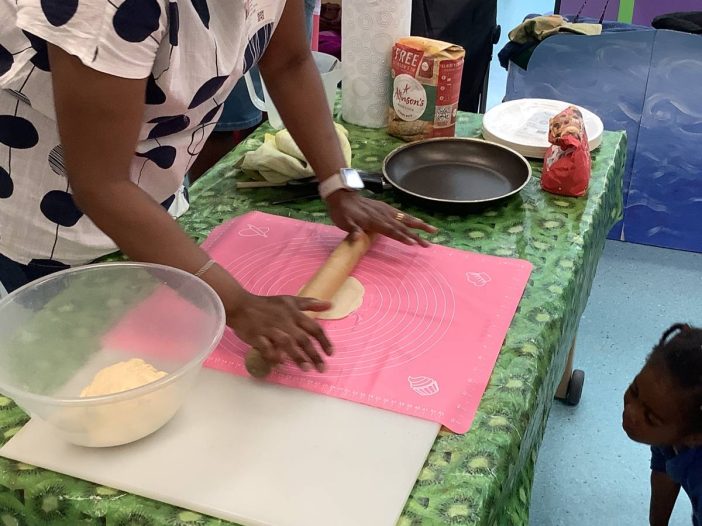
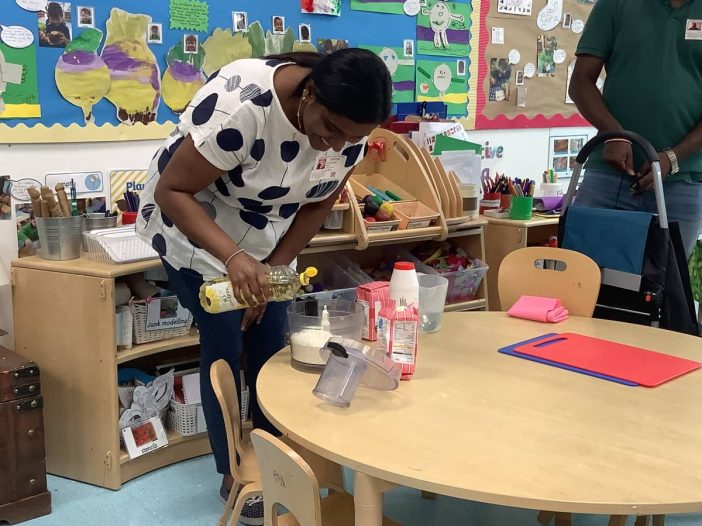
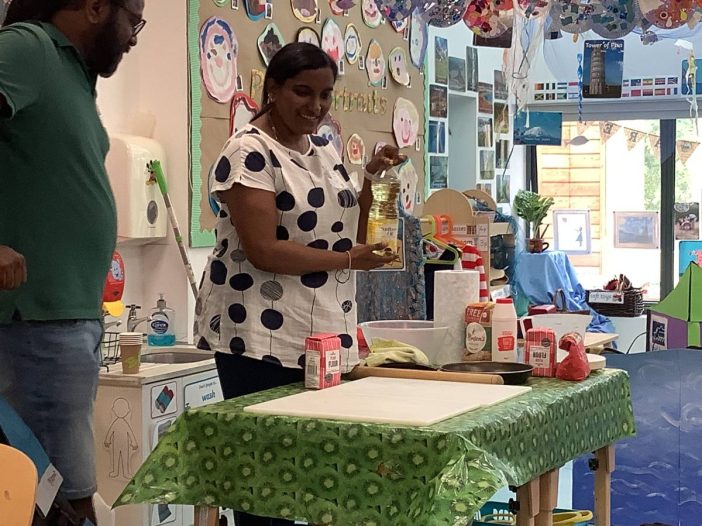
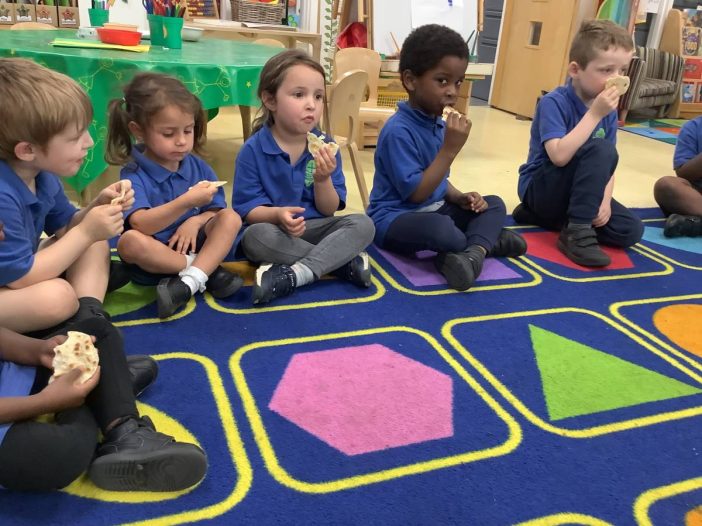
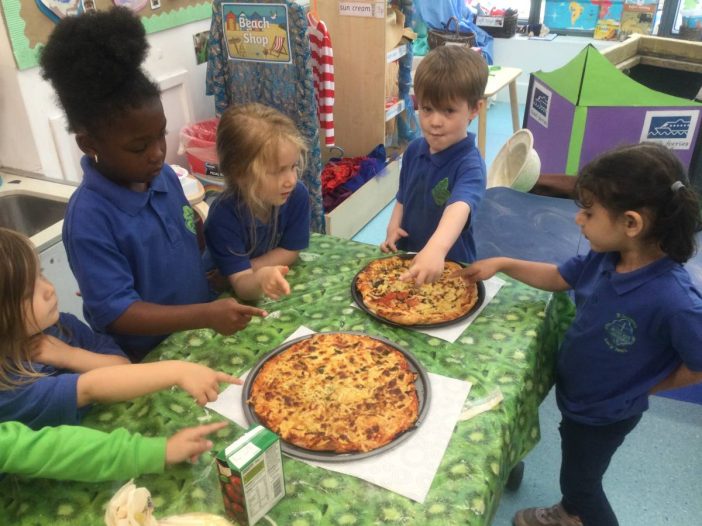
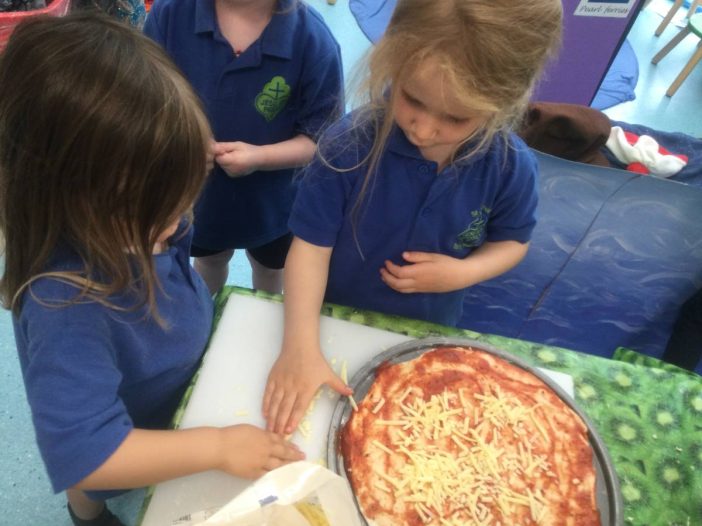
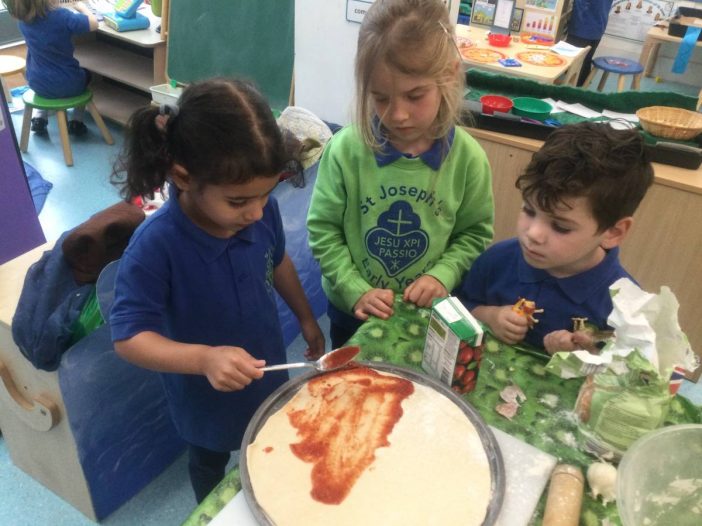
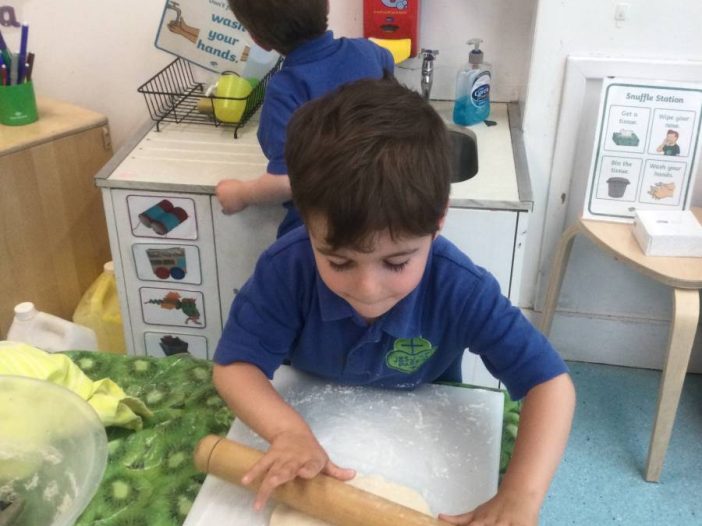
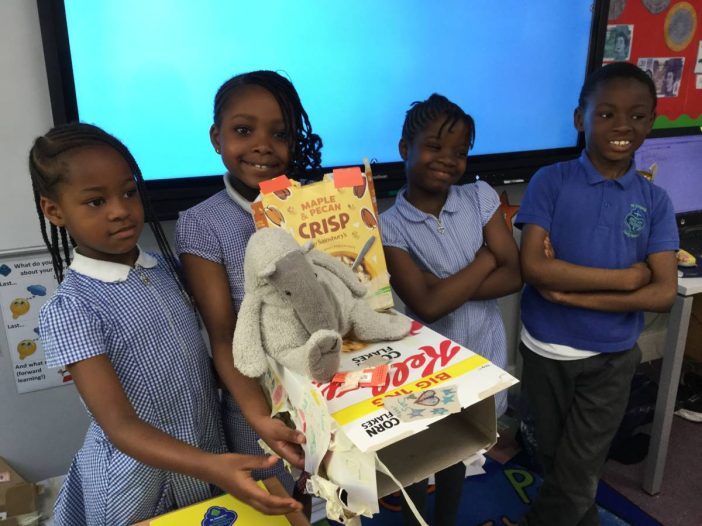
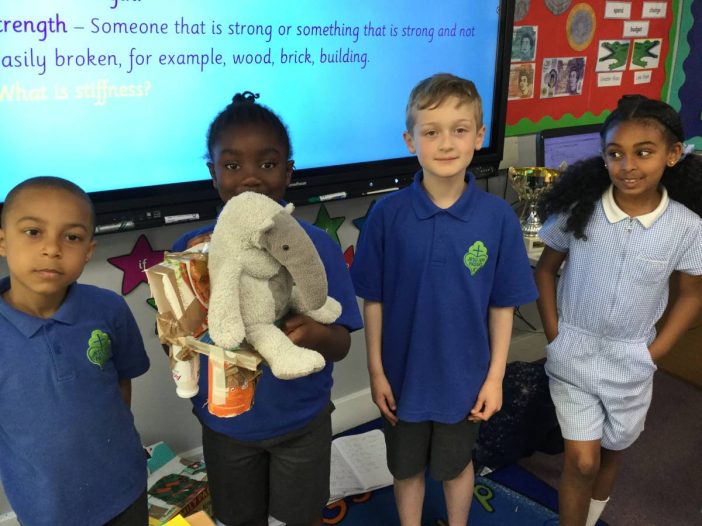
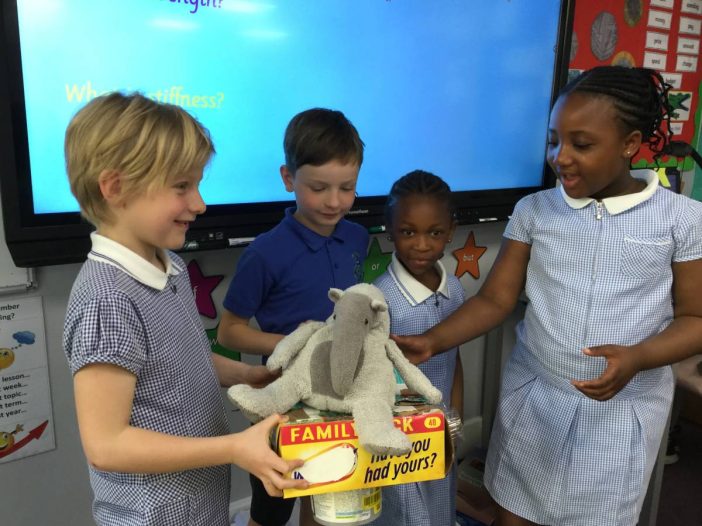
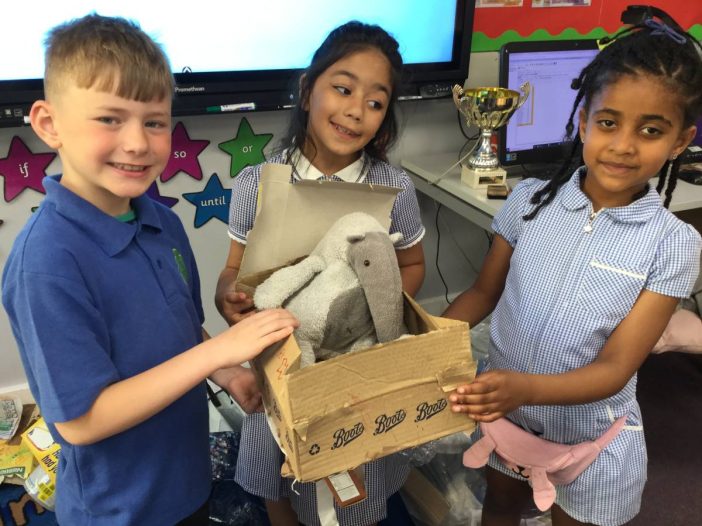
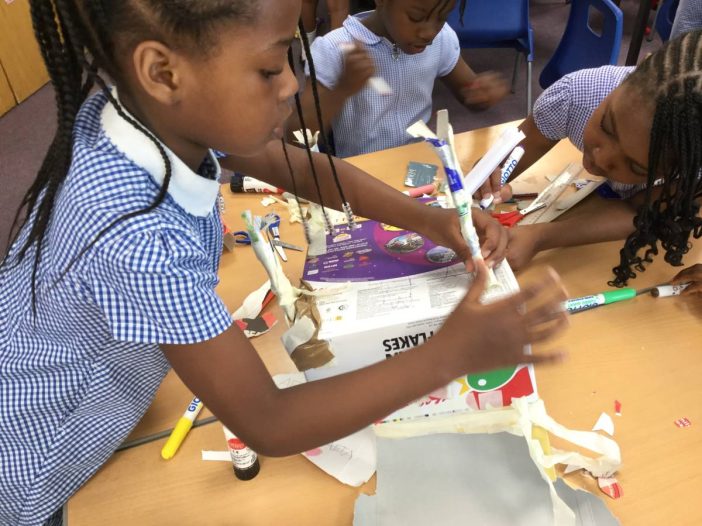
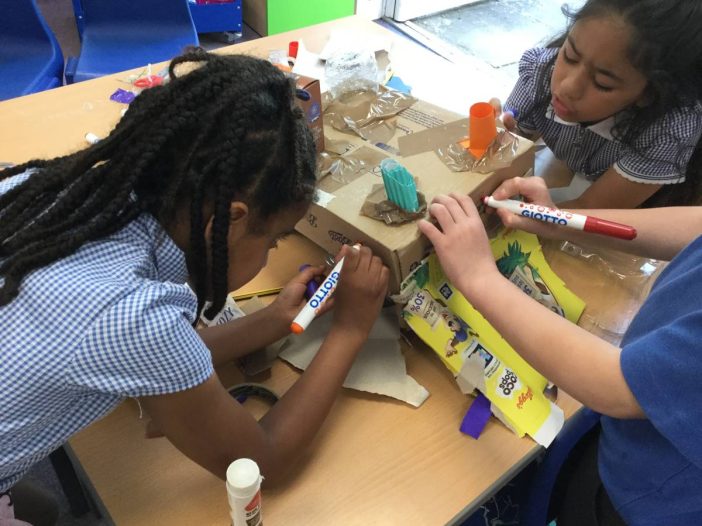
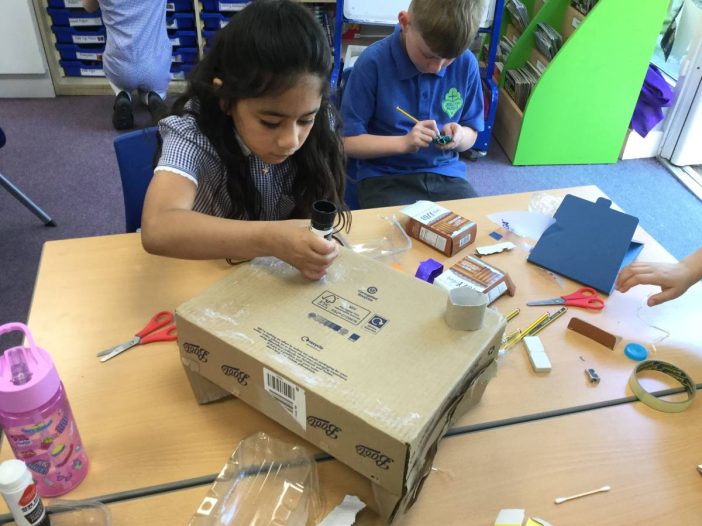
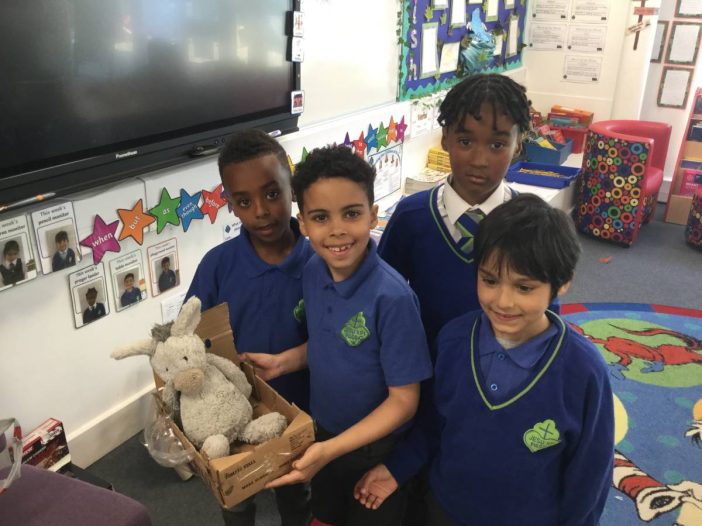
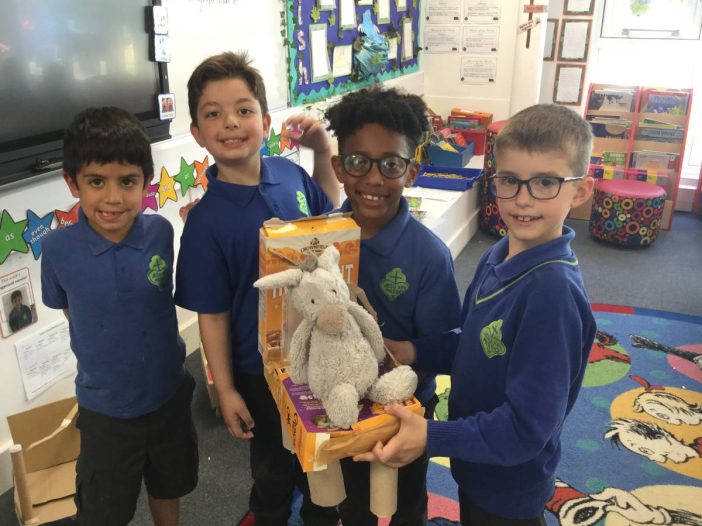
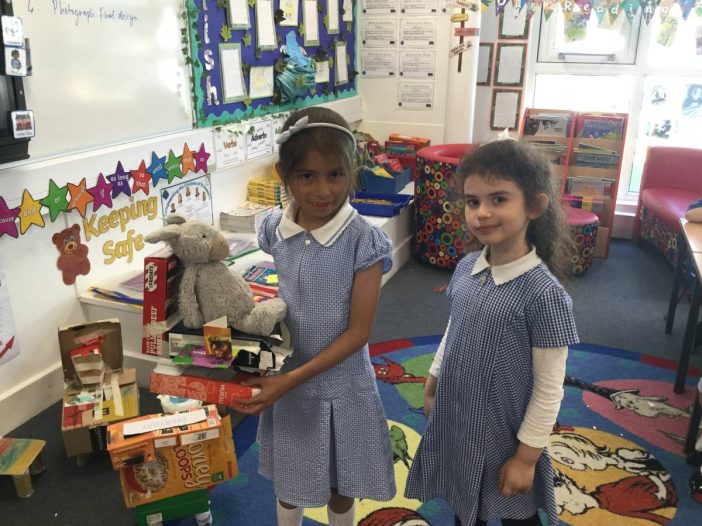

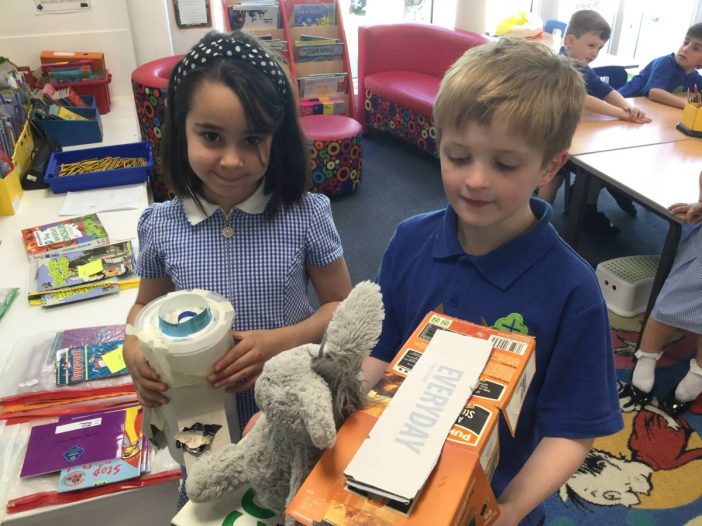

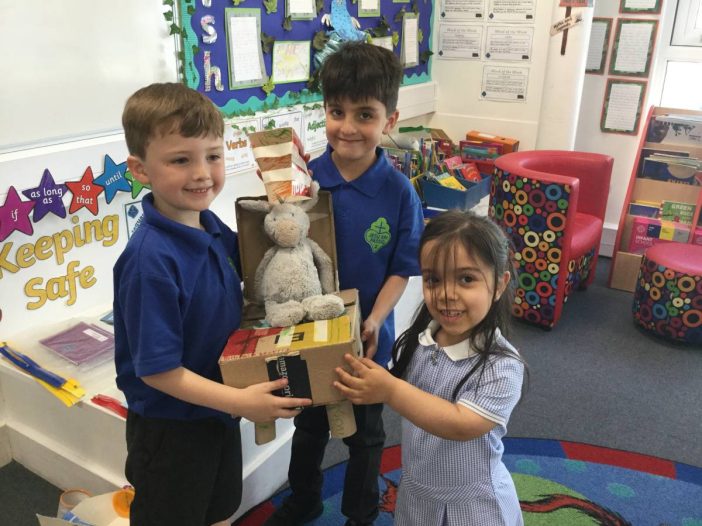


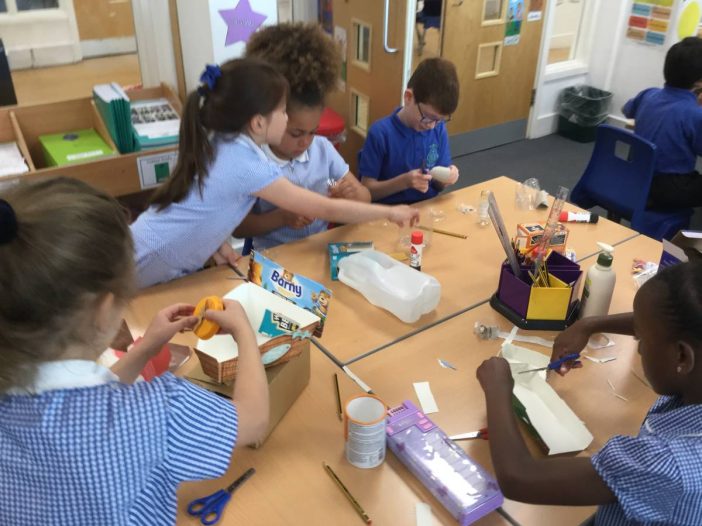
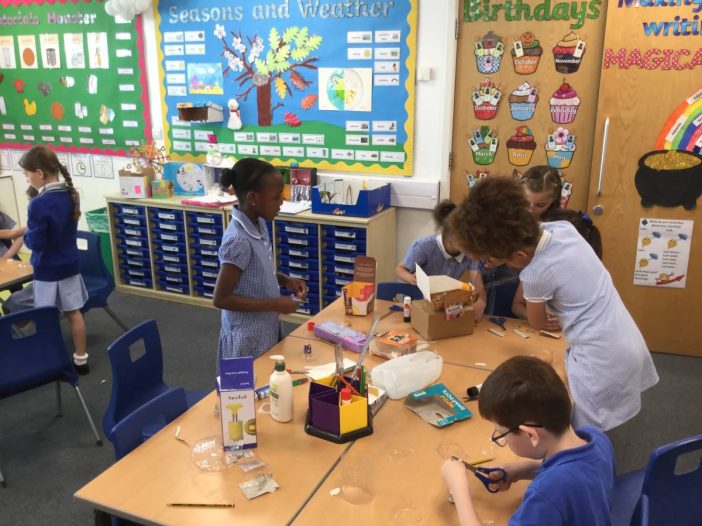

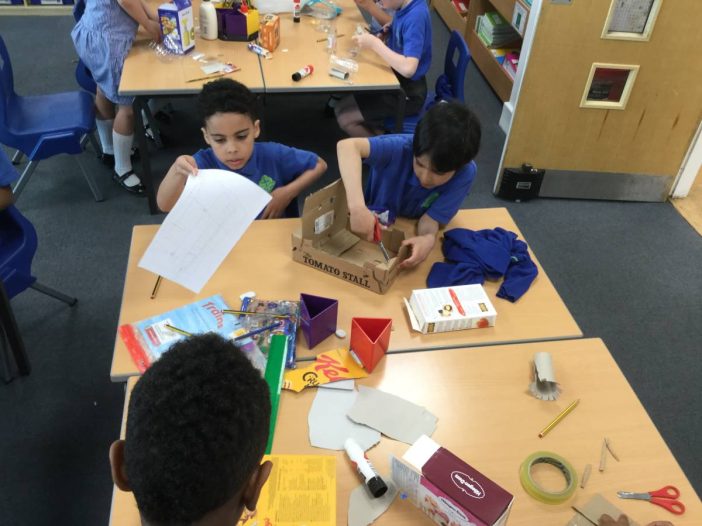
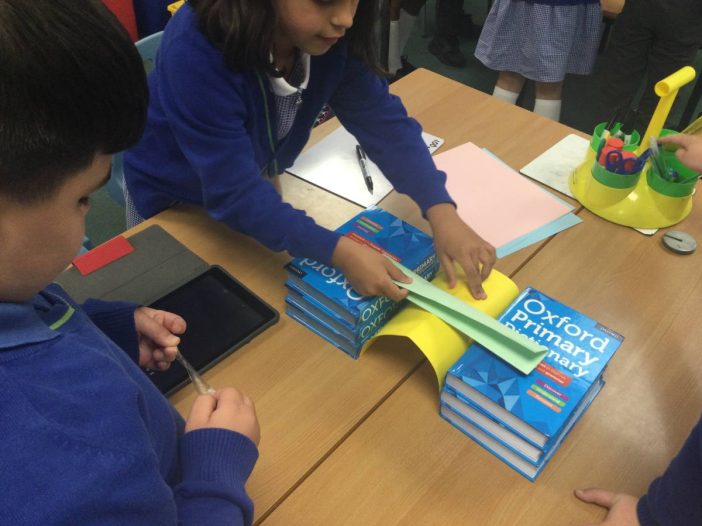
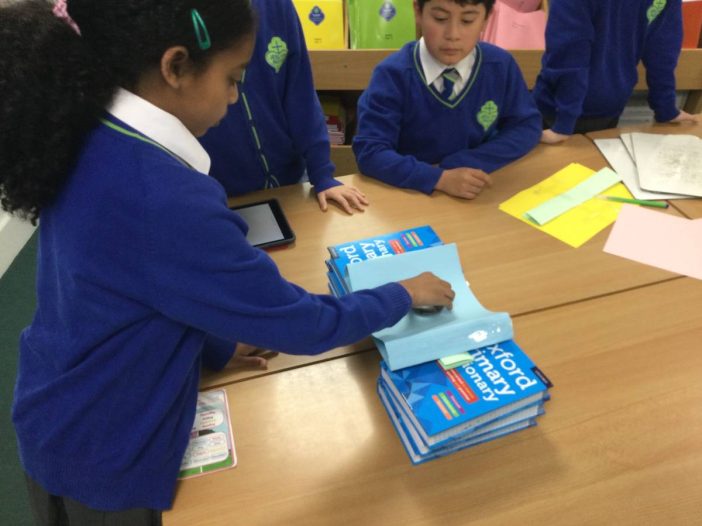
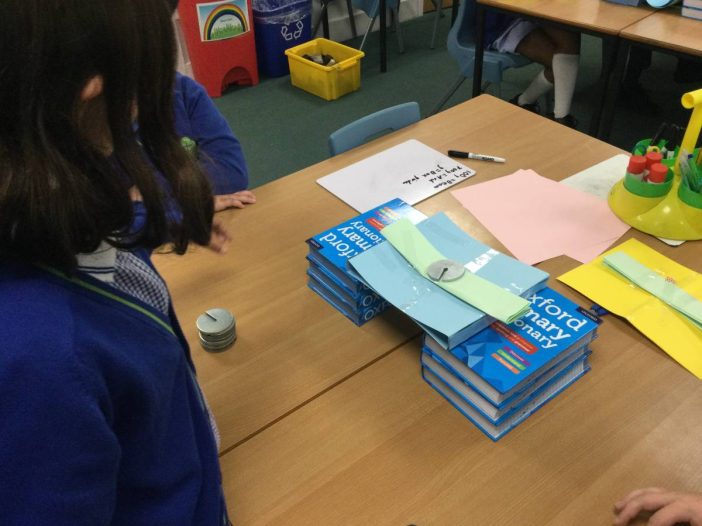
![IMG_2903[1]](https://st-josephs.islington.sch.uk/wp-content/uploads/2023/06/IMG_29031-702x526.jpg)
![IMG_2916[1]](https://st-josephs.islington.sch.uk/wp-content/uploads/2023/06/IMG_29161-702x526.jpg)
![IMG_2923[1]](https://st-josephs.islington.sch.uk/wp-content/uploads/2023/06/IMG_29231-702x526.jpg)
![IMG_2927[1]](https://st-josephs.islington.sch.uk/wp-content/uploads/2023/06/IMG_29271-702x526.jpg)
![IMG_2928[1]](https://st-josephs.islington.sch.uk/wp-content/uploads/2023/06/IMG_29281-702x526.jpg)
